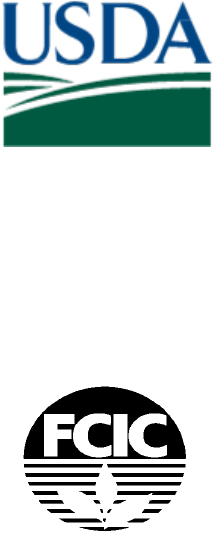
United States
Department of
Agriculture
INELIGIBLE
TRACKING
SYSTEM
HANDBOOK
2021 and Succeeding Crop Years
Federal Crop
Insurance
Corporation
FCIC-24050
(06-2020)
FCIC-24050-1h
(06-2021)
THIS PAGE IS INTENTIONALLY LEFT BLANK
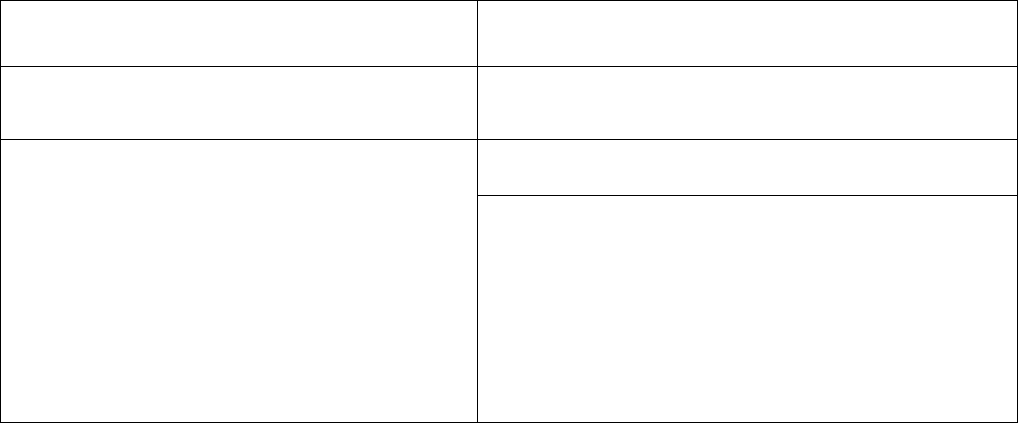
UNITED STATES DEPARTMENT OF AGRICULTURE
RISK MANAGEMENT AGENCY
KANSAS CITY, MISSOURI 64133
June 2021 FCIC 24050-1 TP-1
TITLE: 2021 INELIGIBLE TRACKING
SYSTEM HANDBOOK
NUMBER: FCIC 24050-1
EFFECTIVE DATE:
2021 and Succeeding Crop Years
ISSUE DATE: June 28, 2021
SUBJECT:
2021 Ineligible Tracking System Handbook
OPI: Product Administration and Standards
Division
APPROVED:
/s/ Richard Flournoy
Deputy Administrator for Product Management
REASON FOR ISSUANCE
This handbook provides the official FCIC standards and instructions for use in administering the
Ineligible Tracking System, provides procedures, instructions, and examples of notification letters
consistent with the amended regulations at 7 CFR Part 400, subpart U and in accordance with the
Standard Reinsurance Agreement for the 2021 and succeeding crop years.

June 2021 FCIC 24050-1 TP-2
SUMMARY OF CHANGES
The chart below identifies significant changes or modifications from prior issuances of the ITS
Handbook. Minor changes and corrections are not included in this listing.
REFERENCE
VERSION
DESCRIPTION OF ADDITIONS, DELETIONS, CHANGES OR
CLARIFICATIONS
Para. 1E
24050
Updated the debt.management@usda.gov e-mail address
Para. 351
24050
Added requirement to CC: the insured’s agent on AIP ineligibility
notification
Para. 414
24050
Added notification of payments during written payment agreement
Para. 414-417
24050
Renumbered paragraphs
Para. 416D
24050
Added language for 15-day grace period for previously executed
payment agreements
Part 5
24050
Section 1 header added LRP-Fed, Feeder and Swine (2021 and
subsequent). Section 3 header added Lamb behind LRP and LRP-Fed,
Feeder and Swine (2020 or prior)
Part 5-
Section 1
24050-1
Section 1 header added (2021 or prior) after DRP and added Section
1.1 for 2022 DRP which uses cancellation date instead of sales closing
date as the effective date for termination.
Para. 601
24050
Added criteria for when a policy would be voided for dismissal of a
bankruptcy petition before discharge occurs for LRP-Lamb and LRP-
Fed, Feeder and Swine (2020 or prior). Additionally, added the
following policy to when a dismissal of a bankruptcy petition before
discharge occurs results in termination, not voidance, LRP-Fed,
Feeder and Swine (2021 and subsequent)
Para. 603
24050
Changed subparagraph C(3) to LRP-Lamb and LRP-Fed, Feeder and
Swine (2020 or prior) and subparagraph C(4) to DRP and LRP-Fed,
Feeder and Swine (2021 and subsequent)
Exhibits 3-4
24050
Added Written Request Waiver Letter Examples
Exhibits 5-6
24050
Added CC: for insured’s agent
Exhibit 7
24050
Moved Written Payment Agreement example here. Modified to
remove statement “These payments are to be made by me(us) without
regular billings from the AIP.”
Exhibit 8
24050
Added Written Payment Agreement Notification example

June 2021 FCIC 24050-1 TP-3
CONTROL CHART
TP Page(s)
TC Page(s)
Text Pages
Exhibits
Date
Directive Number
Remove
1-2
1-4
49-50
June 2020
FCIC 24050
Insert
1-4
1-4
49-50.2
June 2021
FCIC 24050-1
Current
1-4
1-4
June 2021
FCIC 24050-1
1-48
June 2020
FCIC 24050
49-50.2
June 2021
FCIC 24050-1
51-62
63-80
June 2020
FCIC 24050
FILING INSTRUCTIONS
This directive is effective on the date issued and will remain in effect until superseded or slip-sheeted.
RMA will amend this directive to administer programs reinsured by FCIC under authority of the
Federal Crop Insurance Act, 7 U.S.C. 1502 et. seq. FCIC-24050 Ineligible Tracking System
Handbook issued June 29, 2019, is superseded by this directive.
June 2021 FCIC 24050-1 TP-4
THIS PAGE IS INTENTIONALLY LEFT BLANK
TABLE OF CONTENTS
June 2021 FCIC 24050-1 TC-1
PART 1 GENERAL INFORMATION AND RESPONSIBILITIES ................................................. 1
1 General Information ...................................................................................................................... 1
2 Acronyms and Definitions ............................................................................................................ 3
3 Title VI of the Civil Rights Act of 1964 ....................................................................................... 3
4 The Privacy Act of 1974 ............................................................................................................... 3
5 Responsibilities ............................................................................................................................. 4
6 Maintaining Supporting Documentation ...................................................................................... 6
7-200 (Reserved) .................................................................................................................................. 6
PART 2 ITS, REPORTING, ADMINISTRATION AND MAINTENANCE ................................... 7
201 Ineligible Tracking System ....................................................................................................... 7
202 Transmitting Records to ITS .................................................................................................... 7
203 Deleting Incorrect Records ....................................................................................................... 8
204-300 (Reserved) .............................................................................................................................. 8
PART 3 INELIGIBILITY ..................................................................................................................... 9
Section 1: Criteria ................................................................................................................................... 9
301 Ineligible Persons ...................................................................................................................... 9
302 Verification of Eligibility Status ............................................................................................. 12
303-310 (Reserved) ............................................................................................................................ 12
Section 2: Ineligibility Determination ................................................................................................. 13
311 Effect of Ineligibility .............................................................................................................. 13
312 Basis for Ineligibility Determination ...................................................................................... 13
313 Ineligibility Effective Dates .................................................................................................... 15
314 Time Period of Ineligibility .................................................................................................... 19
315-320 (Reserved) ............................................................................................................................ 20
Section 3: Ineligible Person Types ....................................................................................................... 21
321 Overview ................................................................................................................................. 21
322 Individuals .............................................................................................................................. 21
323 Spouses and Minors ................................................................................................................ 21
324 Landlords/Tenants .................................................................................................................. 22
325 Transferors/Transferees .......................................................................................................... 23
326 General Partnerships, Joint Ventures, Limited Partnerships, Limited Liability Partnerships,
and Limited Liability Companies ....................................................................................................... 23
327 Association, Estate, Trust, Corporation, or Other Similar Entity ........................................... 25
328 Estates and Trusts Administration .......................................................................................... 27
329 Entities Created to Conceal or Evade Ineligibility ................................................................. 28
330-350 (Reserved) ............................................................................................................................ 28
Section 4: Notification and Certification ............................................................................................ 29
351 AIP Ineligibility Notification for a Debt ................................................................................ 29
352 AIP Notification for Disqualification, Suspension, Debarment, or Conviction ..................... 31
353 AIP Certifying Records to RMA ............................................................................................ 31
354 RMA Actions Upon Receipt of Information of Ineligibility .................................................. 32
355-400 (Reserved) ............................................................................................................................ 32

TABLE OF CONTENTS
June 2021 FCIC 24050-1 TC-2
PART 4 MAINTAINING, REGAINING, AND REINSTATING ELIGIBILITY ......................... 33
Section 1: Reviews and NAD Appeals ................................................................................................. 33
401 Reviews Before Certification as Ineligible ............................................................................. 33
402 Reviews After Certification as Ineligible ............................................................................... 33
403 NAD Appeal Requirements .................................................................................................... 33
404 Impacts of NAD Appeal ......................................................................................................... 34
405-410 (Reserved) ............................................................................................................................ 34
Section 2: Written Payment Agreements ........................................................................................... 35
411 Purpose ................................................................................................................................... 35
412 Requirements and Modifications ............................................................................................ 35
413 Timing and Signature ............................................................................................................. 36
414 Notifications of Payments Due during a Written Payment Agreement .................................. 36
415 Failure to Make Payments Timely .......................................................................................... 37
416 Written Payment Agreement and AIP Authorized Reinstatement ......................................... 37
417 ITS Transmissions and Written Payment Agreements ........................................................... 39
418-425 (Reserved) ............................................................................................................................ 40
Section 3: RMA Administrator and AIP Authorized Reinstatement .............................................. 41
426 Late Payment of Debt Authority............................................................................................. 41
427 AIP Authorized Reinstatement ............................................................................................... 41
428-450 Reserved ............................................................................................................................... 41
Section 4: Bankruptcy .......................................................................................................................... 42
451 General .................................................................................................................................... 42
452 Filing of Bankruptcy Petition and Ineligibility Determinations ............................................. 42
453 Bankruptcy Discharge ............................................................................................................ 43
454 Bankruptcy Dismissal ............................................................................................................. 43
455 ITS Transmissions for Bankruptcy Filings, Dismissals, and Discharges ............................... 43
456-460 (Reserved) ............................................................................................................................ 45
Section 5: Regaining, Reestablishing, and Reinstating Eligibility ................................................... 46
461 Regaining Eligibility After a Period of Ineligibility ............................................................... 46
462 Criteria for Retaining, Regaining, Reestablishing, and Reinstating Eligibility ...................... 46
463 Debt Write-Off Authority to Retain or Reinstate Eligibility .................................................. 46
464 Reestablishing Eligibility After NAD Appeal ........................................................................ 46
465 Regaining Eligibility Under a Written Payment Agreement .................................................. 47
466 Reestablishing Eligibility for Bankruptcy .............................................................................. 47
467 Reinstatement of Eligibility .................................................................................................... 48
468 Obtaining Crop Insurance After Regaining Eligibility ........................................................... 48
469 Coverage for a Reinstated Policy ........................................................................................... 48
470-500 (Reserved) ............................................................................................................................ 48

TABLE OF CONTENTS
June 2021 FCIC 24050-1 TC-3
PART 5 TERMINATION .................................................................................................................... 49
Section 1: CCIP (2011 and subsequent, with a CCD on or after April 30, 2010), ARPI, RIVI
Plans, DRP (2021 or prior), LGM –Dairy (2011 and Subsequent) and Swine (2012 and
subsequent), and LRP-Fed, Feeder, and Swine (2021 and subsequent) .......................................... 49
501 Unpaid Administrative Fees or Premiums .............................................................................. 49
502 Other Amounts Due ................................................................................................................ 49
503 Failure to Make Scheduled Payment Under Written Payment Agreement ............................ 49
504 All Other Policies Affected .................................................................................................... 50
505 Dismissal of Bankruptcy Petition Before Discharge .............................................................. 50
Section 1.1: DRP (2022 and subsequent) ............................................................................................ 50
506 Unpaid Administrative Fees or Premiums .............................................................................. 50
507 Other Amounts Due ................................................................................................................ 50
508 Failure to Make Scheduled Payment Under Written Payment Agreement ............................ 50
509 All Other Policies Affected .................................................................................................... 50
510 Dismissal of Bankruptcy Petition Before Discharge .............................................................. 50
Section 2: WFRP ................................................................................................................................... 51
511 Unpaid Administrative Fees or Premiums .............................................................................. 51
512 Other Amounts Due ................................................................................................................ 51
513 Failure to Make Scheduled Payment Under Written Payment Agreement ............................ 51
514 All Other Policies Affected .................................................................................................... 51
515 Dismissal of Bankruptcy Petition Before Discharge .............................................................. 51
516-520 (Reserved) ............................................................................................................................ 51
Section 3: LRP-Lamb, LGM-Cattle, LGM –Swine (2011 or prior) and Dairy (2010 or prior), and
LRP-Fed, Feeder and Swine (2020 or prior) ...................................................................................... 52
521 Unpaid Premiums or Administrative Fees .............................................................................. 52
522 Other Amounts Due ................................................................................................................ 52
523 Failure to Make a Scheduled Payment Under a Written Payment Agreement....................... 52
524 All Other Policies Affected .................................................................................................... 52
525 Dismissal of Bankruptcy Petition Before Discharge .............................................................. 52
526-530 (Reserved) ............................................................................................................................ 53
Section 4: CCIP (2010 or prior CYs and 2011 CY with CCD before April 30, 2010) .................... 54
531 Unpaid Administrative Fees or Premiums .............................................................................. 54
532 Other Amounts Due ................................................................................................................ 54
533 Failure to Make Scheduled Payment Under Written Payment Agreement ............................ 54
534 All Other Policies Affected .................................................................................................... 54
535 Dismissal of Bankruptcy Petition Before Discharge .............................................................. 55
536-580 (Reserved) ............................................................................................................................ 55
Section 5: Disqualification, Debarment, Suspension, and Knowingly Defrauding the United
States ...................................................................................................................................................... 56
581 Disqualification, Debarment, or Suspension Termination Effective Date ............................. 56
582 Knowingly Defrauding the United States Termination Effective Date .................................. 56
583-590 (Reserved) ............................................................................................................................ 56

TABLE OF CONTENTS
June 2021 FCIC 24050-1 TC-4
Section 6: Pending Claims .................................................................................................................... 57
591 Claim Pending ........................................................................................................................ 57
592-600 (Reserved) ............................................................................................................................ 57
PART 6 VOIDANCE ............................................................................................................................ 58
601 Criteria for Voiding Policies ................................................................................................... 58
602 Concealment, Misrepresentation, or Fraud ............................................................................. 58
603 Voidance Effective Date ......................................................................................................... 59
604-700 (Reserved) ............................................................................................................................ 61
PART 7 RESERVED ............................................................................................................................ 62
701-800 (Reserved) ............................................................................................................................ 62
EXHIBITS ............................................................................................................................................. 63
Disclaimer ........................................................................................................................................... 63
Exhibits 1-2 Reserved ......................................................................................................................... 64
Exhibit 3 - Written Request Waiver Letter Example for 15-day Grace Period .................................. 65
Exhibit 4 - Written Request Waiver Letter Example for 7-day Transit ............................................. 66
Exhibit 5 - Notice of Debt and Pre-Termination for Debts, Except Debts of Other Amounts Due ... 67
Exhibit 6 - Notice of Debt and Pre-Termination for Debts of Other Amounts Due .......................... 68
Exhibit 7 - Written Payment Agreement ............................................................................................ 69
Exhibit 8 - Written Payment Agreement Notification Examples ....................................................... 70
Exhibit 9 - AIP Debtors Notice of Ineligibility .................................................................................. 71
Exhibit 10 - AIP Debtors Notice of Ineligibility for Partners of Indebted Partnerships .................... 72
Exhibit 11 - AIP Debtors Notice of Ineligibility for Spouse of Indebted Individual ......................... 73
Exhibit 12 - Notice of Ineligibility for Controlled Substance Violation ............................................ 74
Exhibit 13 - Notice of Ineligibility for Disqualification, Suspension, or Debarment......................... 75
Exhibit 14 - FCIC Debtors Notice of Ineligibility .............................................................................. 76
Exhibit 15 - FCIC Debtors Notice of Ineligibility for Partners of Indebted Partnerships .................. 79
Exhibit 16 - FCIC Debtors Notice of Ineligibility for Spouse of Indebted Individual ....................... 80

June 2020 FCIC 24050 1
PART 1 GENERAL INFORMATION AND RESPONSIBILITIES
1 General Information
A. Purpose and Objective
This handbook provides procedures and instructions for:
(1) administering the ITS;
(2) identifying and notifying ineligible persons; and
(3) implementing RMA and AIP reinstatement.
The ITS is a tool to aid in identifying ineligible persons. The system contains identifying
information of ineligible persons, including but not limited to the:
(1) reason for ineligibility; and
(2) time period of ineligibility.
RMA maintains the ITS to aid AIPs, partners, cooperators, and contractors in identifying
ineligible persons. The ITS may not include all ineligible persons, such as but not limited to,
persons debarred, disqualified or suspended from receiving government benefits by an agency
other than RMA.
Whether or not a person is identified in ITS does not change the eligibility status of the
person. AIPs, partners, cooperators, and contractors must ensure the persons with whom they
are doing business are eligible to participate in the programs authorized by the Act.
B. Source of Authority
Federal programs enacted by Congress and the regulations and policies developed by RMA,
USDA, and other Federal agencies provide the authority for program and administrative
operations; and basis for RMA directives. Administration of the Federal crop insurance
program is authorized by the following.
(1) The Federal Crop Insurance Act, 7 U.S.C. 1501
(2) The Food Security Act of 1985, 16 U.S.C. 3801 et seq.
(3) Controlled Substance Act of 1970, 21 U.S.C. 801 et seq.
(4) Personal Responsibility and Work Opportunity Reconciliation Act of 1996,
42 U.S.C. 653a
(5) Privacy Act of 1974, 7 U.S.C. 552a
(6) Drug Abuse Prevention and Control, Title 21 U.S.C., Chapter 13
(7) Agriculture General Administrative Regulation, 7 CFR Part 400
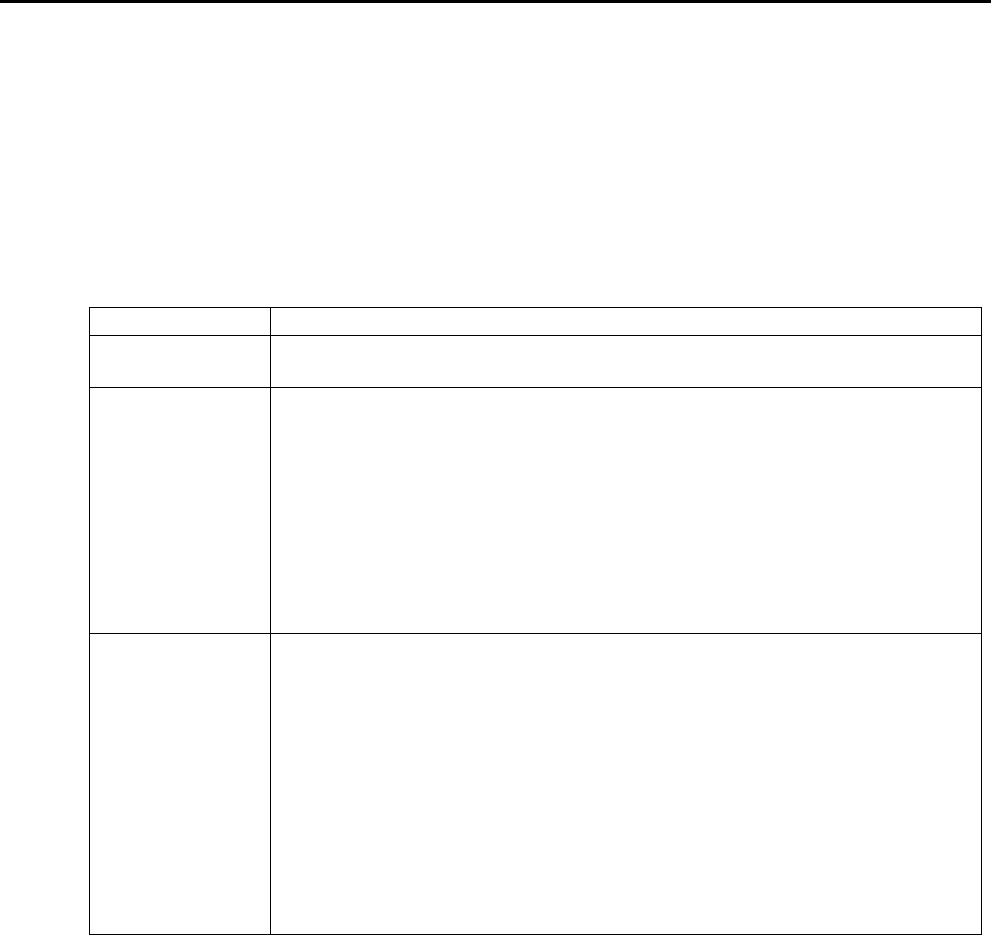
June 2020 FCIC 24050 2
1 General Information (continued)
B. Source of Authority (continued)
(8) Highly Erodible Land Conservation and Wetland Conservation, 7 CFR Part 12
(9) Standard Reinsurance Agreement and Livestock Price Reinsurance Agreement
C. Related Handbooks
The following table provides handbooks related to this handbook.
HANDBOOK
RELATION/PURPOSE
Appendix III
Provides the ITS requirements for PASS processing.
DSSH
Provides form standards and procedures for use in the sales and service
of crop insurance contracts. Provides submission and review
procedures for non-reinsured supplemental policies.
AIP forms must meet the form standards as provided in the DSSH.
The DSSH provides the substantive elements for AIP form
development including conflict of interest, nondisclosure, and Privacy
Act statements.
GSH
Provides the official FCIC approved standards for policies
administered by AIPs under the General Administrative Regulations, 7
CFR Part 400; Common Crop Insurance Policy (CCIP) Regulations,
Basic Provisions, 7 CFR §457.8 including the Catastrophic Risk
Protection Endorsement, 7 CFR Part 402 and the Actual Production
History Regulation 7 CFR Part 400 subpart G; the Area Risk Protection
Insurance (ARPI) Regulations, 7 CFR Part 407; Stacked Income
Protection Plan; the Rainfall and Vegetative Indices (RIVI); and the
Whole Farm Revenue Protection Pilot Policy (WFRP) for the 2016 and
succeeding crop years.
D. Procedural Issuance Authority
This handbook is written and maintained by:
Office of Deputy Administrator for Product Management
Product Administration and Standards Division
USDA—Risk Management Agency
Beacon Facility—Mail Stop 0812
P.O. Box 419205
Kansas City, MO 64141-6205
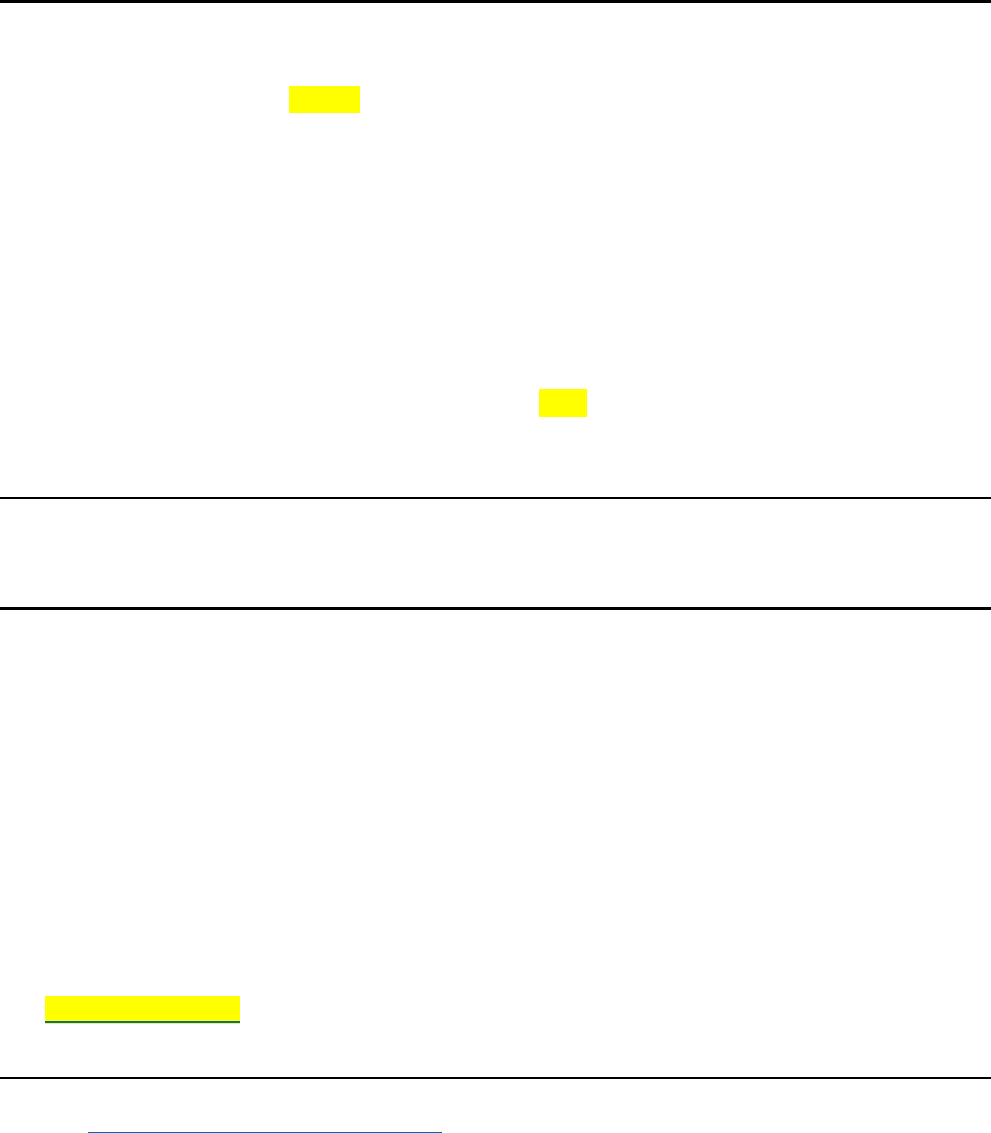
June 2020 FCIC 24050 3
1 General Information (continued)
E. Procedural Questions
Questions regarding insured eligibility, this handbook, and associated procedures must be
directed to the RMA Product Administration and Standards Division, Underwriting Standards
Branch using the address in D. above. Procedural questions regarding the ITS may also be
emailed to [email protected].
AIPs are to refer persons with questions or inquiries regarding their individual ITS status to
the RMA debt line at (816) 926-7299. No specific information regarding a person’s ITS
status will be answered by RMA via email to the individual.
F. Applicability
The procedures in this handbook apply for the 2021 and succeeding crop years for all
policies.
2 Acronyms and Definitions
Refer to the GSH for applicable acronyms and definitions.
3 Title VI of the Civil Rights Act of 1964
The USDA prohibits discrimination against its customers. Title VI of the Civil Rights Act of
1964 provides that “No person in the United States shall, on the ground of race, color, or national
origin, be excluded from participation in, be denied the benefits of, or be subjected to
discrimination under any program or activity receiving Federal financial assistance.” Therefore,
programs and activities that receive Federal financial assistance must operate in a non-
discriminatory manner. Also, a recipient of RMA funding may not retaliate against any person
because he or she opposed an unlawful practice or policy, or made charges, testified or
participated in a complaint under Title VI.
It is the AIPs’ responsibility to ensure that standards, procedures, methods and instructions, as
authorized by FCIC in the sale and service of crop insurance contracts, are implemented in a
manner compliant with Title VI. Information regarding Title VI of the Civil Rights Act of 1964
and the program discrimination complaint process is available on the RMA public website at
www.ascr.usda.gov/.
4 The Privacy Act of 1974
The Privacy Act of 1974, 5 U.S.C. §552a (Privacy Act), establishes a code of fair information
practices that governs the collection, maintenance, use, and dissemination of information about
individuals that is maintained in systems of records by federal agencies. A system of records is a
group of records under the control of an agency from which information is retrieved by the name
of the individual or by some identifier assigned to the individual.

June 2020 FCIC 24050 4
4 The Privacy Act of 1974 (continued)
In accordance with the Privacy Act, the Risk Management Agency is authorized by the Federal
Crop Insurance Act or other Acts, and the regulations promulgated thereunder, to solicit the
information requested on documents established by RMA, or by AIPs, that have been approved by
the FCIC, to deliver Federal crop insurance. The information is necessary for AIPs and RMA to
operate the Federal crop insurance program, determine program eligibility, conduct statistical
analysis, and ensure program integrity.
5 Responsibilities
A. AIP Responsibilities
AIPs must:
(1) verify the eligibility status of applicants and insureds;
(2) maintain security of data files, records, and reports according to the Privacy Act and
7 CFR Part 400, subpart Q;
(3) notify applicable RMA Regional Compliance Office of known or suspected cases of:
(a) violations of the controlled substance provisions of the Food Security Act of 1985 or
Title 21 U.S.C., Chapter 13; or
(b) fraud, misrepresentation, or use of a material scheme or device relating to a Federal
crop insurance program or policy;
(4) provide written notice of debt to the person according to Para. 351;
(5) ensure all requirements according to Para. 351A are met before certifying a debtor to
ITS;
(6) maintain supporting documentation regarding a determination of delinquent debt and its
resolution according to Para. 351B and C;
(7) upon request, send RMA documentation and evidence of the person’s delinquent debt
and notification of such debt, including but not limited to:
(a) Applications;
(b) acreage reports;
(c) claims;
(d) correspondence;
(e) billing statements;
(f) pre-termination letters and responses to such;
(g) demand letters and responses to such;
(h) requests for AIP reinstatement; and
(i) notice of debt;

June 2020 FCIC 24050 5
5 Responsibilities (continued)
A. AIP Responsibilities (continued)
(8) transmit an I60 and I60A, and I60B or I65, if applicable, to RMA certifying a debtor for
affected persons, including all SBI holders for general partnerships and joint ventures;
(9) delete incorrect I60 Record within seven days of initial transmission; and
(10) transmit a P49 Record deleting any insured data submitted prior to a determination of
ineligibility effective for the current crop year.
B. PAAD Responsibilities
PAAD will:
(1) develop, test, and maintain the record descriptors, database, and data processing
requirements and programming for ITS;
(2) assure proper security is maintained for access to ITS;
(3) generate, review, and distribute Notices of Ineligibility;
(4) update ITS with appropriate data indicating eligible or ineligible status at the completion
of an appeal;
(5) provide a Notice of Debt to FCIC debtors and certify ITS records for FCIC debtors;
(6) provide a Notice of Ineligibility to persons disqualified, debarred, suspended or
convicted of controlled substance violations;
(7) process eligibility reinstatements and, when applicable, delete AIP ITS records per
written request submitted to PAAD for additional coverage policies after the seven-day
period, and for all CAT I60/I65 Record delete requests;
(8) maintain ITS records for FCIC debtors, persons disqualified, debarred, suspended or
convicted of controlled substance violations;
(9) maintain AIP records which are requested by RMA and submitted as documentation and
evidence of delinquent debt as related to Notice of Ineligibility;
(10) prepare reports as requested;
(11) modify or define ITS requirements for PASS processing that will be specified in
Appendix III;
(12) provide assistance to AIPs, RMA offices, and others, as needed;
(13) transmit ineligible producer file I61 output file to AIPs;

June 2020 FCIC 24050 6
5 Responsibilities (continued)
B. PAAD Responsibilities (continued)
(14) respond to inquiries regarding ITS errors;
(15) reject PASS records that are identified as ineligible;
(16) amend Appendix III, as appropriate; and
(17) review AIP’s operations to determine compliance with the provisions of subpart U and
this handbook as part of the financial review process.
C. PASD Responsibilities
(1) assure ITS is properly defined in the System of Records;
(2) revise 7 CFR Part 400, subpart U, as appropriate;
(3) update this handbook, as appropriate;
(4) represent RMA in NAD hearings;
(5) provide assistance regarding 7 CFR Part 400, subpart U and this handbook; and
(6) contact AIP for supporting documentation whenever a person files a request for an
appeal relating to being placed on ITS.
D. RMA Regional Compliance Office’s Responsibilities
RMA Regional Compliance Offices will notify appropriate authorities, including FSA, of
known or suspected cases of:
(1) violations of the controlled substance provisions of the Food Security Act of 1985 or
Title 21 U.S.C., Chapter 13; or
(2) fraud, misrepresentation, or use of a material scheme or devise relating to a Federal crop
insurance program or policy.
For applicable RMA Regional Compliance office contacts referenced throughout this
handbook, refer to www.rma.usda.gov/en/RMALocal/Field-Offices/Regional-Offices or
www.rma.usda.gov/en/RMALocal/Field-Offices/Regional-Compliance-Offices.
6 Maintaining Supporting Documentation
AIPs must maintain supporting documentation regarding a determination of delinquent debt and
its resolution for a period of three years after the resolution of the debt. Supporting documentation
must be maintained indefinitely if a delinquent debt is not resolved, such as the debt never being
satisfied or not being discharged through bankruptcy.
7-200 (Reserved)
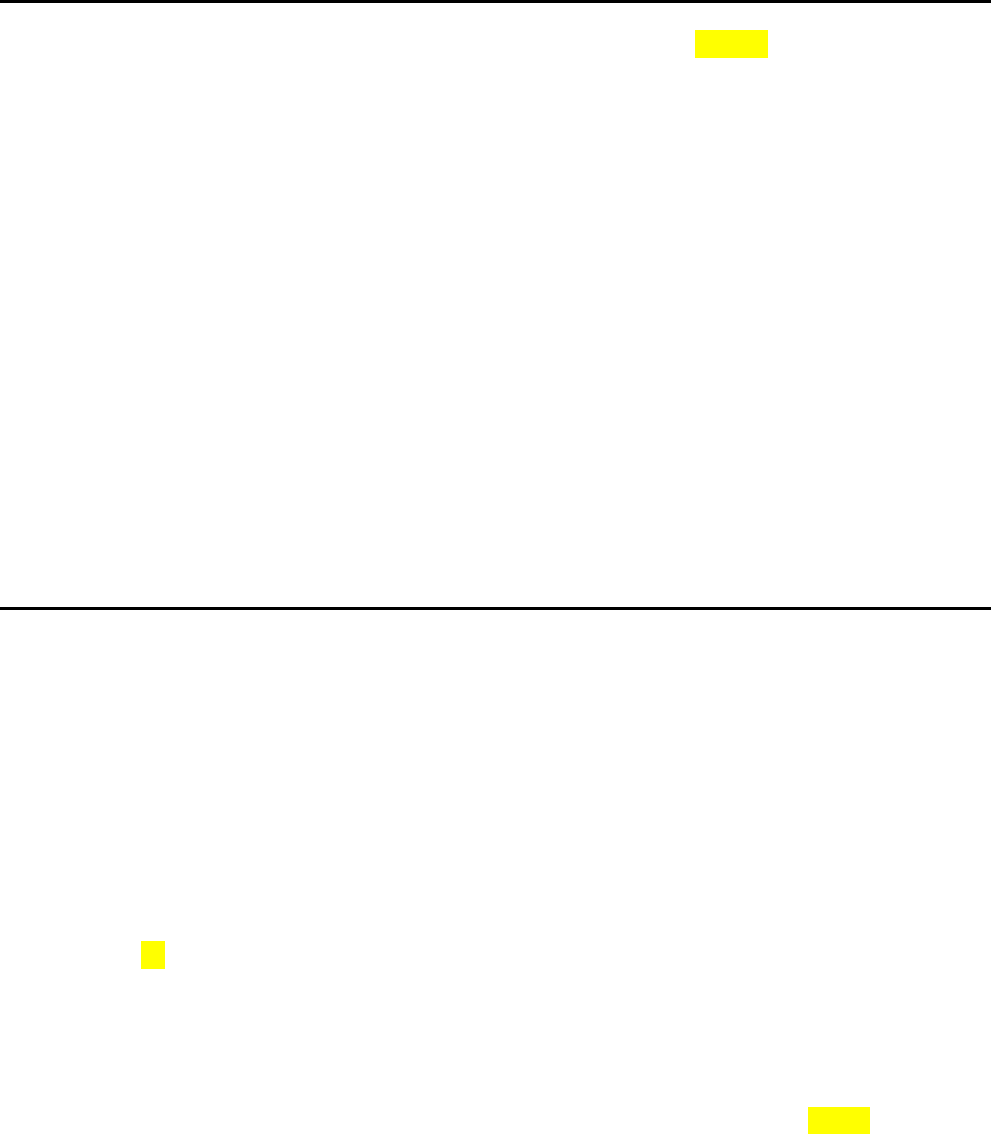
June 2020 FCIC 24050 7
PART 2 ITS, REPORTING, ADMINISTRATION AND MAINTENANCE
201 Ineligible Tracking System
The Ineligible Tracking System (ITS) is a system designed to track persons who are ineligible to
participate in any program administered by RMA under the Act, including CAT and additional
coverage programs, and private insurance products authorized under the Act and reinsured by
FCIC.
A person will be placed on ITS for any delinquent debt as of termination date, or any other
applicable due date, and may be removed pending the outcome of any dispute resolution.
Affected persons will be provided an opportunity to contest and resolve a delinquent debt, or to
contest the findings of an administrative proceeding, before a determination of ineligibility will be
made by the AIP. Options to contest and resolve a delinquent debt may include, depending on the
policy, mediation, arbitration, judicial review, or appeal to NAD. See Part 4 for procedure
regarding dispute resolutions before certifying a person ineligible.
Persons debarred or suspended by FCIC and persons convicted of controlled substance violations
will also be placed on ITS.
All persons applying for or renewing existing policies for programs administered by FCIC will be
subject to validation of their eligibility status using ITS. Applications, transfers, or benefits
approved and accepted are considered approved or accepted subject to review of eligibility status.
202 Transmitting Records to ITS
AIP must transmit an I60 and I60A Record, and an I60B and I65 Record, if applicable, to ITS for
all affected persons, including all SBI holders. SBI holders include, but are not limited to,
spouses, minors, and members and partners of general partnerships, joint ventures, limited
partnerships, limited liability partnerships, and limited liability companies. A revocable trust and
the grantor of such trust are considered to be the same person for crop insurance purposes. AIPs
transmitting any of these records are certifying that a person is ineligible.
Ineligible transferees and transferors under transfer of coverage and right to indemnity are both
certified and transmitted in the same manner as other policy debtors.
The records must be transmitted not later than 21 days after the applicable ineligibility date or not
later than 30 days after failure to make payments under a written payment agreement.
See Para. 313 for the applicable ineligibility date. Failure to timely certify debtors according to
these procedures may result in a delay in denying program benefits to the person.
If the date of ineligibility falls on a Saturday, Sunday, or Federal holiday, the next business day
will apply for determining the record submission deadline. If the resulting 21
st
or 30
th
calendar
day also falls on a Saturday, Sunday, or Federal holiday, the next business day will be the
deadline.
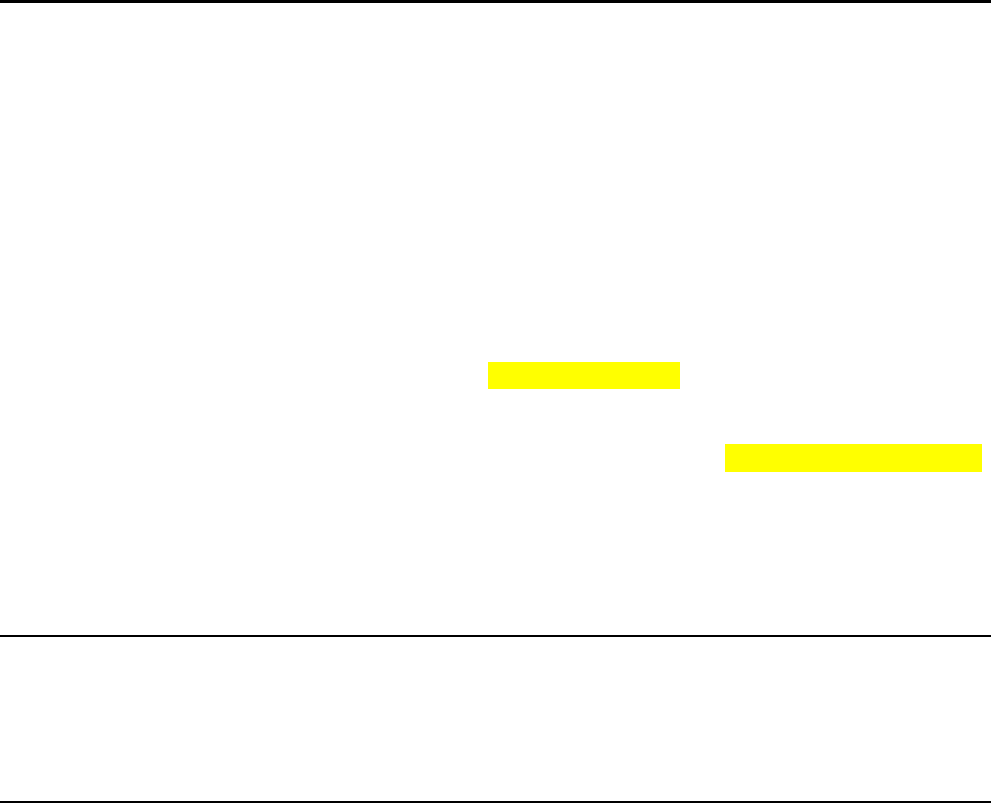
June 2020 FCIC 24050 8
202 Transmitting Records to ITS (continued)
The I60 Record in conjunction with an I60A Record, I60B Record and I65 Record, if applicable,
will be used to:
(1) initially establish ineligibility;
(2) reestablish eligibility;
(3) reestablish ineligibility related to defaulted written payment agreements or dismissals of
bankruptcies;
(4) reinstate eligibility when reinstatement is granted by the AIP or RMA; and
(5) establish the receivable for CAT policies using the I65 record.
I60 Records must be submitted to ITS not later than 21 days after the date of a resolution of the
delinquent debt, notification of dismissal of a bankruptcy for cause, or not later than 30 days after
failure to make payments under a written payment agreement.
When a specific time limit is set for ineligibility, such as for a controlled substance violation, ITS
will automatically restore eligibility at the end of the time limit.
203 Deleting Incorrect Records
AIP must delete any incorrect I60 Record within seven days of initial transmission. Any deletions
required after seven days must be submitted with documentation to PAAD. All requests to delete
CAT I60 or I65 records must be submitted to PAAD with the appropriate documentation.
204-300 (Reserved)

June 2020 FCIC 24050 9
PART 3 INELIGIBILITY
Section 1: Criteria
301 Ineligible Persons
To participate in the crop insurance program a person must be eligible. To be eligible the person
must be:
(1) competent;
(2) of legal majority;
(3) possess an insurable share of the crop;
(4) possess the applicable identification number and person type; and
(5) must not be ineligible.
A. Criteria for Ineligibility
A person is ineligible to participate in any program administered by FCIC under the Act if the
person:
(1) has a delinquent debt according to subparagraph B;
(2) is an individual that has been convicted of a controlled substance violation according to
subparagraph C;
(3) has been disqualified, debarred, or suspended according to subparagraph D;
(4) is an individual and is not a United States citizen, United States non-citizen national, or a
qualified alien, see subparagraph E;
(5) has been convicted of a felony for knowingly defrauding the United States in connection
with any program administered by USDA; or
(6) has been debarred for knowingly doing business with a person debarred or suspended
under 2 CFR Part 180 or 2 CFR Part 417, or successor regulations.
B. Delinquent Debt
A delinquent debt is a debt that is not satisfied on or before the date of delinquency, such as
the termination date, due date contained in a written payment agreement, or due date
specified in the notice to the person of the amount due.
(1) Date of delinquency includes:
(a) The termination date specified in the applicable policy for administrative fees and
premiums owed for insurance issued under the authority of the Act, and any interest
and penalties on those amounts, if applicable; and
(b) The due date specified in the notice to the person of the amount due for any other
amounts due the AIP or FCIC for insurance issued under the authority of the Act.

June 2020 FCIC 24050 10
301 Ineligible Persons (continued)
B. Delinquent Debt (continued)
(2) Other amounts due, includes, but are not limited to,
(a) indemnities, prevented planting payments, or replant payments found not to have
been earned or that were overpaid, premium billed with a due date after the
termination date for the crop year in which premium is earned; and
(b) any interest, administrative fees, and penalties on such amounts, if applicable.
The existence and delinquency of the debt must be verifiable. A delinquent debt does
not include debts discharged in bankruptcy or any debt to an AIP’s agent.
CAT administrative fees prior to crop year 1998 are not established as a delinquent debt.
C. Conviction – Controlled Substance
The Food Security Act of 1985, as amended, provides that any person who is convicted under
Federal or state law of planting, cultivating, growing, producing, harvesting, or storing a
controlled substance in any crop year will be ineligible for USDA benefits from the beginning
of the crop year of conviction and the four subsequent consecutive crop years.
For crop insurance purposes, an individual or entity is considered to have been “convicted”
when:
(1) A judgment of conviction has been entered against the individual or entity by a Federal,
State, or local court, regardless of whether there is an appeal pending or whether the
judgment of conviction or other record relating to criminal conduct has been expunged;
(2) There has been a finding of guilt against the individual or entity by a Federal, State, or
local court;
(3) A plea of guilty or nolo contendere by the individual or entity has been accepted by a
Federal, State, or local court; or
(4) The individual or entity has entered into participation in a first offender, deferred
adjudication, or other arrangement or program where judgment of conviction has been
withheld.
Conviction, for crop insurance purposes, is limited to controlled substance violations.
However, a person may be suspended, disbarred, or disqualified from USDA programs based
upon a conviction not related to crop insurance. If applicable, the ineligibility is based on the
disqualification, suspension or debarment from federal programs, and not the specific
conviction.

June 2020 FCIC 24050 11
301 Ineligible Persons (continued)
D. Disqualification, Suspension, or Debarment
Any person who has been disqualified under section 515(h) of the Act or has been debarred
or suspended under 7 CFR Part 400, subpart R, 2 CFR Part 180 or 2 CFR Part 417, or
successor regulations, is ineligible to participate in any program administered under the Act.
(1) FCIC may disqualify insureds, agents, loss adjusters, AIPs, or other persons who
willfully and intentionally provide false information to FCIC or an approved insurance
provider with respect to an insurance policy or plan of insurance for a period of up to
five years.
Disqualifications prohibits the person or entity from receiving any benefit under the Act
as well as certain statutory entitlement programs, such as programs administered by the
FSA.
(2) Suspensions are a temporary action that takes place immediately for a period of up to one
year, or may continue until the completion of an investigation, a judicial or an
administrative proceeding. Suspension is commonly imposed upon an indictment for
certain criminal offenses. Such action is taken when it is determined that immediate
action is necessary to protect the public interest.
(3) A debarment is an extended action for a period of three years or longer if circumstances
warrant. Debarment is a judgment in certain civil matters or commission of any offense
indicating a lack of business integrity or business honesty that directly affects the present
responsibility of a person and is commonly imposed upon the conviction of certain
criminal offenses.
Suspensions and debarments prohibit the person or entity from selling, servicing, adjusting,
or acting in any capacity relating to crop insurance policies, or participating in any
procurement or non-procurement activity with any U.S. Government agency. Suspensions
and debarments affect eligibility for some of the same programs covered by disqualification,
plus additional programs, including non-USDA programs. Imposition of suspension and
debarments are made by the RMA Administrator as the suspending/debarring official for
FCIC.
Names of persons disqualified, suspended or debarred are listed on the EPLS, or successor
website. If a person is placed on the ITS due to disqualification, suspension, or debarment,
the person will be ineligible from the date the order is signed until the period specified in the
order has expired.
E. Personal Responsibility and Work Opportunity Reconciliation Act of 1996 (PRWROA)
An individual that is not a United States citizen, United States non-citizen national, or a
qualified alien is ineligible to participate in any program administered under the Act
according to the PRWORA. Such individuals may not be recorded in ITS.
Refer to Part 2 of the GSH for PRWORA determinations and eligibility.

June 2020 FCIC 24050 12
302 Verification of Eligibility Status
The AIP must utilize the I61-Ineligible Entity Output file to verify a person’s eligibility. No
records should be sent to PASS if the person is ineligible on the output file.
303-310 (Reserved)

June 2020 FCIC 24050 13
Section 2: Ineligibility Determination
311 Effect of Ineligibility
The effect of ineligibility is to deny reinsurance, premium subsidies, and other benefits under the
Act for persons meeting any of the ineligibility criteria. All persons submitting an Application for
insurance, as well as persons with an existing policy, under the Act are subject to verification of
their eligibility status.
PASS will reject the policy when an:
(1) applicant or insured is the sole insured and is an ineligible person included on ITS; or
(2) ineligible person included on ITS has a SBI in the applicant or insured and the insured share
is not reduced commensurately.
312 Basis for Ineligibility Determination
The program and benefits affected by ineligibility depend on the basis for the ineligibility. All
persons submitting an Application or who are currently insured under the Act are subject to
verification of their eligibility status.
A. Delinquent Debt
A delinquent debt for any policy may result in termination of all the insured’s policies issued
under the authority of the Act. A person who is determined to be ineligible based upon
failure to timely pay a delinquent debt is ineligible for crop insurance authorized by the Act.
See Para. 313 for more information regarding ineligibility effective dates for delinquent debt,
by basic provision, for the policy on which the delinquent debt occurred and other policies.
B. Suspension or Debarment
A person who is determined to be ineligible based upon a suspension or debarment is
ineligible to:
(1) participate in any program authorized under the Act, including but not limited to:
(a) obtaining crop insurance;
(b) acting as a(n) agent, loss adjuster, AIP, or affiliate, as defined in the SRA or LPRA;
(c) entering into any contracts with FCIC under sections 506(l) and section 522(c) of
the Act; or
(d) entering into any cooperative agreement or partnerships under sections 506(l),
522(d) and 524(a) of the Act; or
(2) participate in any other transaction as specified in 2 CFR Part 180 and 2 CFR Part 417,
or successor regulation.

June 2020 FCIC 24050 14
312 Basis for Ineligibility Determination (continued)
C. Disqualification Under Section 515(h) of the Act
A person who is determined to be ineligible based upon a disqualification under section
515(h) of the Act is ineligible to:
(1) participate in any program authorized under the Act, including but not limited to:
(a) obtaining crop insurance;
(b) acting as a(n) agent, loss adjuster, AIP, or affiliate, as defined in the SRA or LPRA;
(c) entering into any contracts with FCIC under sections 506(l) and section 522(c) of
the Act; or
(d) entering into any cooperative agreement or partnerships under sections 506(l),
522(d) and 524(a) of the Act; or
(2) participate in any programs listed in section 515(h)(3)(B) and (C) of the Act.
D. Felony Conviction for Knowingly Defrauding the U.S. in Connection with Any Program
Administered by the USDA
A person who is determined to be ineligible based upon a felony conviction for knowingly
defrauding the U.S. in connection with any program administered by the USDA is ineligible
to participate in any program offered by the USDA.
E. Conviction of a Controlled Substance Violation
A person who is determined to be ineligible based upon a conviction of a controlled
substance violation is ineligible to:
(1) participate in any program authorized under the Act, including but not limited to:
(a) obtaining crop insurance;
(b) acting as a(n) agent, loss adjuster, AIP, or affiliate, as defined in the SRA or LPRA;
(c) entering into any contracts with FCIC under sections 506(l) and section 522(c) of
the Act; or
(d) entering into any cooperative agreement or partnerships under sections 506(l),
522(d) and 524(a) of the Act; or
(2) participate in any programs listed in section 515(h)(3)(B) and (C) of the Act.
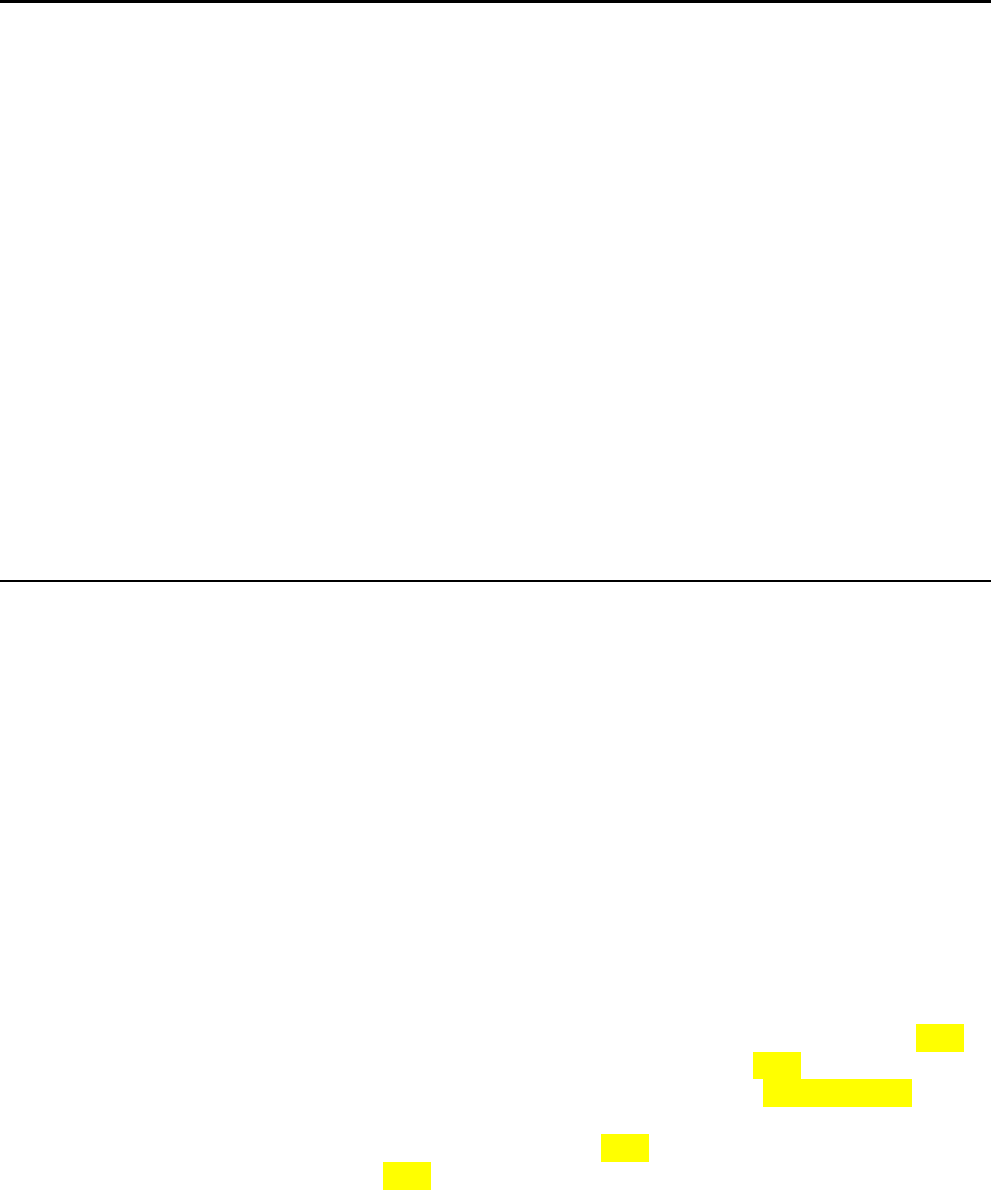
June 2020 FCIC 24050 15
312 Basis for Ineligibility Determination (continued)
F. Not a U.S. Citizen, U.S. Non-Citizen National, or a Qualified Alien
A person who is determined to be ineligible based upon not being a U.S. citizen, U.S. non-
citizen national, or a qualified alien as determined by PRWORA is ineligible to:
(1) participate in any program authorized under the Act, including but not limited to:
(a) obtaining crop insurance;
(b) acting as a(n) agent, loss adjuster, AIP, or affiliate, as defined in the SRA or LPRA;
(c) entering into any contracts with FCIC under sections 506(l) and section 522(c) of
the Act; or
(d) entering into any cooperative agreement or partnerships under sections 506(l),
522(d) and 524(a) of the Act; or
(2) participate in any programs listed in section 515(h)(3)(B) and (C) of the Act.
313 Ineligibility Effective Dates
A. Effective Date of Ineligibility
The effective date of the ineligibility for the person is the:
(1) date that a policy was terminated for an unpaid premium, administrative fee, or any
related interest owed;
(2) payment due date contained in any notification of indebtedness for any overpaid
indemnity, prevented planting payment, replanting payment, or other amounts due if the
amount owed, including any related interest owed, as applicable, is not paid on or before
the due date;
(3) termination date determined under the applicable policy provisions in effect at the time
the written payment agreement is executed;
Example: An insured enters into a written payment agreement on March 14, 2021,
for a policy with a termination date of March 15, 2021. The written
payment agreement is entered into while the 2011 (or subsequent) CCIP
Basic Provisions are in effect. The insured did not make the scheduled
payment due on or before July 1, 2022. The applicable termination date is
March 15, 2022, according to the CCIP Basic Provisions.
(4) termination date the policy was or would have been terminated if the bankruptcy petition
is dismissed before discharge;
(5) date specified in a notification of disqualification, debarment, or suspension; or
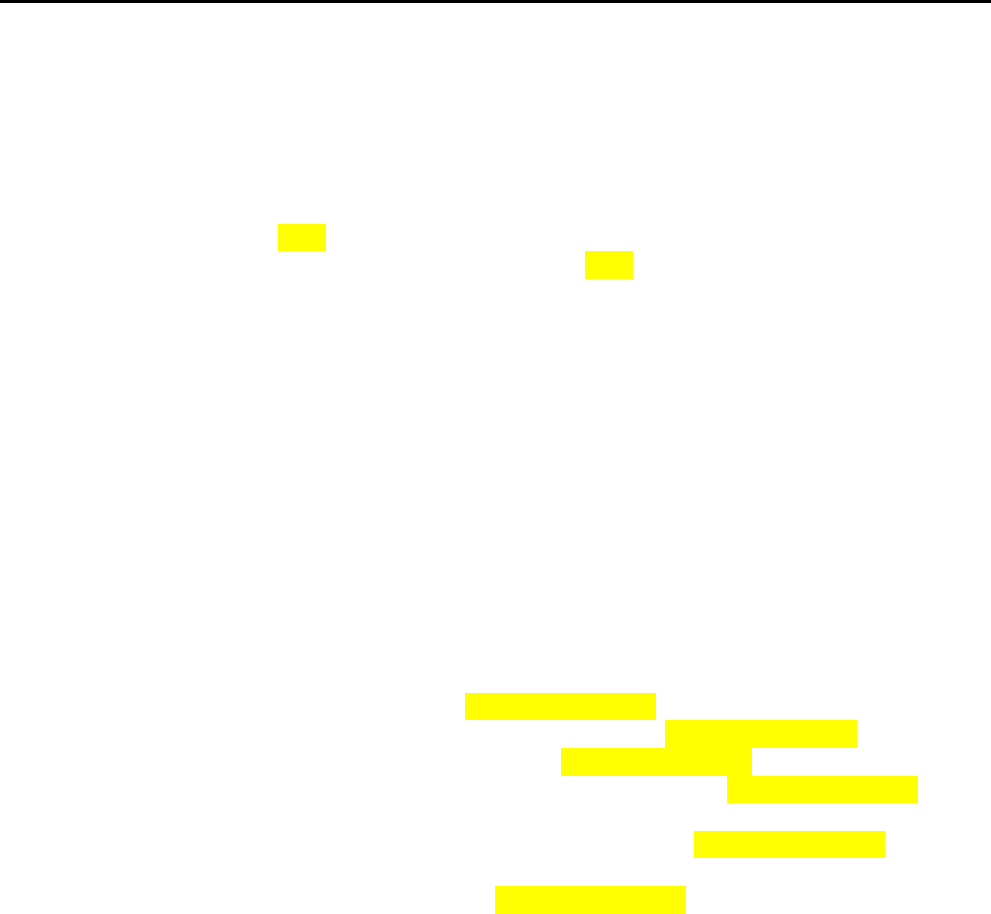
June 2020 FCIC 24050 16
313 Ineligibility Effective Dates (continued)
A. Effective Date of Ineligibility (continued)
(6) beginning of the crop year in which the person is convicted of a controlled substance
violation, which is effectively the earliest termination date applicable under any policy,
unless determined otherwise by the court.
Example: An insured individual is convicted of a controlled substance violation in
2021. The effective date of ineligibility for the convicted individual is the
earliest termination date for the 2021 crop year.
Note: The date of delinquency refers to the date the debt becomes delinquent
and may be the same as the ineligibility effective date, unless some other
condition or exception applies. See also Paras. 301B and 313C.
B. Ineligibility Effective Date and Weekend or Federal Holidays
If the termination date, or other due date, falls on a Saturday, Sunday, or Federal holiday, the
next business day will apply for purposes of determining if the debt is delinquent.
This applies to the date of postmark as well as the date payment is received. The published
termination date or due date will not be changed and will be the date of ineligibility if the
person is determined a debtor and ineligible for crop insurance programs administered by
FCIC.
Example: The termination date of November 15, 2020, is a Sunday. The AIP may
accept payments on the next business day of November 16, 2020. If the
insured does not pay on or before November 16, 2020, the ineligible record
sent to RMA must have a debt delinquency date of November 15, 2020.
When determining eligibility on policies with a November 15, 2020,
termination date, the postmark date for payments mailed will also be extended
to the next business day of November 16, 2020.
Note: The 7-day transit rule for receipt of late payments due to postal errors began
March 16, 2015. See also Part 7 of the GSH for more information regarding
the 7-day transit rule.
C. Ineligibility Effective Date and Benefits Termination
The applicable date for ineligibility applies to the person, not to a specific crop. However,
program benefits may not cease immediately for all insured crops. See Part 5 for more
information regarding policy termination.
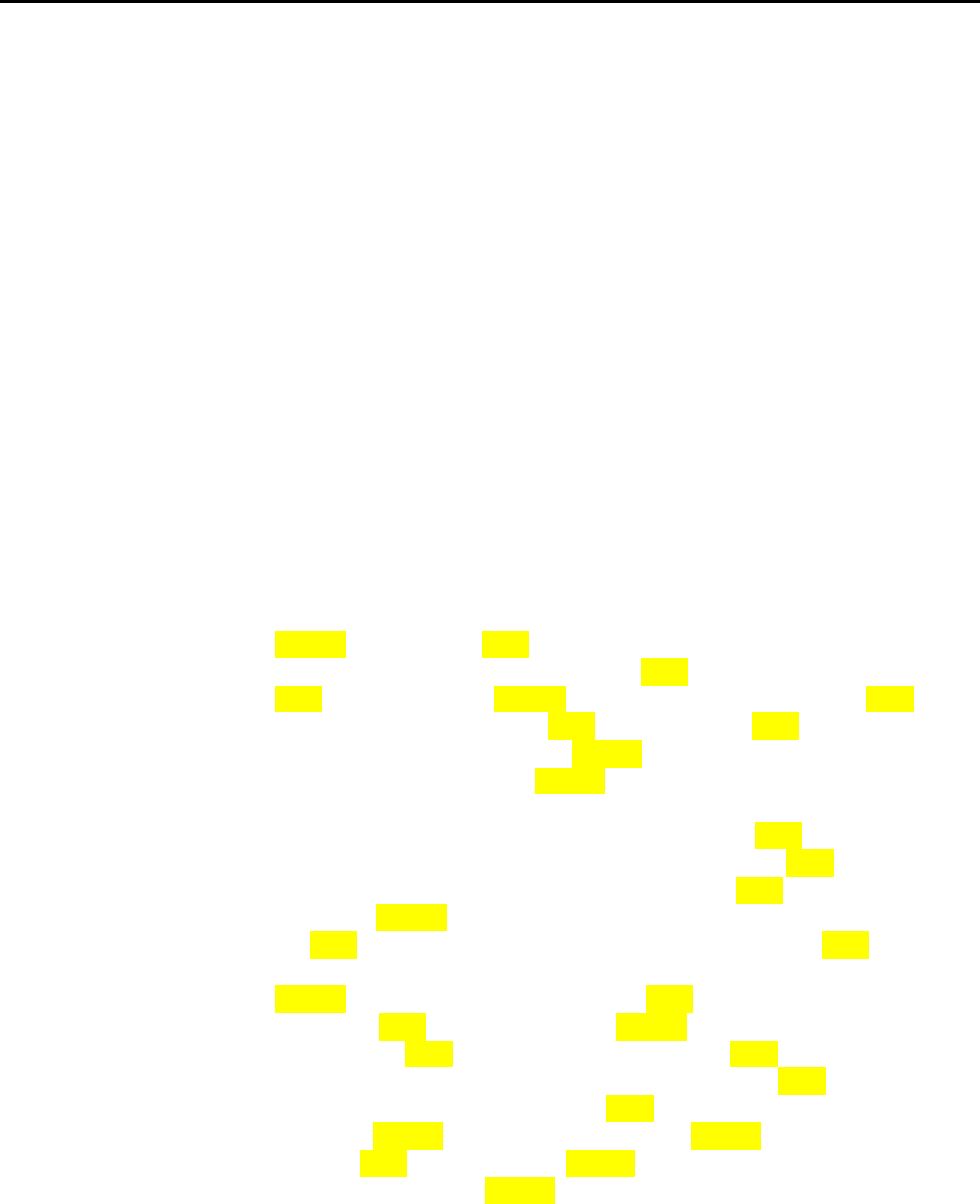
June 2020 FCIC 24050 17
313 Ineligibility Effective Dates (continued)
C. Ineligibility Effective Date and Benefits Termination (continued)
(1) Termination Date Prior to the Date of Ineligibility
Program benefits will continue for any insured crop where the termination date is prior to
the date of ineligibility and will continue to the end of the insurance period for that
insured crop. If eligibility has not been reinstated or regained, benefits will be denied on
the next termination date of that insured crop.
Exception: Program benefits are denied immediately for an insured convicted of a
controlled substance violation or whose bankruptcy petition is dismissed.
Persons are ineligible for benefits effective the crop year of conviction or
bankruptcy dismissal, irrespective of any applicable crop termination date
or whether insurance has already attached to the crop.
(2) Date of Ineligibility Prior to the Termination Date
Program benefits are denied immediately for any insured crop on the termination date
when the date of ineligibility is on or before the termination date. This includes denial of
program benefits for any PP coverage applicable for a person insured the previous crop
year.
Example 1: Insured A insures his 2021 wheat and corn. When the AIP transmits data
to RMA for fall wheat on October 15, 2020, the insured is eligible for
2021 wheat coverage. Insured A fails to pay the premium for 2020 corn
and is terminated March 15, 2021. On March 21, 2021, the AIP transmits
an I60 record to ITS certifying insured A as a debtor for corn. A Notice
of Ineligibility is mailed to insured A and his name is added to ITS.
The effective date of ineligibility is the March 15, 2021, termination date.
Insurance data for any crop with a SCD of March 15, 2021, or later, will
be rejected by PASS. All insurance data for the 2021 wheat will be
accepted. Insured A will be ineligible for wheat coverage beginning with
the 2022 crop year and corn coverage beginning with the 2021 crop year.
Example 2: Insured B owes premium to AIP A for 2020 corn and is terminated
March 15, 2021, for failure to pay. Insured B submits an Application for
insurance for 2021 corn to AIP B on March 15, 2021. AIP B transmits
Appendix III entity and policy records on March 21, 2021, which are
accepted by PASS. On March 22, 2021, AIP A transmits an I60 record
certifying insured B as a debtor to ITS, and insured B is added to ITS. On
June 15, 2021, AIP B submits insured B’s corn acreage record data, which
is rejected because of insured B’s ineligible status.
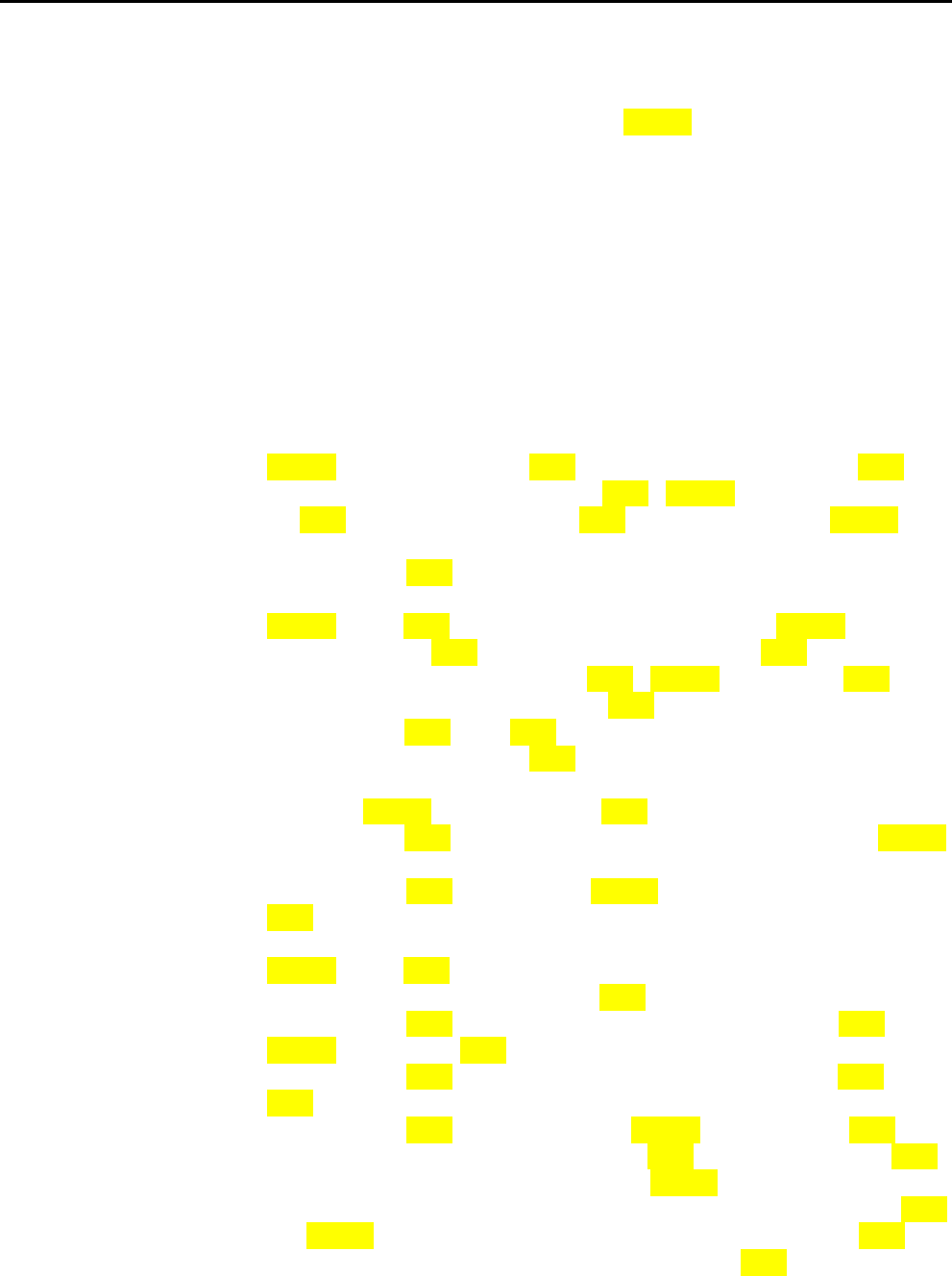
June 2020 FCIC 24050 18
313 Ineligibility Effective Dates (continued)
C. Ineligibility Effective Date and Benefits Termination (continued)
AIP B must transmit a P49 Record deleting all previously submitted data
accepted by PASS for affected crops. Insured B’s Application for corn
insurance is rejected by AIP B according to the provisions of the policy,
and any payments of indemnities made prior to rejecting the Application
must be repaid. Additionally, any PP or replanting payments made prior
to rejecting the Application must be repaid.
(3) Policies with a SCD Prior to Termination Date
For polices with a SCD prior to the termination date, such policies will terminate for the
current crop year even if insurance attached prior to the termination date. Termination
will be considered effective as of the SCD and no insurance will be considered to have
attached for the crop year and no indemnity, PP or replanting payment will be owed.
Example 1: Insured A insures wheat for 2021 with a SCD of September 30, 2020, and
a termination date of November 30, 2021. Insured A fails to pay premium
for 2020 wheat by November 30, 2020. The AIP reports the insured to
ITS with a debt delinquency date and effective date of ineligibility of
September 30, 2020.
Example 2: Insured A had 2020 annual forage and wheat policies. Insured A insures
annual forage for 2021 with a SCD of September 30, 2020, and a
termination date of September 30, 2021. Insured A also has a 2021 wheat
policy with a SCD of September 30, 2020, and a termination date of
November 30, 2021. The 2020 forage policy premium was paid timely on
or before the September 30, 2020, termination date.
However, insured A fails to pay the 2020 wheat policy premium by the
November 30, 2020, termination date for wheat. The AIP reports insured
A to ITS with a debt delinquency date and effective date of ineligibility of
September 30, 2020, which means insured A is ineligible for both the
2021 forage and wheat policies.
Example 3: Insured A had 2020 crop annual forage and winter wheat policies.
Insured A insures annual forage for 2021 with a SCD of
September 30, 2020, and a termination date of September 30, 2021.
Insured A also has a 2021 winter wheat policy with a SCD of
September 30, 2020, and a termination date of November 30, 2021. The
2020 forage policy premium was not paid on or before the
September 30, 2020, termination date. Insured A does pay the 2020
winter wheat premium by November 30, 2020 but does not pay the 2020
forage policy premium. The AIP reports insured A to ITS with a debt
delinquency date and effective date of ineligibility of September 30, 2020,
and insured A is ineligible for both the forage and winter wheat 2021 crop
policies even though the premium was paid for the 2020 crop winter
wheat policy.

June 2020 FCIC 24050 19
314 Time Period of Ineligibility
The time period of ineligibility depends upon the type of ineligibility determination.
A. Delinquent Debt
If the basis for ineligibility is based upon a delinquent debt, then the time period for
ineligibility is from the date of ineligibility until:
(1) the debt is paid in full;
(2) debt is discharged in bankruptcy or a motion to incur debt is received by the AIP; or
(3) a written payment agreement is executed.
B. Disqualification, Suspension, or Debarment
If the basis for ineligibility is based upon a disqualification, suspension, or debarment then
the time period for ineligibility is from the date of disqualification, suspension, or debarment
is signed/approved by person authorized to take such action until the time period specified in
the order expires.
C. Felony Conviction for Knowingly Defrauding the U.S. in Connection with Any Program
Administered by the USDA
If the basis for ineligibility is based upon a felony conviction for knowingly defrauding the
U.S. in connection with any program administered by the USDA, then the time period for
ineligibility is permanent beginning with the crop year in which the person is convicted.
Exception: The Secretary of Agriculture may reduce the time period of ineligibility to a
period of no less than 10 years.
D. Conviction of Planting, Cultivating, Growing, Producing, Harvesting, or Storing a
Controlled Substance
If the basis for ineligibility is based upon a conviction for planting, cultivating, growing,
producing, harvesting, or storing a controlled substance, then the time period for ineligibility
is from the beginning of the crop year in which the person is convicted and the four
subsequent consecutive crop years.
E. Conviction of Possession of or Trafficking in a Controlled Substance
If the basis for ineligibility is based upon a conviction of possession of or trafficking in a
controlled substance, then the time period of ineligibility is in addition to the time period for a
conviction of planting, cultivating, growing, producing, harvesting, or storing a controlled
substance, from the beginning of the crop year in which the person is convicted, unless
determined otherwise by the court, until the time imposed by the court expires.

June 2020 FCIC 24050 20
314 Time Period of Ineligibility (continued)
F. Not a U.S. Citizen, U.S. Non-Citizen National, or a Qualified Alien
If the basis for ineligibility is based upon a person not being a U.S. citizen, U.S. non-citizen
national, or a qualified alien, then the period of ineligibility is until such time the individual
becomes a U.S. citizen, U.S. non-citizen national, or a qualified alien.
315-320 (Reserved)

June 2020 FCIC 24050 21
Section 3: Ineligible Person Types
321 Overview
Ineligibility, as well as the basis for ineligibility, affects person types differently. This section
provides the effects of ineligibility for different person types.
322 Individuals
When the ineligible person is an individual, all crop insurance policies in which the ineligible
person is the sole insured will:
(1) terminate, if the person is ineligible for any reason other than a controlled substance violation;
or
(2) be void, if the person is ineligible due to being convicted of a controlled substance violation.
The ineligible person must be reported on all policies in which they have a SBI in the applicant or
insured. The insured share under such policies will be reduced commensurate with the ineligible
person’s SBI in the applicant or insured for as long as the ineligible person remains ineligible.
323 Spouses and Minors
A. Spouses and Minors Separate from the Individual
The spouse and minor child of an individual insured is considered the same as the individual
and subject to the same ineligibility, except when the:
(1) individual is ineligible due to being convicted of a controlled substance violation;
(2) individual is ineligible as a result of a felony conviction for knowingly defrauding the
United States in connection with any program administered by USDA;
(3) individual is ineligible because they are not a United States citizen, United States non-
citizen national, or a qualified alien;
(4) individual is ineligible as a result of a disqualification, debarment, or suspension;
(5) spouse can prove they are legally separated or otherwise legally separate under the
applicable State dissolution of marriage laws; or
(6) minor child has a separate legal interest in such person or is engaged in a separate
farming operation from the individual.
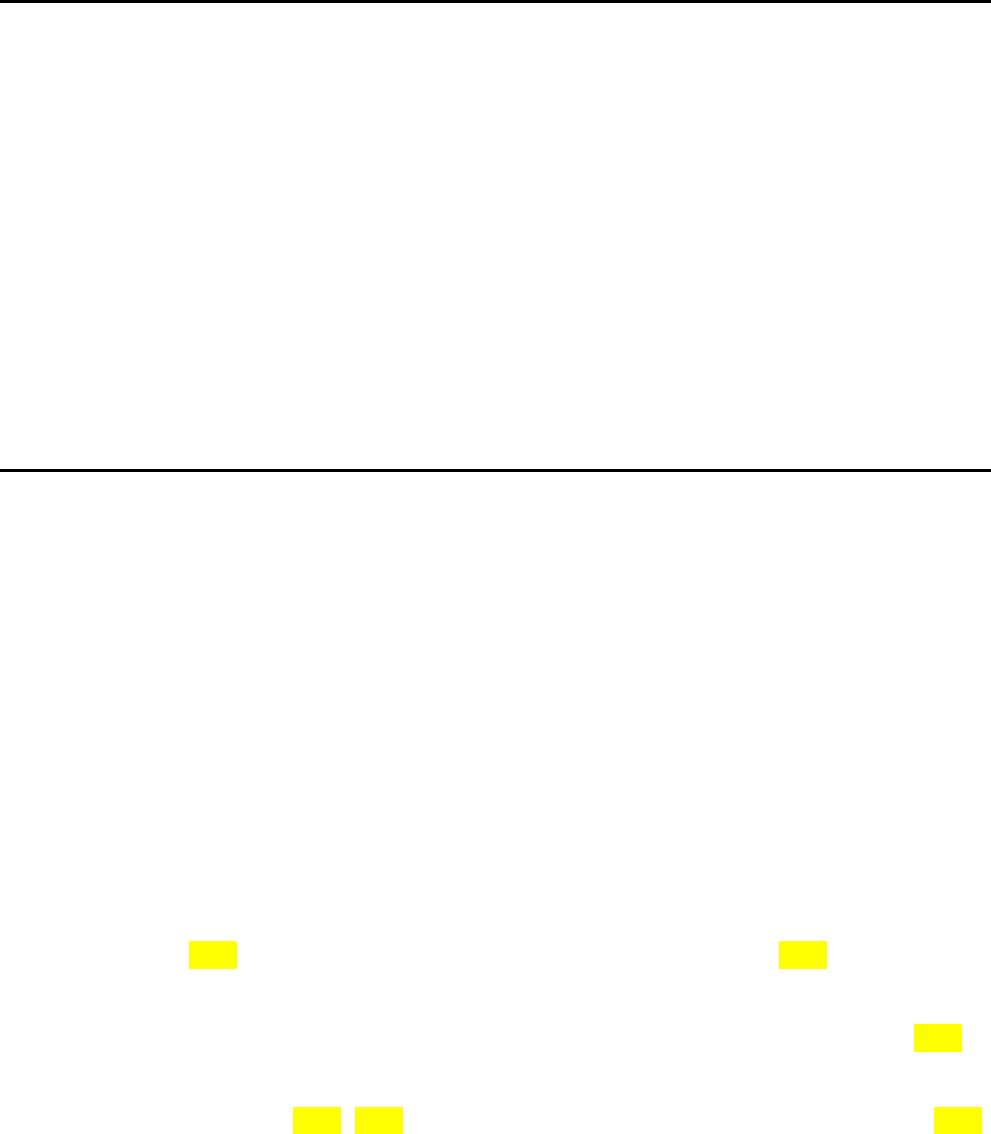
June 2020 FCIC 24050 22
323 Spouses and Minors (Continued)
B. Minor Child with a Separate Farming Operation from the Parent
A minor child with a separate farming operation is considered a separate person with respect
to the separate farming operation if the:
(1) minor’s parent or other entity in which the parent has a SBI does not have any interest in
the minor’s farming operation or in any production from such operation;
(2) minor establishes and maintains a separate household from the parent;
(3) minor personally carries out the farming activities with respect to the minor’s farming
operation; and
(4) minor has separate accounting and recordkeeping for the minor’s farming operation.
324 Landlords/Tenants
Any person(s) may insure their landlord’s and/or tenant’s share. The ineligibility of the
landlord/tenant insured under another person’s policy does not affect the eligibility of the insured
or other SBIs. In such instances, the following apply:
(1) the insurable share of the policy must be reduced commensurate to the amount of interest the
ineligible landlord/tenant has in the policy;
(2) all crop insurance policies in which the ineligible person is insured as a landlord/tenant will
terminate on the next termination date; and
(3) the other persons on such policy, including the insured, may submit a new Application for
crop insurance coverage on or before the applicable SCD of the following year to obtain
insurance if they are otherwise eligible for crop insurance.
Example: Landlord A is insured under Tenant B’s corn policy and is listed on the policy as
having a 10 percent interest in corn. Landlord A is ineligible beginning with the
2020 crop year due to non-payment of premium. Tenant B’s 2020 corn policy
must be reduced by 10 percent due to the landlord’s ineligibility.
Tenant B’s corn policy will terminate on the termination date of March 15, 2021,
due to the ineligibility of Landlord A, if Landlord A remains ineligible. Tenant B
must obtain a new corn policy not insuring ineligible Landlord A’s share by
March 15, 2021 (2021 corn SCD), if Tenant B wants to have a corn policy in 2021.

June 2020 FCIC 24050 23
325 Transferors/Transferees
Both the transferor and transferee under the transfer of right to indemnity are jointly and severally
responsible for payment of the premium, administrative fees, overpaid indemnities, other amounts
due and applicable interest. Both will be ineligible if any amount is not paid by the applicable
termination date or other due date.
If only part of the share of the policy is transferred, transferee is only responsible for the premium,
overpaid indemnities or other amounts due for that portion of the share of the policy. Failure of
the transferor to pay the premium for any portion of the policy not transferred to the transferee
does not impact the eligibility of the transferee.
326 General Partnerships, Joint Ventures, Limited Partnerships, Limited Liability Partnerships,
and Limited Liability Companies
Subparagraphs A – D provide the effects of ineligibility on a(n) General Partnerships, Joint
Ventures, Limited Partnerships, Limited Liability Partnerships, and Limited Liability Companies.
A. Delinquent Debt
If the General Partnerships, Joint Ventures, Limited Partnerships, Limited Liability
Partnerships, and Limited Liability Companies are ineligible because of a delinquent debt,
then:
(1) all partners or members of the general partnership, joint venture, limited partnership,
limited liability partnership or limited liability company will be ineligible;
(2) all policies in which the ineligible general partnership, joint venture, limited partnership,
limited liability partnership or limited liability company is the sole insured will terminate
on the respective termination dates;
(3) all policies in which the ineligible partner or member is the sole insured will terminate on
the respective termination dates; and
(4) the ineligible general partnership, joint venture, limited partnership, limited liability
partnership or limited liability company and all ineligible partners or members must be
reported on any other policy in which they have a SBI in the applicant or insured, and the
insured share under such policies will be reduced commensurate with the ineligible
general partnership, joint venture, limited partnership, limited liability partnership or
limited liability company or the ineligible partner’s or member’s SBI in the applicant or
insured for as long as they remain ineligible.

June 2020 FCIC 24050 24
326 General Partnerships, Joint Ventures, Limited Partnerships…(continued)
B. Disqualification, Suspension, or Debarment
If the General Partnerships, Joint Ventures, Limited Partnerships, Limited Liability
Partnerships, and Limited Liability Companies are ineligible due to a disqualification,
suspension, or debarment, then:
(1) all policies in which the ineligible general partnership, joint venture, limited partnership,
limited liability partnership or limited liability company is the sole insured will terminate
on the termination dates; and
(2) the ineligible general partnership, joint venture, limited partnership, limited liability
partnership or limited liability company must be reported on any other policy in which it
has a SBI in the applicant or insured, and the insured share under such policies will be
reduced commensurate with the ineligible general partnership, joint venture, limited
partnership, limited liability partnership or limited liability company SBI in the applicant
or insured for as long as the it remains ineligible.
C. Felony Conviction for Knowingly Defrauding the U.S. in Connection with Any Program
Administered by the USDA
If the General Partnerships, Joint Ventures, Limited Partnerships, Limited Liability
Partnerships, and Limited Liability Companies are ineligible due to felony conviction for
knowingly defrauding the U.S. in connection with any program administered by the USDA,
then:
(1) all policies in which the ineligible general partnership, joint venture, limited partnership,
limited liability partnership or limited liability company is the sole insured will terminate
on the termination dates; and
(2) the ineligible general partnership, joint venture, limited partnership, limited liability
partnership or limited liability company must be reported on any other policy in which it
has a SBI in the applicant or insured, and the insured share under such policies will be
reduced commensurate with the ineligible general partnership, joint venture, limited
partnership, limited liability partnership or limited liability company SBI in the applicant
or insured for as long as the it remains ineligible.
D. Debarment for Knowingly Doing Business with a Person Debarred or Suspended under
2 CFR Part 180 or 2 CFR Part 417, or Successor Regulations
If the General Partnerships, Joint Ventures, Limited Partnerships, Limited Liability
Partnerships, and Limited Liability Companies are ineligible due to a debarment for
knowingly doing business with a person debarred or suspended under 2 CFR Part 180 or
2 CFR Part 417, or successor regulations, then:
(1) all policies in which the ineligible general partnership, joint venture, limited partnership,
limited liability partnership or limited liability company is the sole insured will terminate
on the respective termination dates; and

June 2020 FCIC 24050 25
326 General Partnerships, Joint Ventures, Limited Partnerships…(continued)
D. Debarment for Knowingly Doing Business with a Person Debarred…(continued)
(2) the ineligible general partnership, joint venture, limited partnership, limited liability
partnership or limited liability company must be reported on any other policy in which it
has a SBI in the applicant or insured, and the insured share under such policies will be
reduced commensurate with the ineligible general partnership, joint venture, limited
partnership, limited liability partnership or limited liability company SBI in the applicant
or insured for as long as the it remains ineligible.
327 Association, Estate, Trust, Corporation, or Other Similar Entity
Subparagraphs A – D provide the effects of ineligibility on an association, estate, trust,
corporation, or other similar entity.
Note: A revocable trust and the grantor(s) of a revocable trust and an estate and the
deceased person are considered to be the same person for crop insurance purposes.
Note: The grantor(s) and/or trustee(s) of an irrevocable trust and the executor or personal
representative of an estate are not considered to be the same person for crop
insurance purposes. However, Paras. 327A(3) and 328B may apply.
A. Delinquent Debt
If the association, estate, trust, corporation or similar entity is ineligible due to a delinquent
debt, then:
(1) all policies in which the ineligible association, estate, trust, corporation or other similar
entity is the sole insured will terminate on the respective termination dates;
(2) the ineligible association, estate, trust, corporation or other similar entity must be
reported on any other policy in which it has a SBI in the applicant or insured, and the
insured share under such policies will be reduced commensurate with the ineligible
person’s SBI in the applicant or insured for as long as the person remains ineligible;
(3) any partners, members, shareholders, administrators, executors, trustees, or grantors may
be individually ineligible if the delinquent debt occurred as a result of their actions or
inactions, as determined by the AIP or FCIC; and
(4) if any partner, member, shareholder, administrator, executor, trustee, or grantor is
determined individually ineligible by A(3) above, then:
(a) all policies in which such partner, member, shareholder, administrator, executor,
trustee, or grantor is the sole insured will terminate on the respective termination
dates; and

June 2020 FCIC 24050 26
327 Association, Estate, Trust, Corporation, or Other Similar Entity (continued)
A. Delinquent Debt (continued)
(b) the ineligible person must be reported on any other policy in which it has a SBI in
the applicant or insured, and the insured share under such policies will be reduced
commensurate with the ineligible person’s SBI in the applicant or insured for as
long as the person remains ineligible.
B. Disqualification, Suspension, or Debarment
If the association, estate, trust, corporation or similar entity is ineligible due to a delinquent
debt, then:
(1) all policies in which the ineligible association, estate, trust, corporation or other similar
entity is the sole insured will terminate on the respective termination dates; and
(2) the ineligible association, estate, trust, corporation, or other similar entity must be
reported on any other policy in which it has a SBI in the applicant or insured, and the
insured share under such policies will be reduced commensurate with the ineligible
person’s SBI in the applicant or insured for as long as the person remains ineligible.
C. Felony Conviction for Knowingly Defrauding the U.S. in Connection with Any Program
Administered by the USDA
If the association, estate, trust, corporation or similar entity is ineligible due to felony
conviction for knowingly defrauding the U.S. in connection with any program administered
by the USDA, then:
(1) all policies in which the ineligible association, estate, trust, corporation or other similar
entity is the sole insured will terminate on the respective termination dates; and
(2) the ineligible association, estate, trust, corporation, or other similar entity must be
reported on any other policy in which it has a SBI in the applicant or insured, and the
insured share under such policies will be reduced commensurate with the ineligible
person’s SBI in the applicant or insured for as long as the person remains ineligible.
D. Debarment for Knowingly Doing Business with a Person Debarred or Suspended under
2 CFR Part 180 or 2 CFR Part 417, or Successor Regulations
If the association, estate, trust, corporation or similar entity is ineligible due to a debarment
for knowingly doing business with a person debarred or suspended under 2 CFR Part 180 or
2 CFR Part 417, or successor regulations, then:
(1) all policies in which the ineligible association, estate, trust, corporation or other similar
entity is the sole insured will terminate on the respective termination dates; and

June 2020 FCIC 24050 27
327 Association, Estate, Trust, Corporation, or Other Similar Entity (continued)
D. Debarment for Knowingly Doing Business with a Person Debarred…(continued)
(2) the ineligible association, estate, trust, corporation, or other similar entity must be
reported on any other policy in which it has a SBI in the applicant or insured, and the
insured share under such policies will be reduced commensurate with the ineligible
person’s SBI in the applicant or insured for as long as the person remains ineligible.
328 Estates and Trusts Administration
A. Ineligibility of the Executors or Administrators, Grantors, and Personal
Representatives or Trustees
The eligibility of an estate or trust person type is not affected by the individual ineligibility of
the:
(1) executor or administrator of the estate;
(2) personal representative or trustee of the revocable or irrevocable trust; or
(3) grantor(s) of the irrevocable trust.
Exception: If the ineligible executor or administrator, grantor, or personal representative
or trustee is also an SBI to the estate or trust; then the insured share under such
policies will be reduced commensurate with the ineligible person’s SBI in the
estate or trust.
See also Part 2 of the GSH for more information regarding SBIs of estates and trusts.
B. Trusts
(1) For the revocable trust person type, the grantor(s) of a revocable trust and the revocable
trust are considered the same person for crop insurance purposes. When the grantor(s) of
a revocable trust is the personal representative(s) or trustee(s) of the trust, the eligibility
of:
(a) the trust is affected by the eligibility of the personal representative(s) or trustee(s);
and
(b) the personal representative(s) or trustee(s) is affected by the eligibility of the trust.
(2) For the irrevocable trust person type, the grantor(s) and/or personal representative(s) or
trustee of an irrevocable trust are not considered to be the same for crop insurance
purposes.
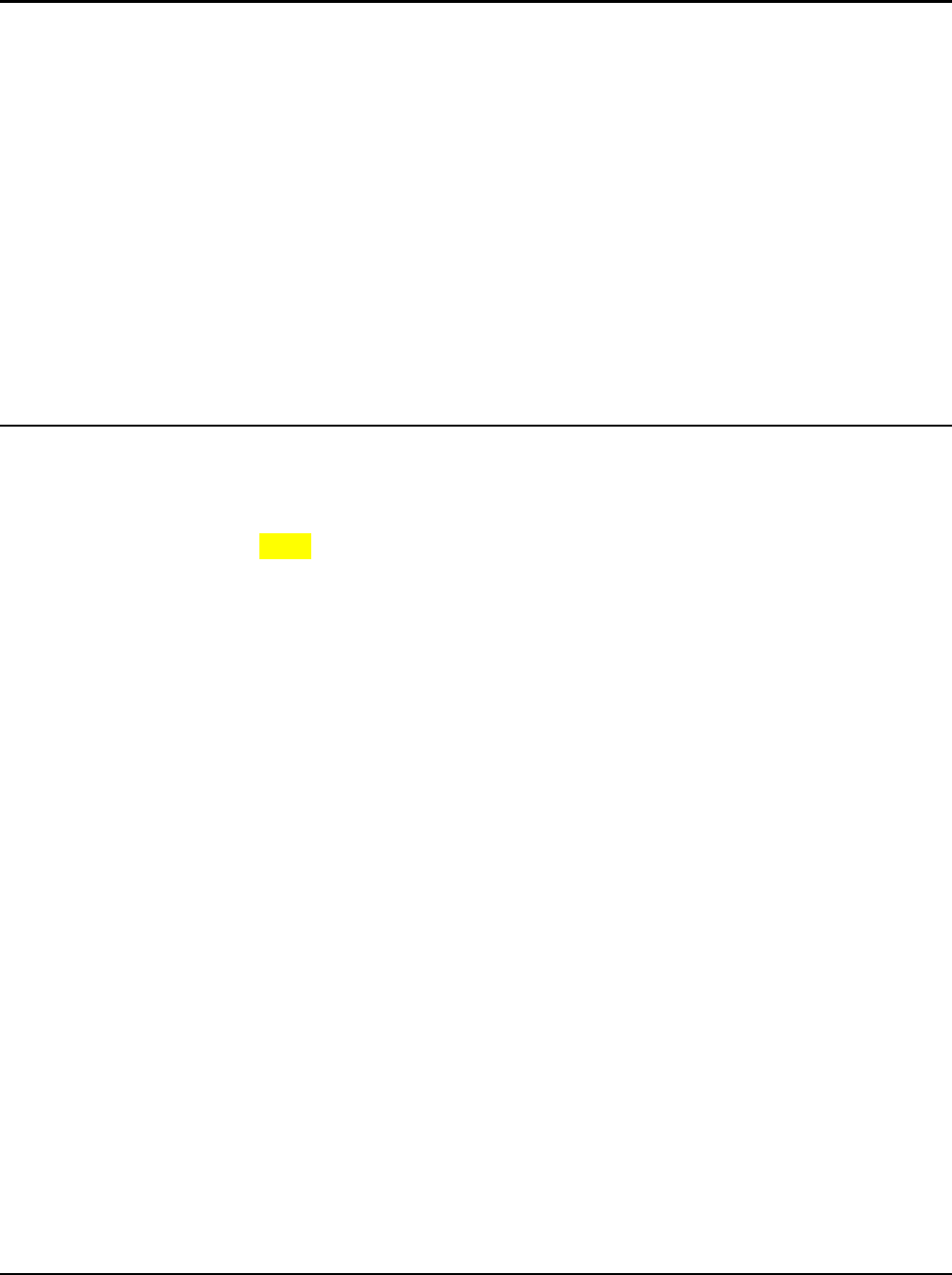
June 2020 FCIC 24050 28
328 Estates and Trusts Administration (continued)
C. Estates
The executor or administrator of an estate is not considered to be the same person for crop
insurance purposes. For the estate person type, the deceased person and the successor estate
is considered the same person for crop insurance purposes. When the ineligible person dies,
the successor estate is ineligible until the ineligibility is resolved.
D. Liability of Executor or Personal Representative when acting on behalf of an Estate or
Trust
If a delinquent debt occurs, the executor or personal representative (trustee) may be
determined individually ineligible based on its actions as the executor or personal
representative to the estate or trust. See Para. 327A(3).
329 Entities Created to Conceal or Evade Ineligibility
If an applicant or insured is a corporation, partnership, joint venture, trust, corporation, limited
liability company, limited partnership, or other similar entity that was created to conceal the
interest of an ineligible person or to evade the ineligibility determination of a person with a SBI in
the applicant or insured, then:
(1) such person is ineligible for crop insurance authorized under the Act; and
(2) all policies for such person will be void.
The following information may be useful when determining whether an entity was created to
conceal or evade ineligibility. The following are provided only to assist AIPs in making a
determination, and do not represent information that is required to be obtained before the AIP
determines that an entity was created to conceal or evade ineligibility.
(1) Is the entity in question comprised of the same or substantially the same person(s) as the
ineligible person?
(2) Was the entity in question created, or the process of creating the entity started:
(a) after the ineligible person was notified they were ineligible; or
(b) before the ineligible person was notified they were ineligible but at a time the ineligible
person could have reasonably known they were going to be determined ineligible?
(3) Did the entity not disclose that the ineligible person had a SBI in the entity?
(4) Is the entity’s business similar to that of the ineligible person, such as:
(a) operating in the same or similar geographic area as the ineligible person; and
(b) producing the same or similar commodities as the ineligible person historically
produced?
330-350 (Reserved)

June 2020 FCIC 24050 29
Section 4: Notification and Certification
351 AIP Ineligibility Notification for a Debt
A. Proper Notification and Due Process
Prior to the date of delinquency, the AIP must provide to the insured person and all
transferees:
(1) written notice of any debt due; and
(2) a meaningful opportunity to contest the determination.
For this handbook, when an insured person is referenced, it is implied that it is inclusive of
both the named insured as shown on the accepted Application and transferee for instances
when there is both an insured person and transferee on a policy or portion of a policy.
If the transfer of coverage and right to an indemnity that was executed was for only a portion
of the policy, any Notice of Debt to the transferee must only be for the portion of the policy
that was transferred to them. See Para. 325.
B. Notice of Debt
The Notice of Debt is the written statement of the debt that is due. The Notice of Debt
provides the right to review and contest the existence or the amount of debt. The Notice of
Debt must:
(1) include the current amount of debt owed;
(2) advise that if the debt is not paid or a written payment agreement is not signed by the
insured and approved by the AIP on or before the date of delinquency, the policy will
terminate;
(3) inform the person that they will be ineligible for crop insurance the next crop year for
any crop on which the termination date has not passed and on all crops in subsequent
crop years until eligibility is regained;
(4) inform the person that they will be placed on a list of persons ineligible for crop
insurance;
(5) advise the person that they are allowed 30 days from the date of the Notice of Debt to
review and contest the existence or amount of the debt;
(6) inform the person that requesting an administrative review does not delay, defer, or
otherwise change the requirement the entire debt be paid or a written payment agreement
be executed by the termination date, or their name being placed on the ineligible list; and
that an administrative review does not take the place of, or limit your right to, mediation,
arbitration, or judicial review, as applicable, according to the terms of your policy; and
(7) include a CC: to the insured’s Agent. The AIP’s ITS process must document when and
how Agents will receive these Notices of Debt.

June 2020 FCIC 24050 30
351 AIP Ineligibility Notification for a Debt (continued)
B. Notice of Debt (continued)
The Notice of Debt must be sent to the insured person’s last known address. If an insured has
both an overpaid indemnity debt and a premium revision debt, the AIP must provide a Notice
of Debt for each debt type to the insured person. If the person fails to pay by the due date
stated in the Notice of Debt, or fails to execute a written payment agreement, then the
ineligible person must be certified to RMA and their information transmitted to ITS in
accordance with Para. 353 for each debt type (unpaid administrative fees and premium,
overpaid replanting payment; overpaid indemnity, and premium revisions, etc.).
See Part 4 for procedure regarding reviewing and contesting the debt. See also Exh. 5 and 6
for applicable Notice of Debt letters.
C. Other Amounts Due
In addition to subparagraph B above, if the Notice of Debt is for other amounts due, then the
Notice of Debt and an associated billing statement (e.g., premium revisions after termination,
claim overpayments, etc.) must be provided to the person within 90 days after the
determination and assignment of the debt to the person’s account. The associated billing
statement must detail and itemize the revisions which generated the other amount due.
Exception: A billing statement does not have to be sent if the Notice of Debt contains the
information that would be included in a billing statement, including an
explanation of the cause of debt and any interest or fees included in the total
amount due.
This is the only required notification to be sent to the person for other amounts due.
D. Documentation
All documentation and evidence supporting the delinquent debt must be maintained by the
AIP according to Para. 6. Such documentation and evidence must be made available to RMA
upon request according to Para. 5C.
E. Meaningful Opportunity to Review and Contest the Debt
(1) A meaningful opportunity to review and contest the debt is the opportunity for the
insured to review the existence of the amount due and to resolve any disagreement with a
decision by the AIP through requesting a review of the decision by:
(a) the AIP;
(b) mediation;
(c) arbitration; or
(d) judicial review, as applicable.
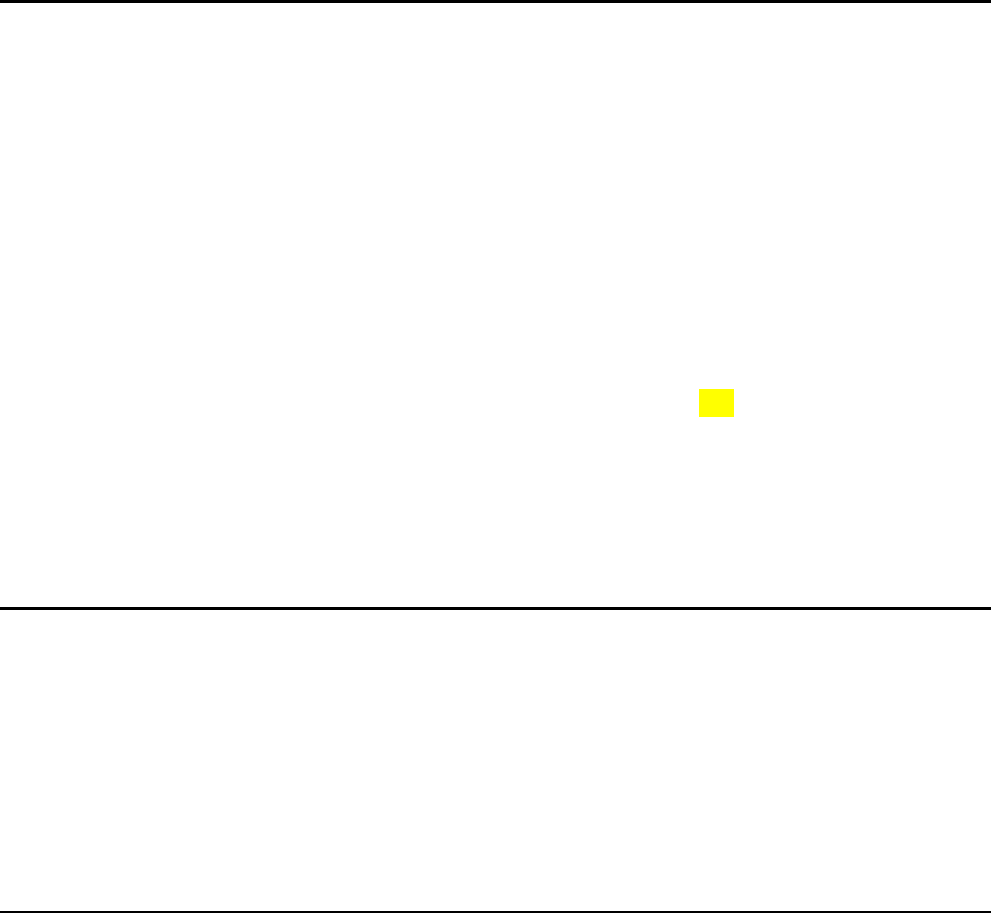
June 2020 FCIC 24050 31
351 AIP Ineligibility Notification for a Debt (continued)
E. Meaningful Opportunity to Review and Contest the Debt (continued)
If the debt is an AIP policy debt and the person contests the existence or amount of debt,
the person may submit a request for an administrative review to the AIP or seek
mediation and arbitration, if applicable.
AIP decisions cannot be appealed to NAD unless the AIP failed to provide the person the
required notifications and opportunity to review and contest the debt.
(2) If a person contests the existence or amount of debt, such action does not delay or
preclude the:
(a) AIP providing the person with all required notifications;
(b) requirement the person pay the debt by the applicable due date;
(c) effect of the AIP’s determination of ineligibility;
(d) person being certified to RMA as ineligible;
(e) person from being listed in ITS;
(f) RMA from issuing a Notice of Ineligibility; or
(g) termination of the applicable crop insurance policies.
352 AIP Notification for Disqualification, Suspension, Debarment, or Conviction
AIPs are not responsible for notifying persons determined ineligible for crop insurance due to
disqualification, debarment, suspension, or controlled substance violations. RMA is responsible
for notifying such persons and transmitting their information to ITS.
AIPs are required to notify RMA when they have evidence that a person is ineligible for crop
insurance because of a disqualification, debarment, suspension, or controlled substance violations.
AIPs must send evidence of the conviction, such as a signed court order for conviction of
controlled substance violations.
353 AIP Certifying Records to RMA
By submitting electronic records to ITS the AIP is certifying the person is ineligible to participate
in any program administered under the Act, and the person has been provided the applicable
notifications and opportunity to review according to Para. 351. A person must be given written
notice and an opportunity to review and contest the reasons program eligibility may be denied
before AIP submits electronic records to RMA. Any person certified to RMA will be identified as
ineligible on ITS.
See Appendix III for Ineligible Policy/Producer Record requirements (i.e., I60, I60A, I60B, and
I65).

June 2020 FCIC 24050 32
354 RMA Actions Upon Receipt of Information of Ineligibility
A. Ineligibility Because of Debt, Disqualification, Debarment, or Suspension
Upon receipt of a certification of a debt or notification of disqualification, debarment, or
suspension, RMA will include the person on ITS and issue a Notice of Ineligibility to the
person at the person’s last known address.
Generally, persons with an SBI in the ineligible person are also deemed ineligible. Ineligible
SBIs will be included on ITS and notified of such if the ineligibility is due to a delinquent
debt. SBI holders include, but are not limited to, spouses, minors, members and partners of
general partnerships, joint ventures, limited partnerships, limited liability partnerships, and
limited liability companies. The applicable AIP will be notified if ineligibility is for
delinquent debt owed to AIP. RMA may request supporting documentation, if needed.
Failure to receive the Notice of Ineligibility by the person does not limit the enforcement of
ineligibility or extend the deadline for filing an appeal determined by using a reasonable
receipt date for the notice.
The Notice of Ineligibility will:
(1) list the criteria upon which ineligibility has been based;
(2) contain a brief statement of the facts to support ineligibility;
(3) state the time period of ineligibility;
(4) advise the person of the right to appeal being included on ITS; and
(5) advise the person that any insured in which he or she has a SBI will be affected by
having the premium and coverage reduced by the amount of the ineligible person’s
interest in a policy, if applicable.
See Para. 403 for NAD appeal rights. See Exh. 9-16 for Notice of Ineligibility letters.
B. Ineligibility Because of Conviction of a Controlled Substance Violation
Upon receipt of an insured’s controlled substance conviction, RMA will:
(1) research the policyholder database to verify crop, SCD of crop, crop year and
ineligible/eligible dates;
(2) include person on ITS; and
(3) issue a Notice of Ineligibility, including the person’s right to appeal including them on
ITS, to the person at their last known address.
See Exh. 12 for Notice of Ineligibility because of conviction of controlled substance
violations.
355-400 (Reserved)
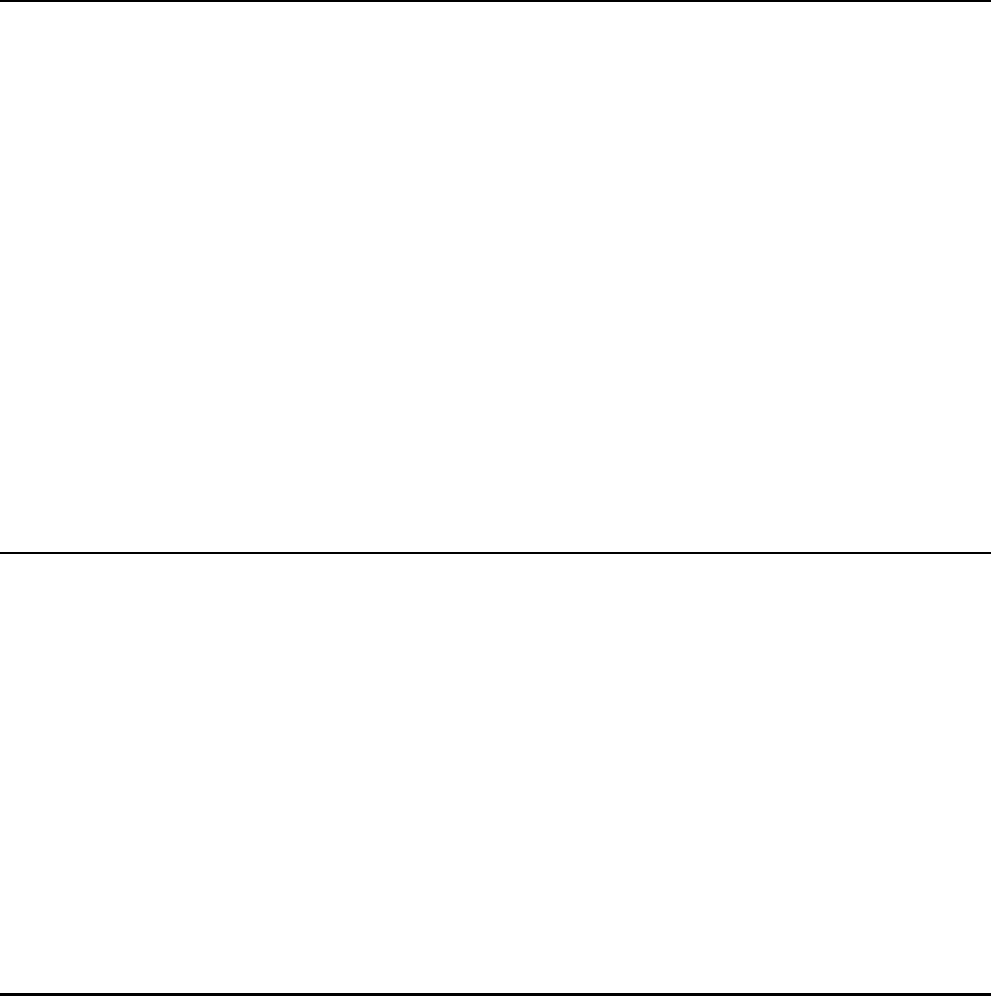
June 2020 FCIC 24050 33
PART 4 MAINTAINING, REGAINING, AND REINSTATING ELIGIBILITY
Section 1: Reviews and NAD Appeals
401 Reviews Before Certification as Ineligible
A. Debt
If the person disputes a debt owed to the AIP, the person may submit a request for a review to
the AIP or seek mediation and/or arbitration. Binding arbitration or disputes that are not
resolved before the termination date or other due date does not relieve the person of the
requirement to pay the debt on or before the termination date, or other due date.
Additionally, binding arbitration or disputes will not prevent the person from being
determined ineligible and their information transmitted to RMA as ineligible, and being
issued a Notice of Ineligibility, unless the person executes a written payment agreement. See
Para. 351E(2).
AIP decisions regarding the determination of the debt cannot be appealed to NAD.
B. Disqualification, Suspension, Debarment, or Controlled Substance Violations
Determinations of disqualification, suspension, debarment, or controlled substance violations
are not reviewable under these procedures.
402 Reviews After Certification as Ineligible
After a person has been determined to be ineligible, certified and their information transmitted to
RMA, the person may submit an appeal to the NAD if the person believes that they have been
certified and their information transmitted to RMA in error, or if the person believes RMA or the
AIP failed to give proper notice and a meaningful opportunity for review and to contest the debt
before being certified and transmitted to RMA.
Failure of AIP to notify the person of the debt or comply with the procedures in Para. 351 does not
prevent termination of insurance under the terms of the policy, it only limits a timely
determination of ineligibility.
A person whose ineligibility is based on disqualification, debarment, suspension, or a conviction
for a controlled substance violation may appeal to NAD only if they believe they have been listed
in ITS in error.
403 NAD Appeal Requirements
To appeal to NAD:
(1) the person appealing to NAD must be the person found ineligible and included on ITS.
(2) any appeal must be submitted to NAD within 30 days of the date of receipt of the applicable
notice of ineligibility.
(3) the person who is listed on ITS because of delinquent debt cannot appeal to NAD contesting
ineligibility based solely on debt.
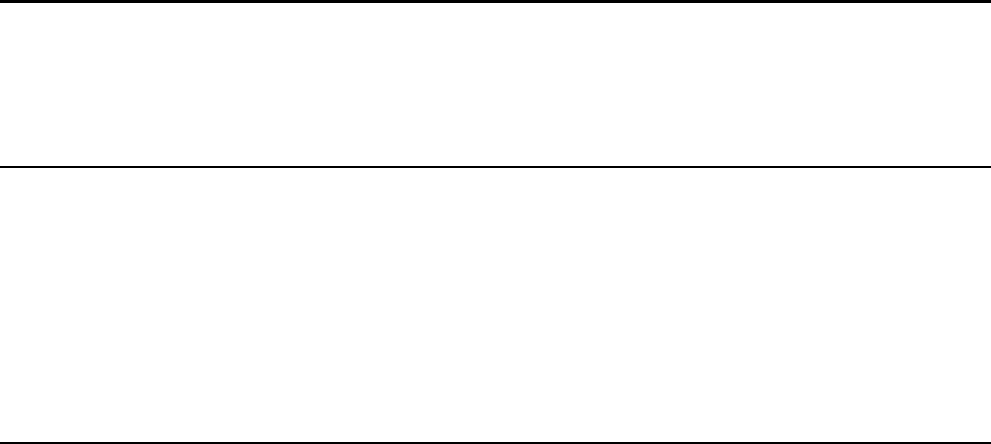
June 2020 FCIC 24050 34
403 NAD Appeal Requirements (continued)
(4) any challenge to the debt must be made to the AIP according to the applicable policy. A
person may appeal being included in ITS if the AIP failed to comply with the procedures in
Para. 351, but cannot appeal the existence of the debt.
404 Impacts of NAD Appeal
A request for a NAD appeal will not result in the person being removed from ITS.
Pending resolution of the NAD appeal, all policy provisions and responsibilities of the person,
such as filing applicable reports, giving notice of damage, etc., and the AIP will apply. This
assures all determinations necessary to establish premium, liability, any indemnity, etc., under the
policy can be made, if applicable. However, no payment or indemnity will be made while the
appeal is pending.
405-410 (Reserved)
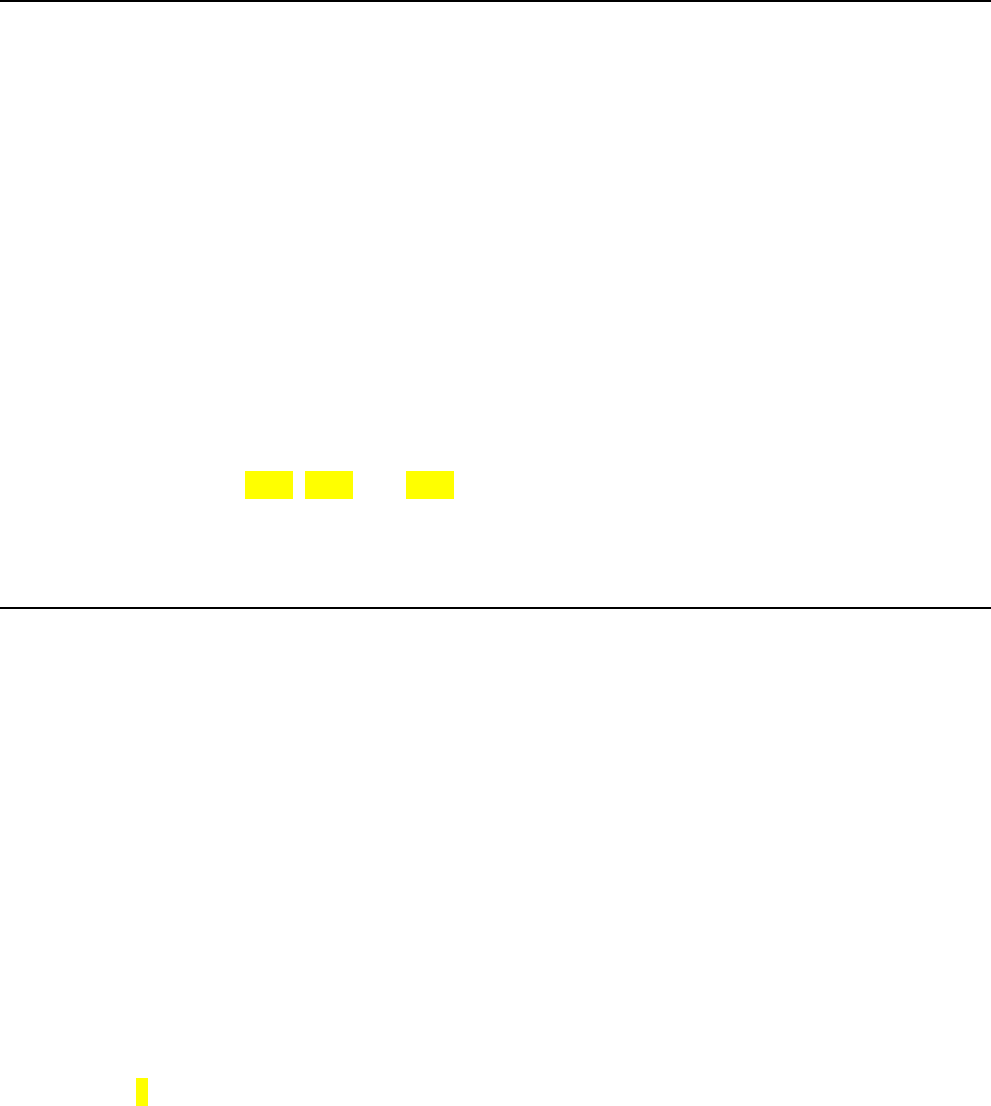
June 2020 FCIC 24050 35
Section 2: Written Payment Agreements
411 Purpose
A written payment agreement is a written document that is signed and dated by all applicable
parties to satisfy financial obligations of the debtor with scheduled installment payments under
conditions that modify the terms of the original debt. A written payment agreement may be
executed by the debtor and the AIP or FCIC to satisfy financial obligations of the person to
maintain eligibility by staying an ineligibility determination or to regain eligibility after an
ineligibility determination is rendered.
Only one written payment agreement is permitted per termination date. However, a written
payment agreement may cover multiple crops provided the termination date is the same for each
crop.
Note: One written payment agreement may include multiple crop years (such as for
overpaid indemnity determinations); however, the duration in which the person has
to satisfy the payment agreement must not be longer than two years.
Example: Insured executes a written payment agreement for an overpaid indemnity for crop
years 2017, 2018, and 2019 that have the same due date as determined by the
notice of other amounts due. The insured has two years from the date of execution
to satisfy the debts due under the agreement.
412 Requirements and Modifications
A written payment agreement requires scheduled installment payments that allow for full
repayment of the debt, and cannot be:
(1) more than two years in duration; and
(2) modified, replaced, or consolidated after it is executed by the person or the AIP.
Exception: A debt may be modified if other conditions of the policy apply, e.g., offset due
to indemnity payment. If a debt is modified by policy conditions, then
remaining debt must be paid within the same payment schedule outlined in the
written payment agreement. A loss credit is treated as a scheduled payment
for this purpose.
The AIP must provide the insured the revised payment amounts in writing and
in accordance with the time remaining under the written payment agreement.
See Exh. 7 for an example written payment agreement.
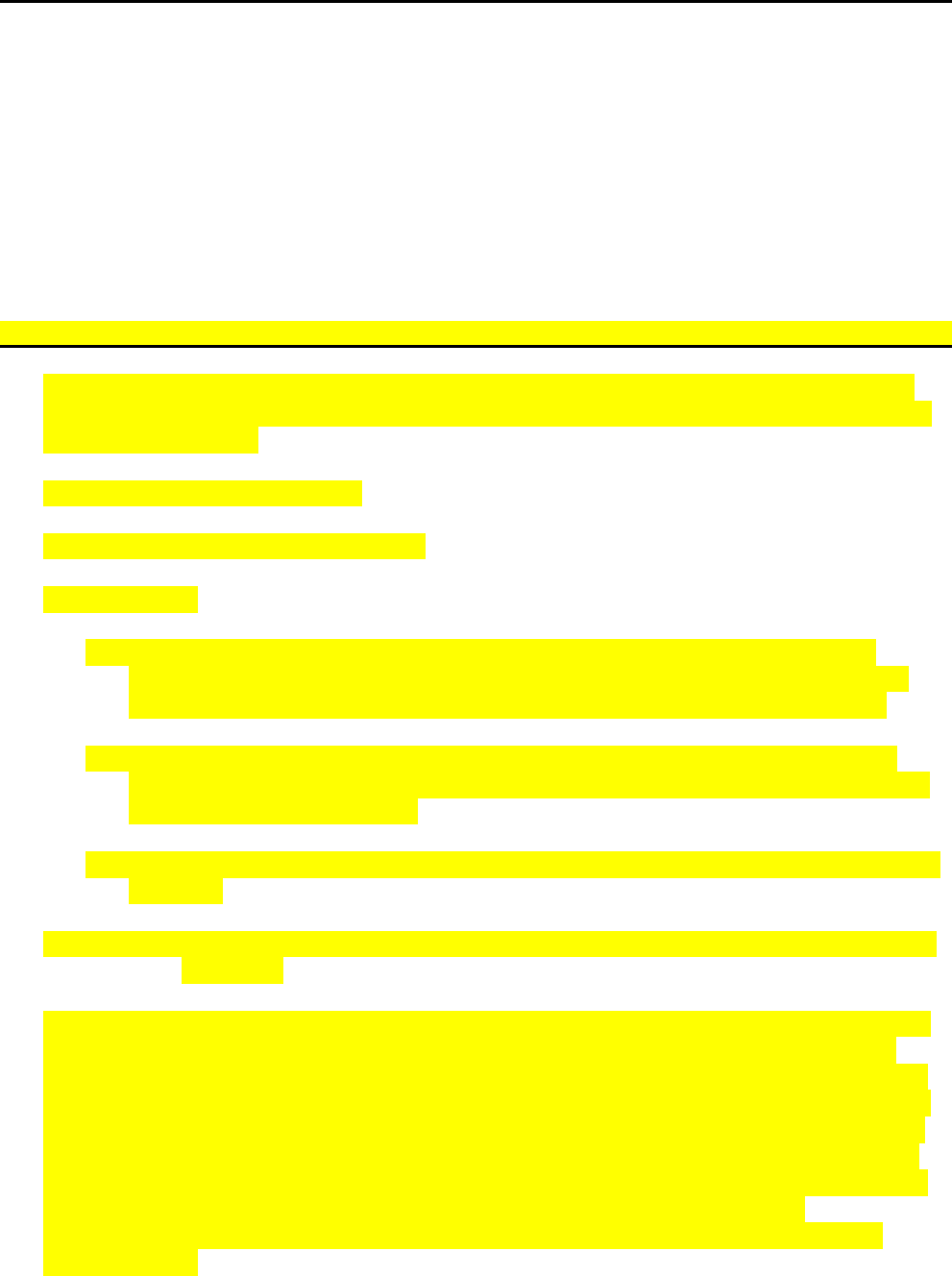
June 2020 FCIC 24050 36
413 Timing and Signature
To prevent an ineligible determination for a delinquent debt from:
(1) unpaid premium, administrative fees, or CAT fees, the written payment agreement must be
signed by all applicable parties, dated, and received by the AIP on or before the termination
date specified in the applicable policy to avoid a period of ineligibility; or
(2) other than for unpaid premium, administrative fees, or CAT fees, the written payment
agreement must be signed by all applicable parties, dated, and received by the AIP on or
before the due date specified in the notice to the person of the amount due to avoid a period of
ineligibility.
414 Notifications of Payments Due during a Written Payment Agreement
AIPs are required to provide the insured a notification before each payment due date within an
executed written payment agreement. Notifications must include the following information (see
Exhibit 8 for example):
(1) Current payment amount due;
(2) Date the current payment is due; and
(3) Advise that:
(a) if the payment is not paid on or before the due date, the policy will terminate and
ineligibility will be established effective on the date determined under the applicable
policy provisions in effect at the time the written payment agreement was entered;
(b) they will be ineligible for Federal crop insurance the next crop year for any crop on
which the termination date has not passed and on all crops in any subsequent crop year
until eligibility is regained; and
(c) inform the person that they will be placed on a list of persons ineligible for Federal crop
insurance.
Note: Notifications could additionally contain the total amount of debt remaining on the
agreement.
This notification statement must be provided to the insured at least 15 calendar days before each
payment due date and sent even if the insured has not made the prior month’s payment. The
notification is not required to be sent if the insured has defaulted on the payment agreement (2
nd
prior month’s payment was not received or did not qualify for AIP authorized reinstatement, see
Para. 416). The notification may be sent via postal mail or electronic communication, provided
that the insured has agreed to receive electronic communications of this type. If sent via postal
mail, then the date on the notification must coincide with the date mailed. If sent electronically,
there must be record that shows time/date stamp of when the notification was sent.
Documentation, for record retention purposes, for mailed notifications can be a copy of the
notification sent.

June 2020 FCIC 24050 37
414 Notifications of Payments Due during a Written Payment Agreement (continued)
Example: An insured with a crop termination date of March 15, 2021, is indebted and enters
into a written payment agreement signed and approved by all parties on or before
March 15, 2021. The payments are due on the first of each month beginning April
1st. The notification for the June payment was sent May 17
th
even though the May
payment had not yet been received yet. If the May payment wasn’t received or
postmarked by May 15
th
, then the insured is in default and the notification for the
July payment is not required.
Exception: If a written payment agreement was executed and the first payment due date is
within 15 calendar days, a notification of payment due is not required for the first
payment due date.
415 Failure to Make Payments Timely
If the insured fails to make any scheduled payment, ineligibility is established effective on the
date determined under the applicable policy provisions in effect at the time the written payment
agreement was entered.
Example: An insured with a crop termination date of March 15, 2021, is indebted and enters
into a written payment agreement signed and approved by all parties on or before
March 15, 2021. The payments are due on the first of each month beginning April
1. The May 1, 2021, payment is not received. Ineligibility is established on the
termination date for the crop year prior to the crop year in which the payment was
due (March 15, 2021).
Prior to the defaulted written payment agreement, new Applications for corn and
soybeans were accepted for the insured by the SCD for those crops (March 15,
2021). As a result of the default, the corn and soybean policies will be terminated
as of their respective termination dates for the prior crop year. Any new
Application for a crop will be rejected until the debt is resolved.
For more information on ineligibility effective date and benefits termination, see Para. 313C. For
more information on termination, see Paras. 503, 513, or 523, depending on the type of policy
being terminated.
416 Written Payment Agreement and AIP Authorized Reinstatement
For written payment agreement, the following applies. See GSH Part 7, section 3 for more
information.
A. Small Amounts Authority
If the insured has missed a payment under a previously executed written payment agreement
and meets the conditions for small amount authority, the insured must remit full payment of
the entire debt that is owed to qualify for AIP authorized reinstatement.

June 2020 FCIC 24050 38
416 Written Payment Agreement and AIP Authorized Reinstatement (continued)
B. Clearly Transposed Amounts
If the insured missed a payment under a previously executed written payment agreement and
meets the conditions for clearly transposed amounts, the insured is allowed to pay the correct
amount for the scheduled payment that is due under the written payment agreement.
C. 7-day Transit Period
For written payment agreement, a timely full payment of the scheduled payment amount
owed, dated on or before the due date, submitted by the insured, that was delayed, due to
postal delivery, as evidenced by the postmarked date no more than 7 days after the due date
on the agreement, is allowed AIP authorized reinstatement. In accordance with GSH Para.
733C., payments hand-delivered to the respective agent or AIP after the due date do not
qualify for reinstatement under the 7-day transit authority. There is no limit to how many
times an insured, under a written payment agreement, may receive reinstatement under the
written payment agreement.
The AIP must report the scheduled payment due date as the date of delinquency to ITS when
a payment is postmarked within 7 days of the scheduled payment date with the Ineligible
Transaction Code of “47” after submitting the insured to ITS with the appropriate Ineligible
Transaction Code according to the debt type.
Example: An insured with a crop termination date of March 15, 2021, is indebted and
enters into a written payment agreement signed and approved by all parties on
or before March 15, 2021. The payments are due on the first of each month
beginning April 1. The May 1, 2021, payment (dated May 1
st
) is received
postmarked May 6, 2021.
The insured must be reported to ITS with an Ineligible Transaction Code of
“1” with a debt delinquency date of May 1, 2021, then subsequently reported
with the Ineligible Transaction Code of “47”, with a debt satisfied date of May
6, 2021. The “47” Ineligible Transaction Code will remove any period of
ineligibility as the eligible date will be updated to match the debt delinquency
date.
The insured’s July 1, 2021, payment (dated July 1
st
) is received postmarked
July 7, 2021. Again, the insured must be reported to ITS with an Ineligible
Transaction Code of “1” with a debt delinquency date of July 1, 2021, then
subsequently reported with the Ineligible Transaction Code of “47”, with a
debt satisfied date of July 7, 2021.
The insured’s August 1, 2021, payment (dated August 5
th
) is received
postmarked August 6, 2021. Since this payment is not considered timely (not
dated on or before the due date), it would not be allowed reinstatement under
the 7-day transit period authority. However, this payment would be allowed
reinstatement under the 15-day grace period authority. See subparagraph D
for more information on the 15-day grace period.

June 2020 FCIC 24050 39
416 Written Payment Agreement and AIP Authorized Reinstatement (continued)
D. 15-day Grace Period
For a previously executed written payment agreement, a payment that is the full payment of
the scheduled payment amount owed that is dated, submitted by the insured, and postmarked
no more than 15 calendar days after the due date on the agreement, is allowed AIP authorized
reinstatement. Additionally, payments hand-delivered to the respective agent or AIP within
15 calendar days after the due date do qualify for reinstatement under this authority, provided
the respective agent or AIP documents that receipt of the payment occurred no more than 15
calendar days after the due date. There is no limit to how many times an insured under a
written payment agreement may receive reinstatement under the written payment agreement.
The AIP must report the scheduled payment due date as the date of delinquency to ITS when
a payment is postmarked no more than 15 days after the scheduled payment date with the
Ineligible Transaction Code of “46” after submitting the insured to ITS with the appropriate
Ineligible Transaction Code according to the debt type.
Example: An insured with a crop termination date of March 15, 2021, is indebted and
enters into a written payment agreement signed and approved by all parties on
or before March 15, 2021. The payments are due on the first of each month
beginning April 1. The May 1, 2021, payment (dated prior to May 15) is
received postmarked May 13, 2021.
The insured must be reported to ITS with an Ineligible Transaction Code of
“1” with a debt delinquency date of May 1, 2021, then subsequently reported
with the Ineligible Transaction Code of “46”, with a debt satisfied date of May
13, 2021. The “46” Ineligible Transaction Code will remove any period of
ineligibility as the eligible date will be updated to match the debt delinquency
date.
Next, the July 1, 2021, payment (dated prior to July 15) is received
postmarked July 15, 2021. Again, the insured must be reported to ITS with an
Ineligible Transaction Code of “1” with a debt delinquency date of July 1,
2021, then subsequently reported with the Ineligible Transaction Code of “46”,
with a debt satisfied date of July 15, 2021.
417 ITS Transmissions and Written Payment Agreements
A. Written Payment Agreements Executed After Termination Date or Other Due Date in
Notification
If a written payment agreement is executed after the termination date or other due date in a
notification, the person must be made eligible as of the date the written payment agreement
was executed. The Ineligible Transaction Code of “06” must be used when transmitting the
written payment agreement date for eligibility purposes.
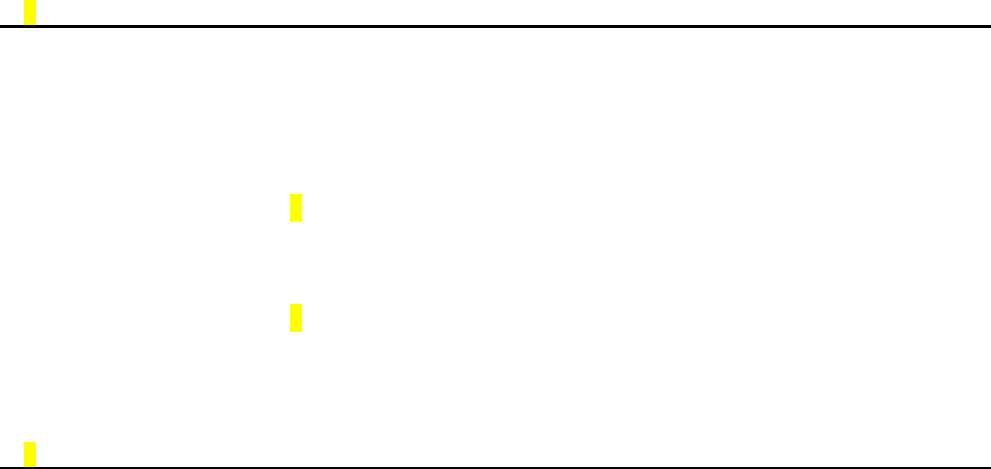
June 2020 FCIC 24050 40
417 ITS Transmissions and Written Payment Agreements (continued)
B. Defaulted Written Payment Agreement
If a person defaults on a payment agreement, an I60 record must be submitted in accordance
with Para. 202.
If the person executed the written payment agreement prior to the termination date or due
date in the notification, and subsequently defaults on the written payment agreement, the
Special Purpose Code of “D” must be used when submitting the I60 record.
If the person executed the written payment agreement after the termination date or due date in
the notification, then subsequently defaults on the written payment agreement, an Ineligible
Transaction Code of “11” must be used when the eligibility reversal date is submitted using
the I60 record.
418-425 (Reserved)
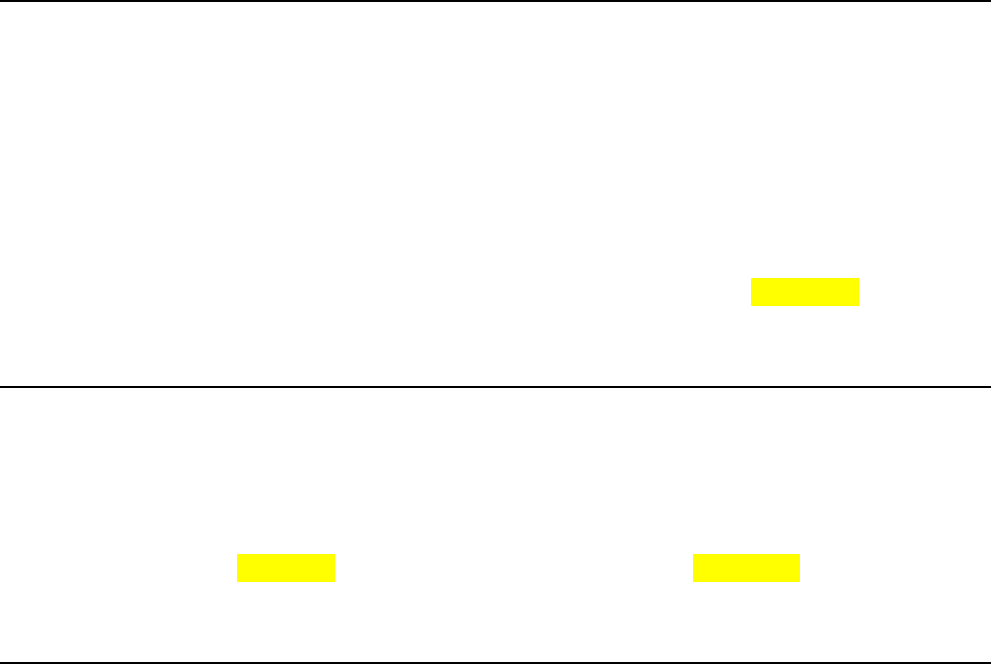
June 2020 FCIC 24050 41
Section 3: RMA Administrator and AIP Authorized Reinstatement
426 Late Payment of Debt Authority
The Administrator may authorize reinstatement of an ineligible person’s policy if the ineligible
person can demonstrate that its failure to pay its debt timely was due to an extenuating
circumstance that was unforeseeable, unavoidable, or created a situation or event that prevented
the person from complying with making timely payment such as, but not limited to, the following:
(1) a weather event;
(2) medical event (serious illness or death); or
(3) an active duty United States military obligation.
See the GSH, Part 7 for more information regarding RMA Administrator Authorized
Reinstatement conditions.
427 AIP Authorized Reinstatement
In accordance with 7 CFR Part 400, subpart U, the CCIP, and these procedures, the AIP is
delegated the authority, by the Administrator, to reinstate a policy of a person determined to be
ineligible to participate in the crop insurance program if its ineligibility was solely due to their
failure to pay a delinquent debt and the conditions below are met.
See the GSH, Part 7, section 3 for more information regarding AIP Authorized Reinstatement
conditions.
428-450 Reserved
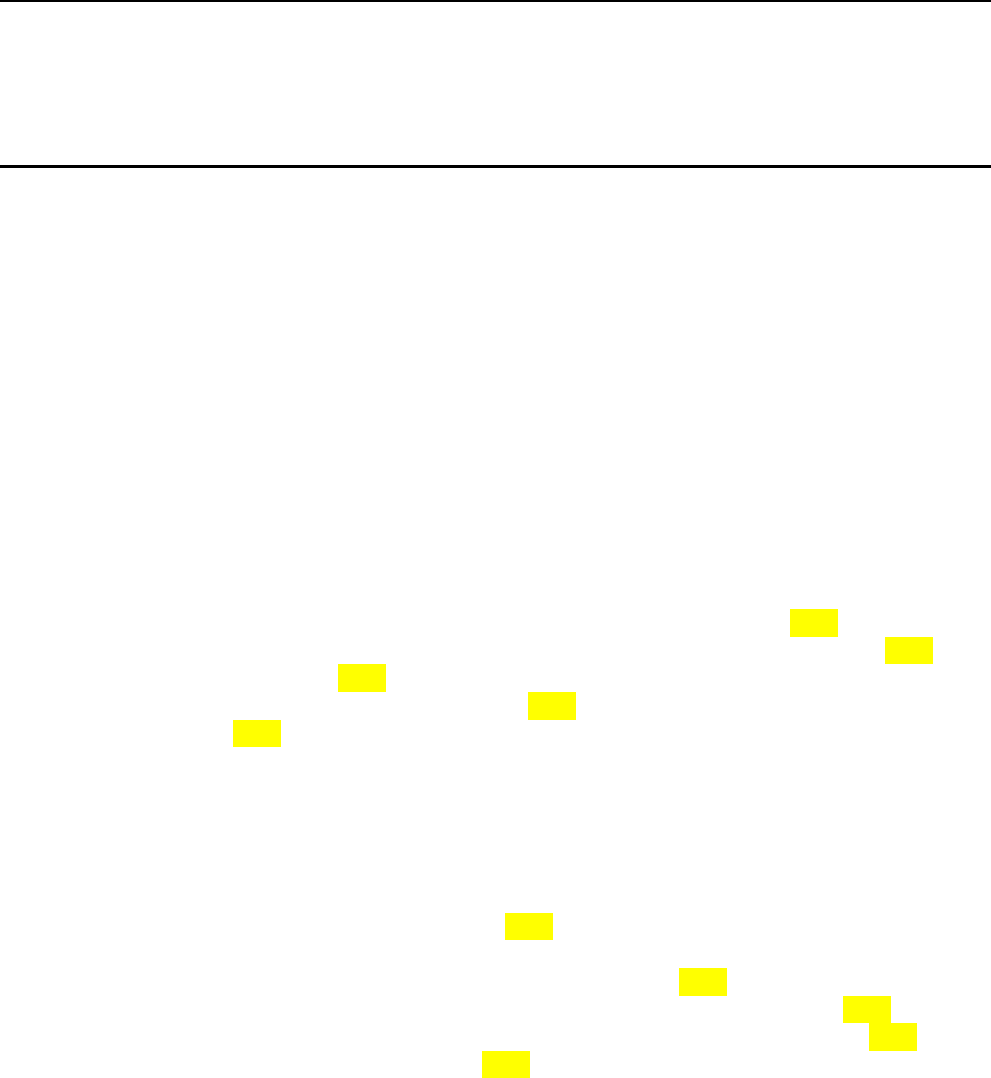
June 2020 FCIC 24050 42
Section 4: Bankruptcy
451 General
For ineligibility as a result of a delinquent debt, the period of ineligibility will be effective until
the debt is paid in full, discharged in bankruptcy, or the person has executed a written payment
agreement.
452 Filing of Bankruptcy Petition and Ineligibility Determinations
A delinquent debt is a debt that is not satisfied on or before the date of delinquency, such as the
termination date, due date contained in a written payment agreement, or due date specified in the
notice to the person of the amount due.
(1) If the person filed a bankruptcy petition on or before the delinquent debt became due, then the
person will not be determined ineligible.
(2) If the person filed a bankruptcy petition after the delinquent debt became due, then the person
will be determined ineligible as of the termination date. The filing of bankruptcy does not
reinstate eligibility; however, it does prevent the collection of any debts due.
The person’s information will be transmitted to ITS. To regain eligibility, the person must
either pay the debt in full, execute a written payment agreement (if one has not been executed
previously), or have debt discharged in bankruptcy.
Example: An insured fails to pay its premium due by the March 15, 2021 termination
date. The AIP transmits the insured as ineligible to ITS on April 3, 2021. On
March 30, 2021, the insured files for bankruptcy. The AIP is notified of the
bankruptcy filing on April 20, 2021. The insured is ineligible as of March 15,
2021 (since the debt was delinquent prior to the bankruptcy filing date). The
insured remains ineligible until the debt is discharged.
Exception: A person may obtain a crop insurance policy if the court provides specific
written authority for the person to incur future crop insurance debt. Once
received, eligibility is reestablished as of the bankruptcy filing date.
Example: On April 26, 2021, the insured provides the AIP a signed
judgment from the court that states the insured may incur crop
insurance debt as of March 30, 2021 filing date. The insured
reestablishes eligibility retroactive to March 30, 2021 filing
date. The period of ineligibility is from March 15, 2021 to
March 30, 2021.
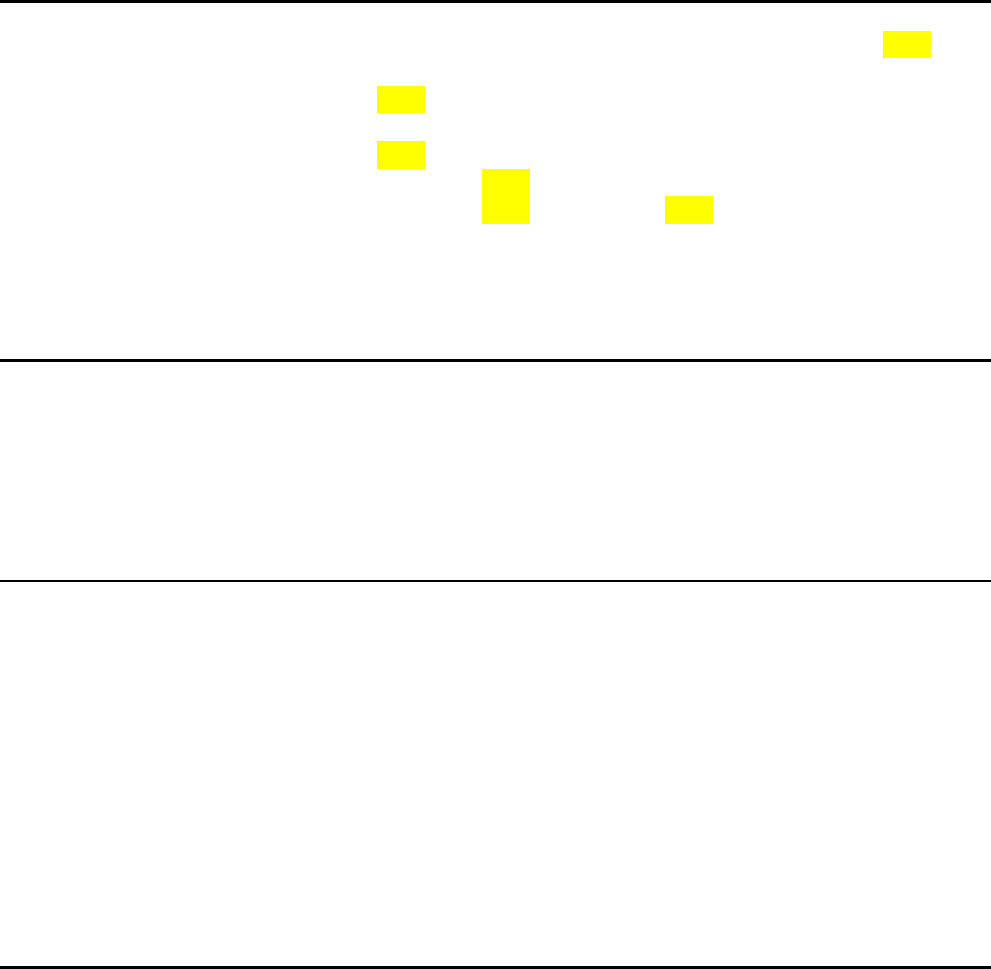
June 2020 FCIC 24050 43
452 Filing of Bankruptcy Petition and Ineligibility Determinations (continued)
Example: The insured files for bankruptcy after the March 15, 2021,
termination date. The bankruptcy petition is filed on March 18,
2021. The insured provides the AIP a notice from the court that
they may incur future crop insurance debt dated March 30,
2021. The insured reestablishes eligibility retroactive to the
March 18, 2021 filing date. The period of ineligibility is from
March 15, 2021 to March 18, 2021.
Note: The AIP must transmit the I60 record using the Ineligible
Transaction Code of “10” including bankruptcy filing date.
453 Bankruptcy Discharge
A bankruptcy discharge releases the debtor from any delinquent crop insurance debt included in
the petition, and any associated amendments to the petition. The discharge is a permanent order
prohibiting any form of collection action on the discharged debt. Once a discharge has been
received, the person regains eligibility as of the bankruptcy discharge date, unless eligibility is
reestablished earlier pursuant to Para. 452.
454 Bankruptcy Dismissal
When a bankruptcy is dismissed, the delinquent debt is now collectable. If the person filed for
bankruptcy on or before the date of delinquency and the debt was not paid in full, then the person
is now ineligible and the person’s information must be transmitted to ITS. See Para. 455 for ITS
transmissions for bankruptcy dismissals.
If the bankruptcy was filed after the date of delinquency, then the person is now ineligible. If the
person was made eligible due to a signed judgement from the court to incur future debt, then the
persons ineligibility must be reestablished. See Para 455 for ITS transmissions for bankruptcy
dismissals. If the person did not have a signed judgement to incur future debt, then they are
currently listed as ineligible and the AIP is not required to do anything. See Part 5 for the
effective termination dates by insurance plan.
455 ITS Transmissions for Bankruptcy Filings, Dismissals, and Discharges
A. Bankruptcy Filing Date Prior to Termination or Other Due Date
When a person files a bankruptcy petition prior to the termination date, the AIP must not
transmit the person to ITS. The AIP should consult their legal counsel for further guidance.
If an ITS record has been transmitted (either CAT or additional coverage (buy-up)), the AIP
must request that the record be deleted and provide a copy of the bankruptcy filing notice
with the request to its assigned RMA ITS representative.
Exception: For additional coverage (buy-up) policies only, the AIP has the authority to
delete the record within the first 7 days of establishment and transmission.

June 2020 FCIC 24050 44
455 ITS Transmissions for Bankruptcy Filings, Dismissals, and Discharges (continued)
B. Bankruptcy Filing Date After Termination or Other Due Date
A person’s information must be transmitted to ITS per Para. 202 if they are ineligible due to a
delinquent debt.
(1) If the person files for bankruptcy:
(a) after the termination date, then they will remain on ITS until the person provides an
order from the bankruptcy court to incur future debt in accordance with Paras. 453
and 454 or is discharged in accordance with subparagraph D.
(b) after the termination date and before the AIP has transmitted the record to ITS, then
the AIP must transmit the record with the appropriate Ineligible Transaction Code
that corresponds with the type of debt owed.
Exception: If the AIP receives notification that the person may incur future debts,
then the AIP must also reestablish eligibility in accordance with Para. 466
below, if applicable.
(2) If the AIP receives documentation indicating the person has filed for bankruptcy after the
AIP has transmitted the record to ITS, then the following applies.
(a) For CAT records established in ITS, the AIP must send a copy of the bankruptcy
filing notice to their assigned RMA ITS representative. The RMA ITS
representative will update the record to reflect that a bankruptcy has been filed.
(b) For additional coverage records established in ITS, the AIP must update I60 record
using an Ineligible Transaction Code of “10”, including the date the bankruptcy was
filed in the bankruptcy date field if the AIP receives notice that the person may incur
future crop insurance debt.
C. Bankruptcy Dismissal
If the AIP receives notification that the bankruptcy is dismissed, then the following applies.
(1) For CAT records, the AIP must provide its RMA ITS representative a copy of the
dismissal notice.
(2) For additional coverage records:
(a) If the person filed for bankruptcy prior to the termination or other due date, the
person should not have been reported to ITS yet due to the pending bankruptcy and
when the dismissal is received the AIP must submit an I60 record with the
appropriate Ineligible Transaction Code according to the debt type showing the
appropriate ineligibility date based on the original termination date or other due
date.

June 2020 FCIC 24050 45
455 ITS Transmissions for Bankruptcy Filings, Dismissals, and Discharges (continued)
C. Bankruptcy Dismissal (continued)
(b) If the person filed for bankruptcy after the termination date or other due date, then
the person is currently listed as ineligible and the AIP is not required to do anything.
(c) If the person filed for bankruptcy after the termination date or other due date, and
the AIP subsequently received notification that the person may incur future debt and
was made eligible as of the filing date, then the AIP must submit an I60 record with
the Ineligible Transaction Code of “12” and the Dismissal Date in the Eligibility
Reversal Date Field.
D. Bankruptcy Discharge
If the AIP receives notification that the bankruptcy is discharged, then the following applies.
(1) For CAT records, the AIP must provide its RMA ITS representative a copy of the
discharge notice.
(2) For additional coverage records:
(a) If the person filed for bankruptcy prior to the termination date or other due date,
then the AIP is not required to do anything.
(b) If the person filed for bankruptcy after the termination date or other due date, then
the AIP must submit an I60 record with an Ineligible Transaction Code of “10” with
the discharge date in the bankruptcy field. This ensures that the person is eligible as
of the bankruptcy discharge date.
456-460 (Reserved)
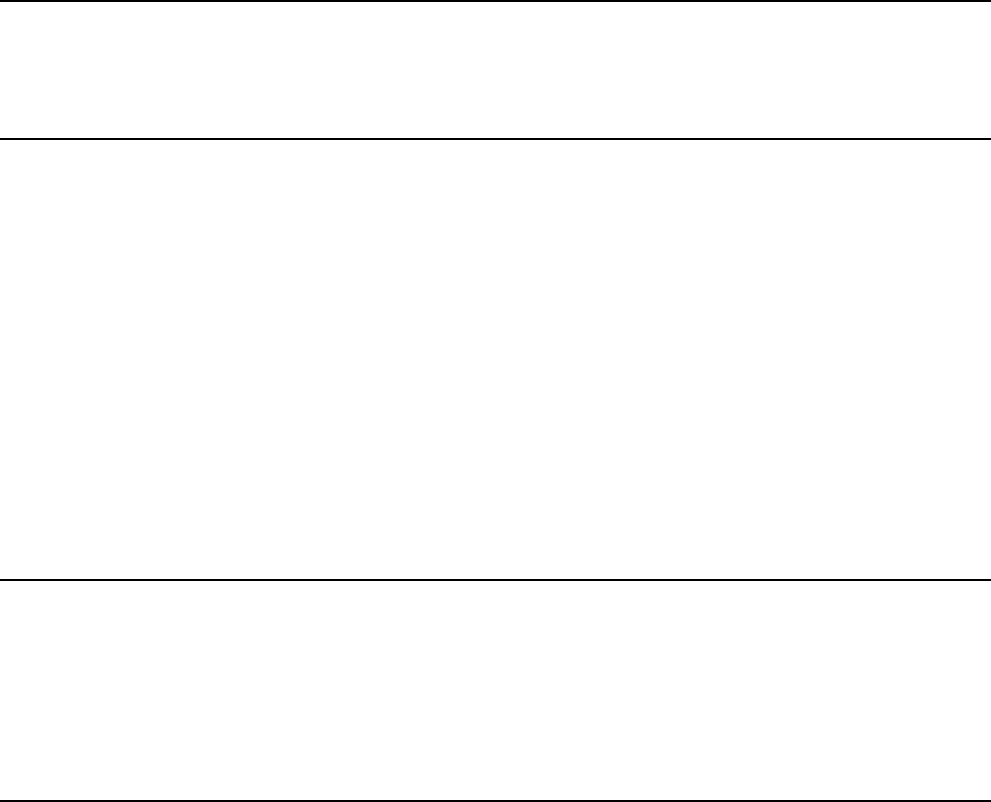
June 2020 FCIC 24050 46
Section 5: Regaining, Reestablishing, and Reinstating Eligibility
461 Regaining Eligibility After a Period of Ineligibility
After the period of ineligibility has ended, the ineligible person is eligible to participate in
programs authorized under the Act, if all eligibility requirements of Para. 301 are met.
462 Criteria for Retaining, Regaining, Reestablishing, and Reinstating Eligibility
For a delinquent debt, eligibility may occur if:
(1) the delinquent debt is paid in full;
(2) a written payment agreement is executed, and payments are rendered in accordance with said
agreement;
(3) a notice of bankruptcy discharge or an order from the bankruptcy court to incur future crop
insurance debt is provided to the AIP;
(4) RMA Administrator or AIP Reinstatement is authorized; or
(5) a favorable NAD decision is granted.
463 Debt Write-Off Authority to Retain or Reinstate Eligibility
See Appendix III, Part 3 Para. 26 for information regarding debt write-off to retain or reinstate
eligibility.
All CAT fees must be collected in full to retain or reinstate eligibility. There is no write-off
authority for CAT fees.
464 Reestablishing Eligibility After NAD Appeal
A. Favorable NAD Decision
If eligibility is reestablished based on a favorable NAD decision for the appellant or a
rescission by the FCIC based on information presented in the NAD appeal, then the person is
eligible as of the termination date and all voided or terminated policies are reinstated.
The person will be removed from ITS. If the person meets all eligibility requirements and
complied with all policy provisions, then the person is entitled to all applicable insurance
benefits for any affected crop effective with the beginning of the crop year insurance
coverage was denied due to being listed in ITS.
B. Unfavorable NAD Decision
If the person received an unfavorable NAD decision, the person remains ineligible for the
established period of ineligibility.

June 2020 FCIC 24050 47
465 Regaining Eligibility Under a Written Payment Agreement
Regaining eligibility under a written payment agreement requires the person to make all payments
according to the agreement. Failing to comply with the agreement will result in an immediate
determination of ineligibility. A subsequent Notice of Debt or Notice of Ineligibility is not
required to be sent upon default.
466 Reestablishing Eligibility for Bankruptcy
A. Notification to Incur Future Debts
(1) If the person filed for bankruptcy prior to the termination date or other due date, then the
following applies.
(a) For CAT policies, the AIP must notify its RMA ITS representative that the person is
eligible, provide a copy of the bankruptcy filing and an order from the bankruptcy
court to incur future debts.
(b) For additional coverage policies, the AIP is not required to transmit anything to ITS.
(2) If the person filed for bankruptcy after the termination or other due date, then the
following applies:
(a) For CAT policies, the AIP must notify its RMA ITS representative that the person is
eligible, provide a copy of the bankruptcy filing and an order from the bankruptcy
court permitting the insured to incur future debts.
(b) For additional coverage policies, the AIP must transmit the I60 record using the
Ineligible Transaction Code of “10”, including the bankruptcy date as of the date of
filing.
B. Debt Discharge
If the person filed for bankruptcy prior to the termination date or other due date:
(1) For CAT policies, the AIP must provide a copy of the bankruptcy discharge from the
court.
(2) For additional coverage policies, the AIP is not required to transmit anything to ITS.
If the person filed for bankruptcy after the termination date or other due date:
(1) For CAT policies, the AIP must notify its RMA ITS representative that the person is
bankruptcy eligible, and provide a copy of the bankruptcy discharge from the court.
(2) For additional coverage policies, the AIP must transmit the I60 record using the
Ineligible Transaction Code of “10”, including the bankruptcy date as of the date of
Discharge.
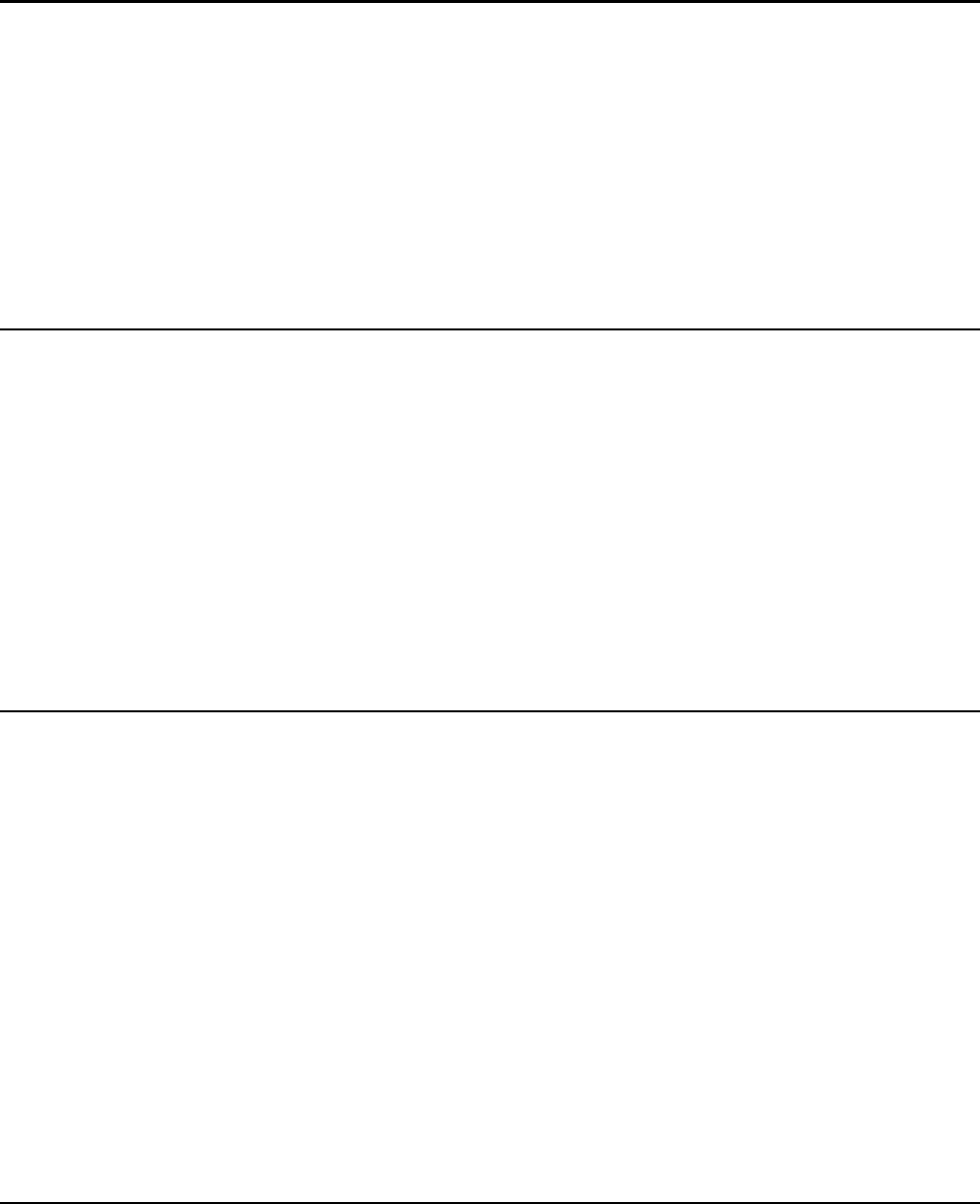
June 2020 FCIC 24050 48
467 Reinstatement of Eligibility
If an ineligible person is subsequently determined to be an eligible person through mediation,
arbitration, appeal, judicial review, or RMA Administrator or AIP authorized reinstatement, such
person’s policies will be reinstated effective at the beginning of the crop year for which the person
was determined ineligible. The eligible person will be entitled to all applicable benefits under
such policies, provided the person meets all eligibility requirements and complies with the terms
of the policy.
Once a policy is terminated or voided it cannot be reinstated for the current crop year unless it was
terminated or voided in error, or RMA Administrator or AIP authorized reinstatement applies.
468 Obtaining Crop Insurance After Regaining Eligibility
If a person wishes to obtain crop insurance authorized under the Act after the person regains
eligibility, they must submit a new Application for crop insurance coverage on or before the
applicable SCD of the terminated or desired policy(ies). If the date of regaining eligibility occurs
after the applicable SCD for the crop, the person may not obtain crop insurance until the following
year.
Exception: Some crops, such as Nursery, allow Applications to be submitted after the SCD
with a waiting period for insurance attachment. In such cases, the person would be
able to participate in that crop program in the crop year eligibility is regained, if a
new Application is submitted and all other criteria met. This is considered a new
policy, not a policy being reinstated.
469 Coverage for a Reinstated Policy
If a policy was terminated or voided and then reinstated because it was terminated or voided in
error, or RMA Administrator or AIP reinstatement applied, then reinstatement is effective for the
crop year that the policy was terminated or voided.
For RMA Administrator or AIP Reinstatement, the coverage provided under the reinstated policy
will use the same plan of insurance, coverage levels, endorsements and options the person had
prior to termination or voidance, provided the person continues to meet all eligibility requirements
and comply with the terms of the policy, and there is no evidence of misrepresentation or fraud.
To make changes in a subsequent policy year a Policy Change form or a new Application is
required.
The insured must remain with the original agent and AIP unless a transfer Application was
completed prior to the termination date for the new policy. It is the responsibility of the original
AIP or the insured to notify the succeeding AIP of the decision for RMA Administrator
Authorized reinstatement.
470-500 (Reserved)

June 2021 FCIC 24050-1 49
PART 5 TERMINATION
Section 1: CCIP (2011 and subsequent, with a CCD on or after April 30, 2010), ARPI, RIVI
Plans, DRP (2021 or prior), LGM –Dairy (2011 and Subsequent) and Swine (2012 and
subsequent), and LRP-Fed, Feeder, and Swine (2021 and subsequent)
501 Unpaid Administrative Fees or Premiums
If the policy is terminated because of unpaid administrative fees or premiums, then the termination
is effective on the termination date immediately subsequent to the billing date for the crop year.
Policies with a SCD prior to the termination date will terminate for the current crop year even if
insurance attached prior to the termination date. Such termination will be considered effective as
of the SCD and no insurance will be considered to have attached for the crop year and no
indemnity, prevented planting, or replant payment will be owed.
Example: 2021 crop year wheat has a SCD of September 30, 2020, and a termination date of
November 30, 2021. Insured B does not pay the premium for the 2020 crop year
by the November 30, 2020, termination date.
Insured B planted wheat prior to November 30, 2020. The wheat policy would be
terminated for the 2021 crop year as of September 30, 2020. All other policies
with a termination date after November 30, 2020, would be terminated if the debt
still existed on their respective termination dates.
502 Other Amounts Due
If the policy is terminated due to other amounts due, then the termination is effective on the
termination date immediately subsequent to the billing date for the crop year.
Policies with a SCD prior to the termination date will terminate for the current crop year even if
insurance attached prior to the termination date. Such termination will be considered effective as
of the SCD and no insurance will be considered to have attached for the crop year and no
indemnity, prevented planting, or replant payment will be owed.
503 Failure to Make Scheduled Payment Under Written Payment Agreement
The termination effective date for a policy when an insured fails to make a scheduled payment
under a written payment agreement is the termination date for the crop year prior to the crop year
in which the insured failed to make the scheduled payment. For this purpose only, the crop year
will start the day after the termination date and end on the next termination date.
Example 1: Insured A entered into a written payment agreement on or before the November 30,
2019, termination date. Insured A fails to make a scheduled payment on November
15, 2020. The policy will terminate on November 30, 2019, for the 2020 crop year.
Example 2: Insured A entered into a written payment agreement on or before the November 30,
2019, termination date. Insured A fails to make a scheduled payment on December
15, 2020. The policy will terminate on November 30, 2020, for the 2021 crop year.

June 2021 FCIC 24050-1 50
504 All Other Policies Affected
A delinquent debt for any policy will result in termination of all of the insured’s policies issued by
the AIP under the authority of the Act, not just the policy for which the delinquent debt occurred.
The termination is effective on the termination date:
(1) that coincides with the termination date for the policy with the delinquent debt; or
(2) immediately following the date the insured became ineligible if there is no coincidental
termination date.
505 Dismissal of Bankruptcy Petition Before Discharge
The termination effective date for a dismissal of a bankruptcy petition before discharge is the
termination date the policy was or would have been terminated.

June 2021 FCIC 24050-1 50.1
Section 1.1: DRP (2022 and subsequent)
506 Unpaid Administrative Fees or Premiums
If the policy is terminated because of unpaid administrative fees or premiums, then the termination
is effective as of the prior crop year’s cancellation date.
Policies will terminate for the current crop year even if insurance attached prior to the termination
date, and no indemnity will be paid.
Example: For the 2022 crop year, if the insured purchased a DRP policy, with a termination
date of December 31, 2023, and they do not pay the premium or other amounts due
for DRP by the termination date, the insured’s DRP policies will terminate for the
current crop year (2024) retroactive to the cancellation date of the prior crop year
(2023) which is June 30, 2023, even if insurance has already attached to the current
crop year (2024) and the previous crop year (2023).
The termination of the 2022 crop year DRP policy due to delinquent debt for the
DRP policy effectively terminates both the 2023 and the 2024 crop year DRP
policies. Both the 2023 and 2024 crop years must be submitted to ITS with a debt
delinquency date of June 30, 2023, on the I60 record. All other policies with a
termination date after June 30, 2023, would be terminated if the debt still existed
on their respective termination dates.
507 Other Amounts Due
If the policy is terminated due to other amounts due, then the termination is effective as of the
prior crop year’s cancellation date.
Policies will terminate for the current crop year even if insurance attached prior to the termination
date, and no indemnity will be paid.
Example: The insured purchases a 2022 crop year DRP policy and pays the premium prior to
the December 31, 2023, termination date. However, an adjustment was made to
their policy after the termination date which resulted in an other amount due. The
letter was sent, dated February 21, 2024, with a due date of March 22, 2024. If the
debt is not paid by the due date, the insured’s DRP policies will terminate for the
current crop year (2024) retroactive to the cancellation date of the prior crop year
(2023) which is June 30, 2023, even if insurance has already attached to the current
crop year (2024) and the previous crop year (2023).
The termination of the 2022 crop year DRP policy due to delinquent debt for the
DRP policy effectively terminates both the 2023 and the 2024 crop year DRP
policies. Both the 2023 and 2024 crop years must be submitted to ITS with a debt
delinquency date of June 30, 2023, on the I60 record. All other policies with a
termination date after June 30, 2023, would be terminated if the debt still existed
on their respective termination dates.
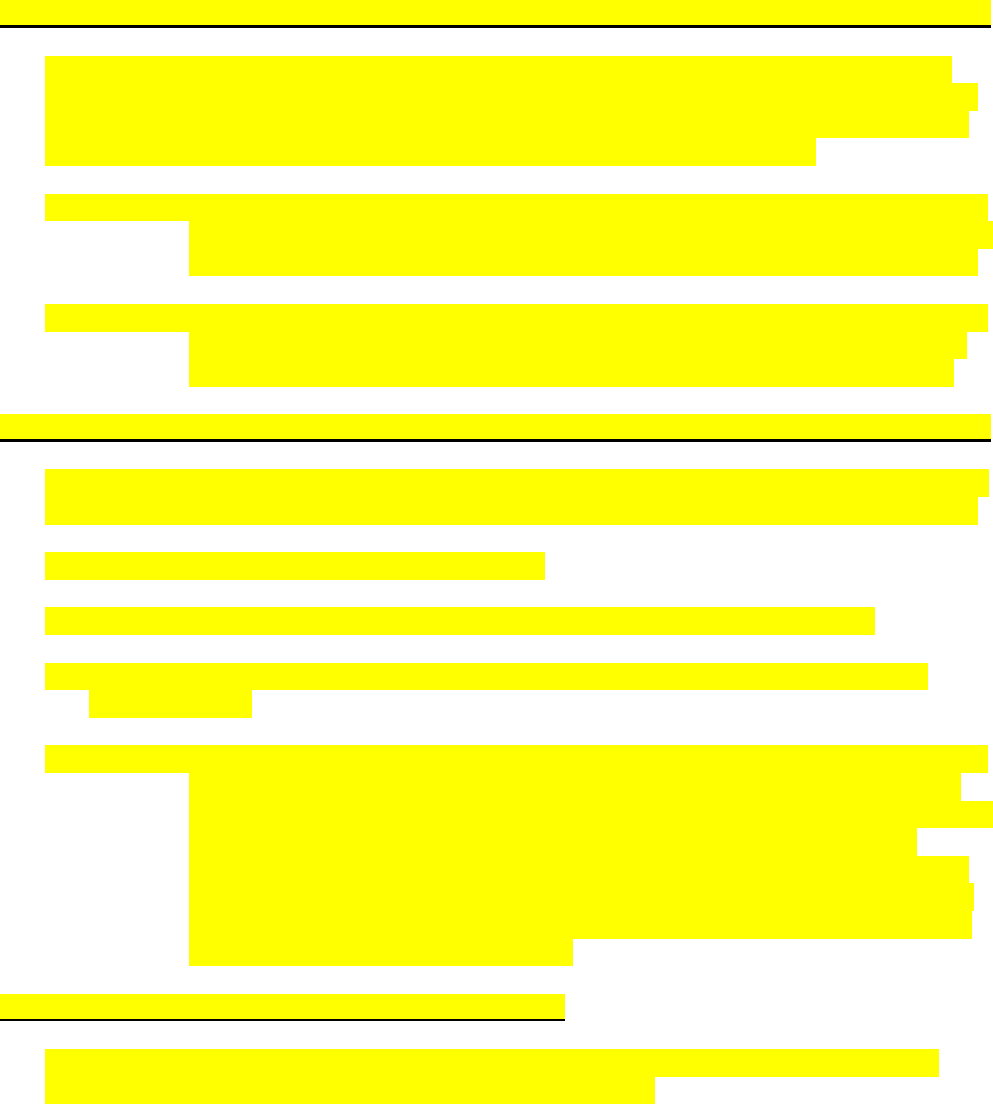
June 2021 FCIC 24050-1 50.2
508 Failure to Make Scheduled Payment Under Written Payment Agreement
The termination effective date for a policy when an insured fails to make a scheduled payment
under a written payment agreement is the termination date for the crop year prior to the crop year
in which the insured failed to make the scheduled payment. For this purpose only, the crop year
will start the day after the termination date and end on the next termination date.
Example 1: Insured A entered into a written payment agreement on or before the December 31,
2023, termination date. Insured A fails to make a scheduled payment on November
1, 2024. The policy will terminate on December 31, 2023, for the 2024 crop year.
Example 2: Insured A entered into a written payment agreement on or before the December 31,
2023, termination date. Insured A fails to make a scheduled payment on April 1,
2025. The policy will terminate on December 31, 2024, for the 2025 crop year.
509 All Other Policies Affected
A delinquent debt for any policy will result in termination of all of the insured’s policies issued by
the AIP under the authority of the Act, not just the policy for which the delinquent debt occurred.
The termination is effective on the termination date:
(1) that coincides with the termination date for the policy with the delinquent debt; or
(2) immediately following the date the insured became ineligible if there is no coincidental
termination date.
Example: Insured B purchased a DRP quarterly coverage endorsement on December 3, 2021,
and did not pay the premium by the termination date of December 31, 2023, and
subsequently purchased a CCIP corn policy on March 15, 2022. The DRP policy is
terminated December 31, 2023, and the producer is ineligible for DRP as of
cancellation date of the prior crop year (2023) which is June 30, 2023. However,
the CCIP corn policy would remain in effect for 2023 and would be terminated as
of March 15, 2024, if the DRP premium remained delinquent. No indemnity will
be due for that crop year for either crop.
510 Dismissal of Bankruptcy Petition Before Discharge
The termination effective date for a dismissal of a bankruptcy petition before discharge is the
termination date the policy was or would have been terminated.
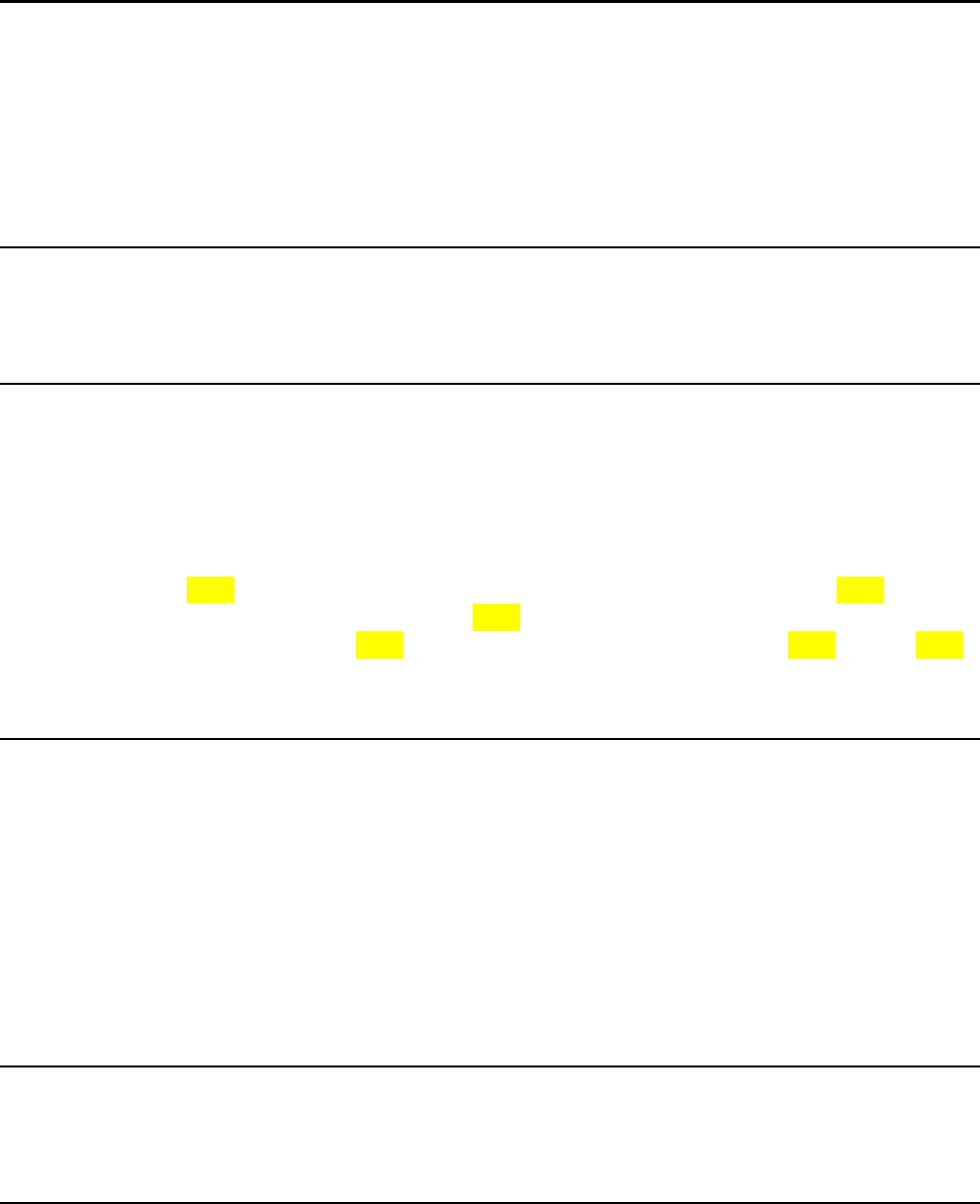
June 2020 FCIC 24050 51
Section 2: WFRP
511 Unpaid Administrative Fees or Premiums
If the policy is terminated because of unpaid administrative fees or premiums, then the termination
is effective on the first day of the insurance year immediately subsequent to the insurance year for
which the premium or administrative fee was due.
Insurance will be considered not to have attached in the subsequent year and no premium will be
owed or indemnity paid.
512 Other Amounts Due
If the policy is terminated due to other amounts due, then the termination is effective on the
termination date immediately after the account becomes delinquent.
513 Failure to Make Scheduled Payment Under Written Payment Agreement
The termination effective date for a policy when an insured fails to make a scheduled payment
under a written payment agreement is the termination date for the crop year prior to the crop year
in which the insured failed to make the scheduled payment. For this purpose only, the insurance
year will start the day after the termination date.
Example: Insured A entered into a written payment agreement on or before the March 15,
2020, termination date with the first payment due date of March 15, 2021. If the
termination date is March 15, 2021, and Insured A fails to make a payment on or
before March 15, 2021, the policy will terminate on March 15, 2020, for the 2021
insurance year.
514 All Other Policies Affected
A delinquent debt for any policy will result in termination of all of the insured’s policies issued by
the AIP under the authority of the Act, not just the policy for which the delinquent debt occurred.
The termination is effective on the termination date:
(1) that coincides with the termination date for the policy with the delinquent debt; or
(2) immediately following the date the insured became ineligible if there is no coincidental
termination date.
515 Dismissal of Bankruptcy Petition Before Discharge
The termination effective date for a dismissal of a bankruptcy petition before discharge is the
termination date the policy was or would have been terminated.
516-520 (Reserved)
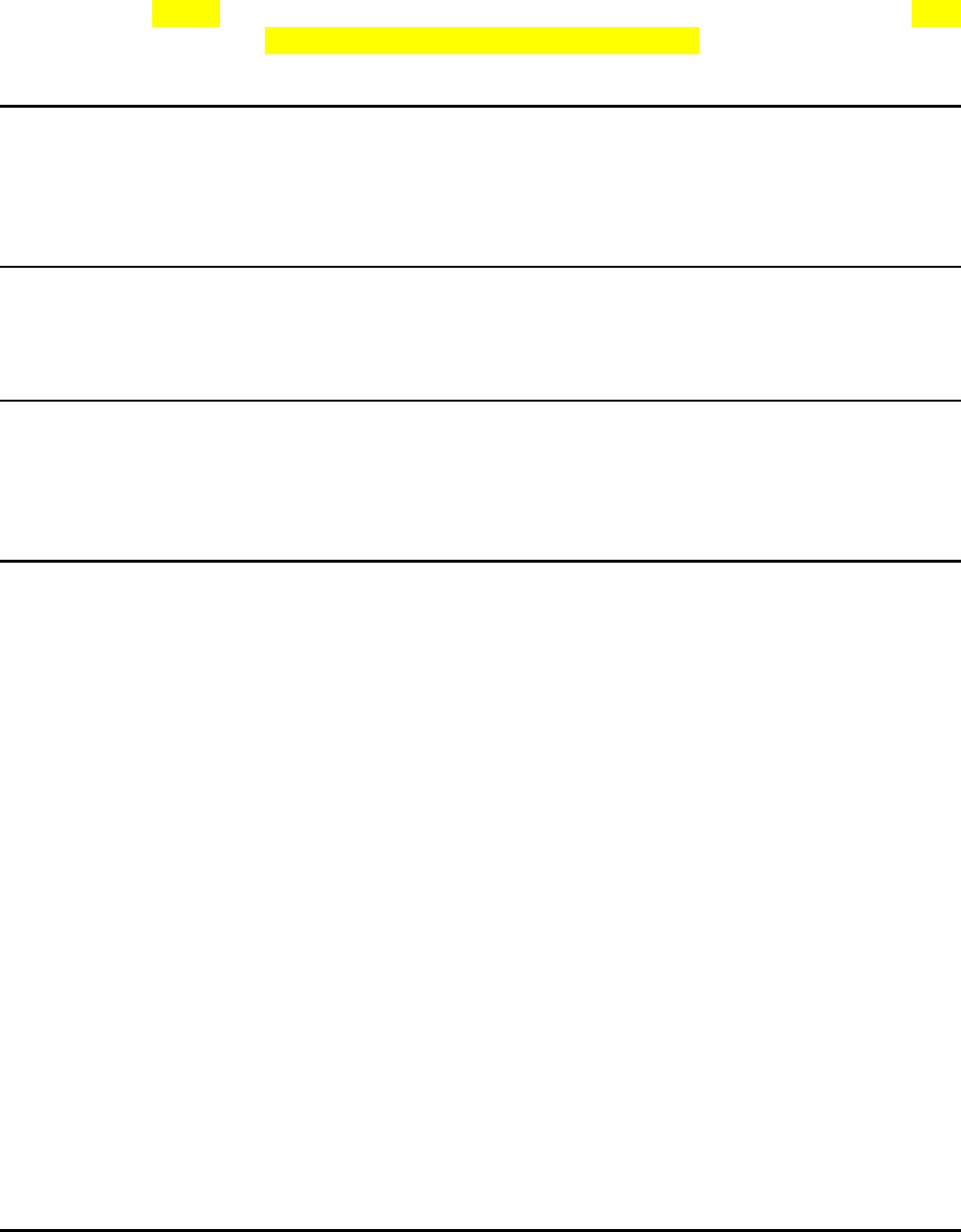
June 2020 FCIC 24050 52
Section 3: LRP-Lamb, LGM-Cattle, LGM –Swine (2011 or prior) and Dairy (2010 or prior), and
LRP-Fed, Feeder and Swine (2020 or prior)
521 Unpaid Premiums or Administrative Fees
If the policy is terminated because of unpaid premium resulting from a check returned for
insufficient funds, then the termination is effective on the SCD or the effective date of the Specific
Coverage Endorsement for LRP.
522 Other Amounts Due
If the policy is terminated because of other amounts due, then termination is effective on the
termination date immediately after the debt become delinquent.
523 Failure to Make a Scheduled Payment Under a Written Payment Agreement
If the policy is terminated because of the failure to make scheduled payment under a written
payment agreement, then termination is effective on the termination date for the crop year prior to
the crop year in which the insured failed to make the scheduled payment.
524 All Other Policies Affected
A delinquent debt for any policy will result in termination of all of the insured’s policies,
including crop policies, issued by the AIP under the authority of the Act, not just the policy for
which the delinquent debt occurred. The termination effective date for other policies for which a
debt is not delinquent, but are terminated because of a delinquent debt for the insured’s Livestock
Risk Protection policy depends on the type of delinquent debt.
A. Unpaid Premiums or Administrative Fees
If all other polices are being terminated because of unpaid premium resulting from a check
returned for insufficient funds, then the termination of such policies is effective on the next
termination date contained in the applicable policy.
B. Other Amounts Due
If the policy is terminated because of other amounts due, then the termination date is effective
on the termination date immediately after the debt becomes delinquent.
C. Failure to Make a Scheduled Payment Under a Written Payment Agreement
If the policy is terminated because of the failure to make a scheduled payment under a written
payment agreement, then termination is effective on the termination date for the crop year
prior to the crop year in which the insured failed to make the scheduled payment.
525 Dismissal of Bankruptcy Petition Before Discharge
Dismissal of a bankruptcy petition before discharge will void all policies in effect retroactive to
the date the insured was originally determined ineligible to participate.

June 2020 FCIC 24050 53
526-530 (Reserved)
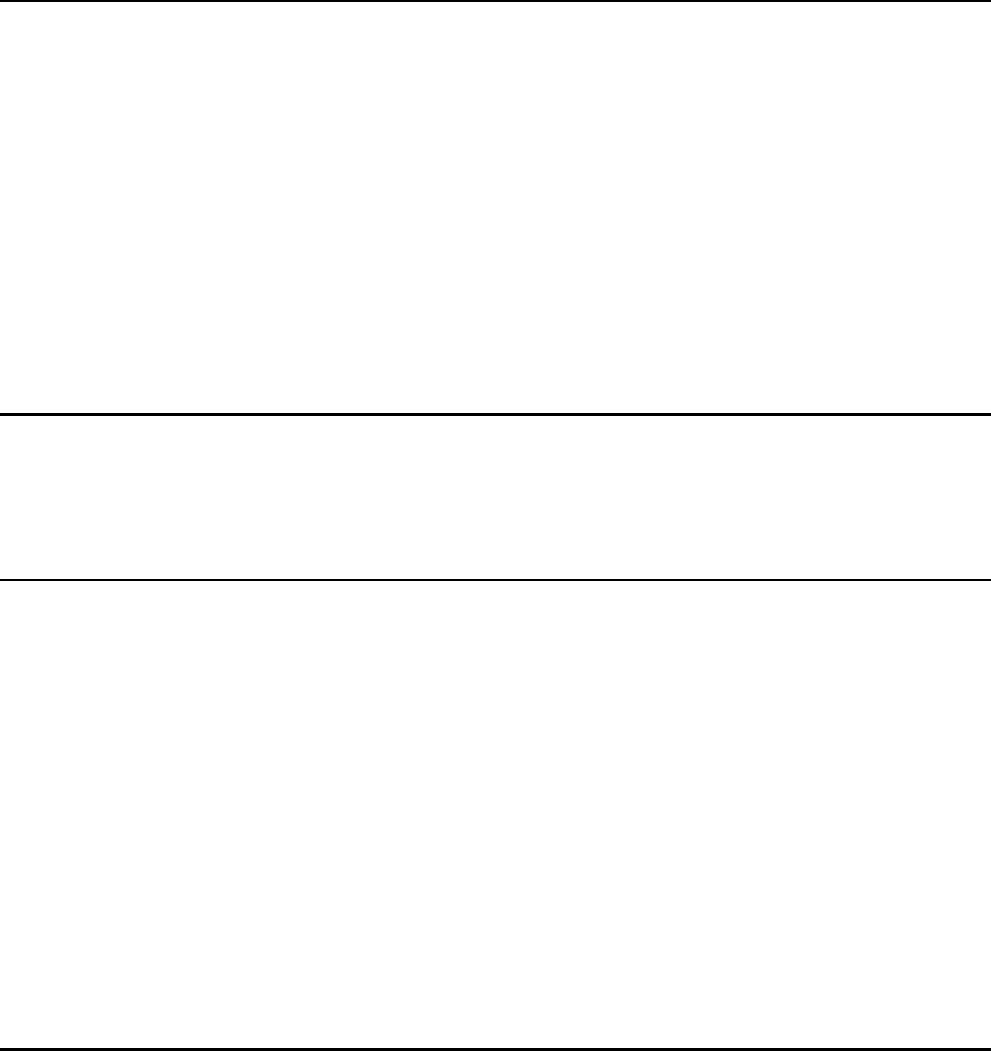
June 2020 FCIC 24050 54
Section 4: CCIP (2010 or prior CYs and 2011 CY with CCD before April 30, 2010)
531 Unpaid Administrative Fees or Premiums
If the policy is terminated for unpaid administrative fees or premiums, for all crops on which
insurance attached before the insured became ineligible, then the termination is effective on the
termination date on or immediately following the date the insured became ineligible.
Example: Wheat has a SCD of September 30, 2009, and a termination date of November 30,
2010. The insured does not pay the premium for the 2009 crop year by the
termination date of November 30, 2010. The insured planted wheat prior to
November 30, 2010. Since insurance attached prior to the termination date, the
wheat policy cannot be terminated for the 2010 crop year. All other policies with a
termination date after November 30, 2010, would be terminated if the debt still
existed on their respective termination dates. The wheat policy would be
terminated for the 2011 crop year, if the insured remained ineligible at that time.
532 Other Amounts Due
If the policy is terminated due to other amounts due, then the termination is effective, for all crops
on which insurance attached before the insured became ineligible, then the termination is effective
on the termination date on or immediately following the date the insured became ineligible.
533 Failure to Make Scheduled Payment Under Written Payment Agreement
The termination effective date for a policy when an insured fails to make a scheduled payment
under a written payment agreement is the termination date for the crop year prior to the crop year
in which the insured failed to make the scheduled payment. For this purpose only, the crop year
will start the day after the termination date and end on the next termination date.
Example 1: The termination date is November 30, 2017, and Insured A entered into a written
payment agreement on or before November 30, 2017. Insured A fails to make the
first scheduled payment on November 15, 2018. The policy will terminate on
November 30, 2017, for the 2018 crop year.
Example 2: The termination date is November 30, 2017, and Insured A entered into a written
payment agreement on or before November 30, 2017. Insured A fails to make a
scheduled payment on December 15, 2018. The policy will terminate on
November 30, 2018, for the 2019 crop year.
534 All Other Policies Affected
A delinquent debt for any policy will result in termination of all of the insured’s policies issued by
the AIP under the authority of the Act, not just the policy for which the delinquent debt occurred.
If the policy is terminated due to other affected policies, for all crops on which insurance attached
before the insured became ineligible, then the termination is effective on the termination date on
or immediately following the date the insured became ineligible.

June 2020 FCIC 24050 55
535 Dismissal of Bankruptcy Petition Before Discharge
The termination effective date for a dismissal of a bankruptcy petition before discharge is the
termination date the policy was or would have been terminated.
536-580 (Reserved)
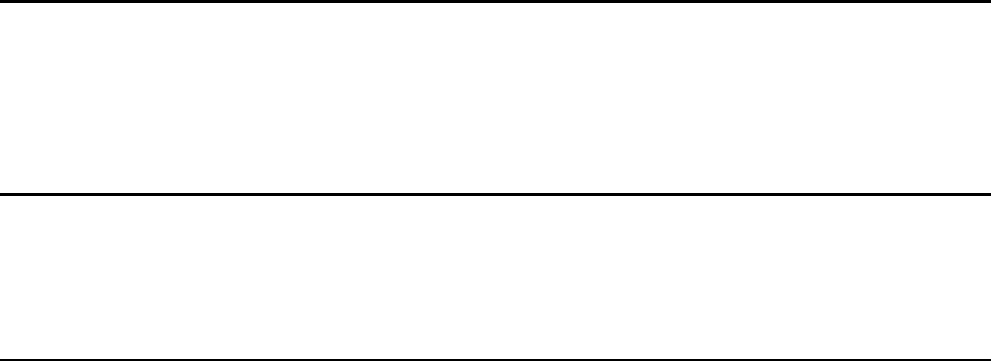
June 2020 FCIC 24050 56
Section 5: Disqualification, Debarment, Suspension, and Knowingly Defrauding the United
States
581 Disqualification, Debarment, or Suspension Termination Effective Date
The termination effective date for ineligibility as a result of disqualification, debarment, or
suspension will be the termination date following the date the person was disqualified, debarred,
or suspended by debarring official, Administrative Law Judge, or such other person authorized to
take such action, unless otherwise provided in the order.
582 Knowingly Defrauding the United States Termination Effective Date
The termination effective date for a felony conviction for knowingly defrauding the United States
in connection with any program administered by USDA will be the beginning of the crop year in
which the individual is convicted.
583-590 (Reserved)

June 2020 FCIC 24050 57
Section 6: Pending Claims
591 Claim Pending
An insured may have a claim for an indemnity pending at the time of the termination date. A
pending claim does not affect the obligation of the insured to pay the premium by the termination
date to maintain eligibility for crop insurance coverage. AIP will terminate insurance coverage on
the termination date on the basis that the premium is delinquent without regard to a pending
indemnity.
When a claim which results in a payable indemnity was signed by the insured prior to the crop
termination date, and satisfies the outstanding insurance debt:
(1) the insured’s eligibility will be reinstated effective with the beginning of the crop year for the
affected crop(s); and
(2) crop insurance coverage will be effective provided all policy provisions and responsibilities,
such as filing applicable reports, giving notice of damage, etc., have been met.
592-600 (Reserved)

June 2020 FCIC 24050 58
PART 6 VOIDANCE
601 Criteria for Voiding Policies
A policy will be voided when:
(1) the individual is convicted of a controlled substance violation;
(2) the applicant or insured is a corporation, partnership, joint venture, trust, corporation, limited
liability company, limited partnership, or other similar entity that was created to conceal the
interest of an ineligible person or to evade the ineligibility determination of a person with a
SBI in the applicant or insured;
(3) the insured falsely or fraudulently conceals the fact they are ineligible to receive benefits
under the Act;
(4) the insured or anyone assisting the insured conceals or misrepresents any material fact
relating to the policy; or
(5) dismissal of a bankruptcy petition before discharge occurs, but only for the following
policies.
(a) LRP-Lamb
(b) LGM-Cattle
(c) Crop year 2011 or prior LGM-Swine
(d) Crop year 2010 or prior LGM-Dairy
(e) Crop year 2020 or prior LRP-Fed, Feeder and Swine
Note: Dismissal of a bankruptcy petition before discharge occurs will result in
termination, not voiding, of the following policies.
(a) CCIP
(b) Rainfall and Vegetation Index Plan
(c) Crop year 2012 and subsequent LGM-Swine
(d) Crop year 2011 and subsequent LGM-Dairy
(e) Crop year 2021 and subsequent LRP-Fed, Feeder and Swine
(f) ARPI
602 Concealment, Misrepresentation, or Fraud
A. CCIP, ARPI, WFRP, DRPI, LGM-Dairy for 2011 and Subsequent CYs and RI/VI
If for the aforementioned policies the insured falsely or fraudulently conceals the fact that
they are ineligible to receive benefits under the Act; or the insured or anyone assisting the
insured conceals or misrepresents any material fact relating to the policy, then the policy is
void.

June 2020 FCIC 24050 59
602 Concealment, Misrepresentation, or Fraud (continued)
B. LGM-Cattle, LGM-Swine, or LGM-Dairy for 2010 or Prior CYs
If for the aforementioned policies the insured falsely or fraudulently conceals the fact that
they are ineligible to receive benefits under the Act; or the insured or anyone assisting the
insured conceals or misrepresents any material fact relating to the policy, then the policy is
void for each insurance period in which the concealment, misrepresentation, or fraud
occurred.
C. Livestock Risk Protection Policy
If for the aforementioned policies the insured falsely or fraudulently conceals the fact that
they are ineligible to receive benefits under the Act; or the insured or anyone assisting the
insured conceals or misrepresents any material fact relating to the policy, then the policy,
including all Specific Coverage Endorsements, is void for each crop year in which the
concealment, misrepresentation, or fraud occurred.
603 Voidance Effective Date
The voidance effective date depends on the reason the policy is being voided and type of policy.
A. Controlled Substance Violation
(1) Planting, Cultivating, Growing, Producing, Harvesting, or Storing a Controlled
Substance.
If the policy is voided because of a conviction for planting, cultivating, growing,
producing, harvesting, or storing a controlled substance, then the voidance is effective on
the beginning of the crop year in which the individual is convicted.
(2) Possession of or Trafficking in a Controlled Substance.
If the policy is voided because of a conviction for the possession of or trafficking in of a
controlled substance, then voidance is effective beginning the crop year in which the
individual is convicted, unless determined otherwise by the court.
B. Creating Entity to Conceal or Evade Ineligibility
When a policy is voided because the applicant or insured is an entity that was created to
conceal the interest of an ineligible person or to evade an ineligibility determination of a
person with a SBI in the applicant or insure, the voidance effective date is the beginning of
the first crop year such entity had a policy.

June 2020 FCIC 24050 60
603 Voidance Effective Date (continued)
C. Concealment, Misrepresentation, or Fraud
(1) CCIP, ARPI, LGM-Dairy, LGM-Swine, LGM-Cattle, or RI/VI
If for the aforementioned policies the policy is voided because the insured falsely or
fraudulently conceals the fact that they are ineligible to receive benefits under the Act; or
the insured or anyone assisting the insured conceals or misrepresents any material fact
relating to the policy, then voidance is effective on the first day of the insurance period
for the crop year in which the act occurred.
(2) WFRP
If the policy is voided because the insured falsely or fraudulently conceals the fact that
they are ineligible to receive benefits under the Act; or the insured or anyone assisting
the insured conceals or misrepresents any material fact relating to the policy, then
voidance is effective on the first day of the insurance year for the crop year in which the
act occurred.
(3) LRP-Lamb and LRP-Fed, Feeder and Swine (2020 or prior)
If the policy is voided because the insured falsely or fraudulently conceals the fact that
they are ineligible to receive benefits under the Act; or the insured or anyone assisting
the insured conceals or misrepresents any material fact relating to the policy, then
voidance is effective on the effective date or dates for the crop year in which the act
occurred.
(4) DRPI and LRP-Fed, Feeder and Swine (2021 and subsequent)
If the policy is voided because the insured falsely or fraudulently conceals the fact that
they are ineligible to receive benefits under the Act; or the insured or anyone assisting
the insured conceals or misrepresents any material fact relating to the policy, then
voidance will be effective on the first day of the quarterly insurance period or specific
coverage endorsement for the crop year in which the act occurred.
(5) RMA Administrator and AIP Authorized Reinstatement
RMA Administrator and AIP Authorized Reinstatement will not be granted if there is
evidence of misrepresentation or fraud. If the RMA Administrator or AIP reinstates the
person’s policy and RMA or the AIP later discovers evidence of misrepresentation or
fraud in the materials presented to the AIP, the person is subject to remedial sanctions in
accordance with 7 CFR Part 400, subpart R.

June 2020 FCIC 24050 61
603 Voidance Effective Date (continued)
C. Concealment, Misrepresentation, or Fraud (continued)
Additionally, the person’s ineligibility will be reinstated retroactive to the original date
of ineligibility. Any policy issued subsequent to the granting of administrative
reinstatement will be void, and the person will be required to pay 20 percent of the
premium that would otherwise be required to pay to offset costs incurred by the AIP in
service of the policy(ies). If previously paid, the balance of the premium paid for any
new policy will be returned. Voidance of the policy will result in the person having to
reimburse all indemnities, replant and prevented planting payments for the crop years in
which the voidance was effective.
604-700 (Reserved)

June 2020 FCIC 24050 62
PART 7 RESERVED
701-800 (Reserved)

June 2020 FCIC 24050 63
Exhibits
Disclaimer
Exhibits 3-11 are provided by RMA as a guide for AIPs in the development of the letters and written
payment agreements used in debt notification and resolution. Before using them, AIPs must review
the letters and written payment agreement in the exhibit to determine if they address the specific
situation. They may be modified as necessary, provided all modifications conform to the provisions in
7 CFR §400, subpart U, the applicable crop policy and the procedures in this handbook.
The letters contained in exhibits 12-16 are to be used exclusively by RMA in the Notice of
Ineligibility.

June 2020 FCIC 24050 64
Exhibits 1-2 Reserved
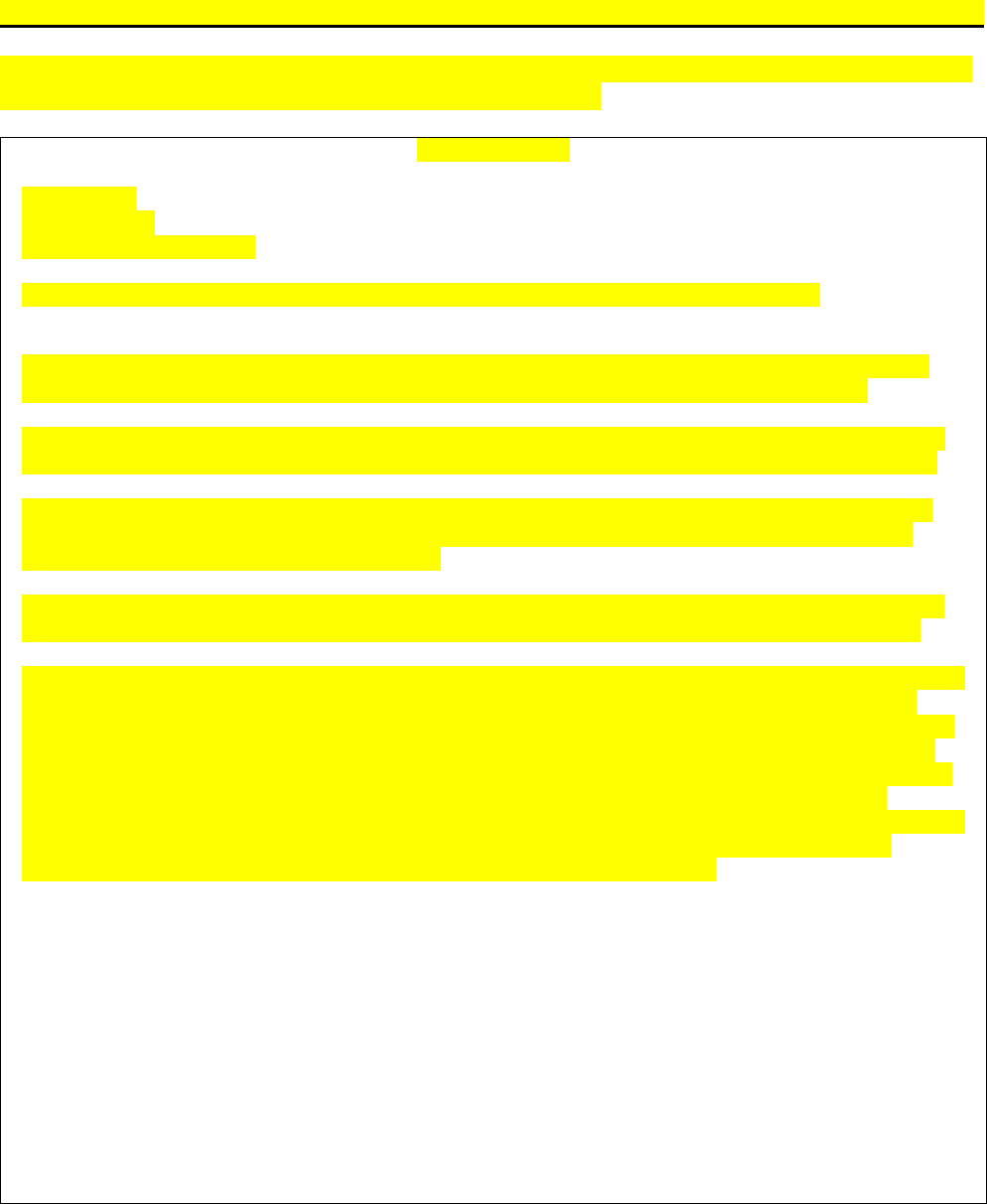
June 2020 FCIC 24050 65
Exhibit 3 - Written Request Waiver Letter Example for 15-day Grace Period
The following is an example AIPs may use as a guide when developing a written request waiver letter
for the 15-day grace authority for written payment agreements.
(AIP Letterhead)
Insured Name
Insured Address
Insured City, State Zip Code
Re: Policy XXXXXXX Delinquent Payment & Reinstatement of Coverage for XXXX Crop Year
On XX/XX/XXXX we received a payment in the amount of $____________. The payment was postmarked
XX/XX/XXXX. The payment was due XX/XX/XXXX as a part of your written payment agreement.
Under the terms of your Federal Crop Insurance Policy, if a payment is dated and postmarked no more than 15
calendar days after due date in your written payment agreement, you have the option to request reinstatement.
Since the payment was postmarked no more than 15 calendar days after the due date in your written payment
agreement, in accordance with the terms of your policy, (AIP Name) is considering the submission of your
payment as your written request for reinstatement.
If you do not want your policy to be reinstated and want the policy to be terminated due to the late postmarked
payment, then you will need to contact (AIP Name) at XXX-XXX-XXXX to request to terminate coverage.
If you request to terminate coverage you will become ineligible. The Risk Management Agency (RMA) compiles
a list of persons who have been found ineligible for program benefits under the Federal Crop Insurance Act
(ACT). The ineligible list is used by RMA and all Approved Insurance Providers reinsured by the Federal Crop
Insurance Corporation for the purposes of denying crop insurance coverage. Your name will be placed on the
ineligible list, future benefits under the ACT will be denied, and any new Application for crop insurance will be
rejected if the entire debt amount is not paid or a written payment agreement is not executed by the crop
termination date. If you have a substantial beneficial interest in an insured person, the premium and coverage for
the person will be reduced by the amount of your share in the person. Your ineligibility for Federal crop
insurance may cause you to be ineligible for certain other USDA program benefits.
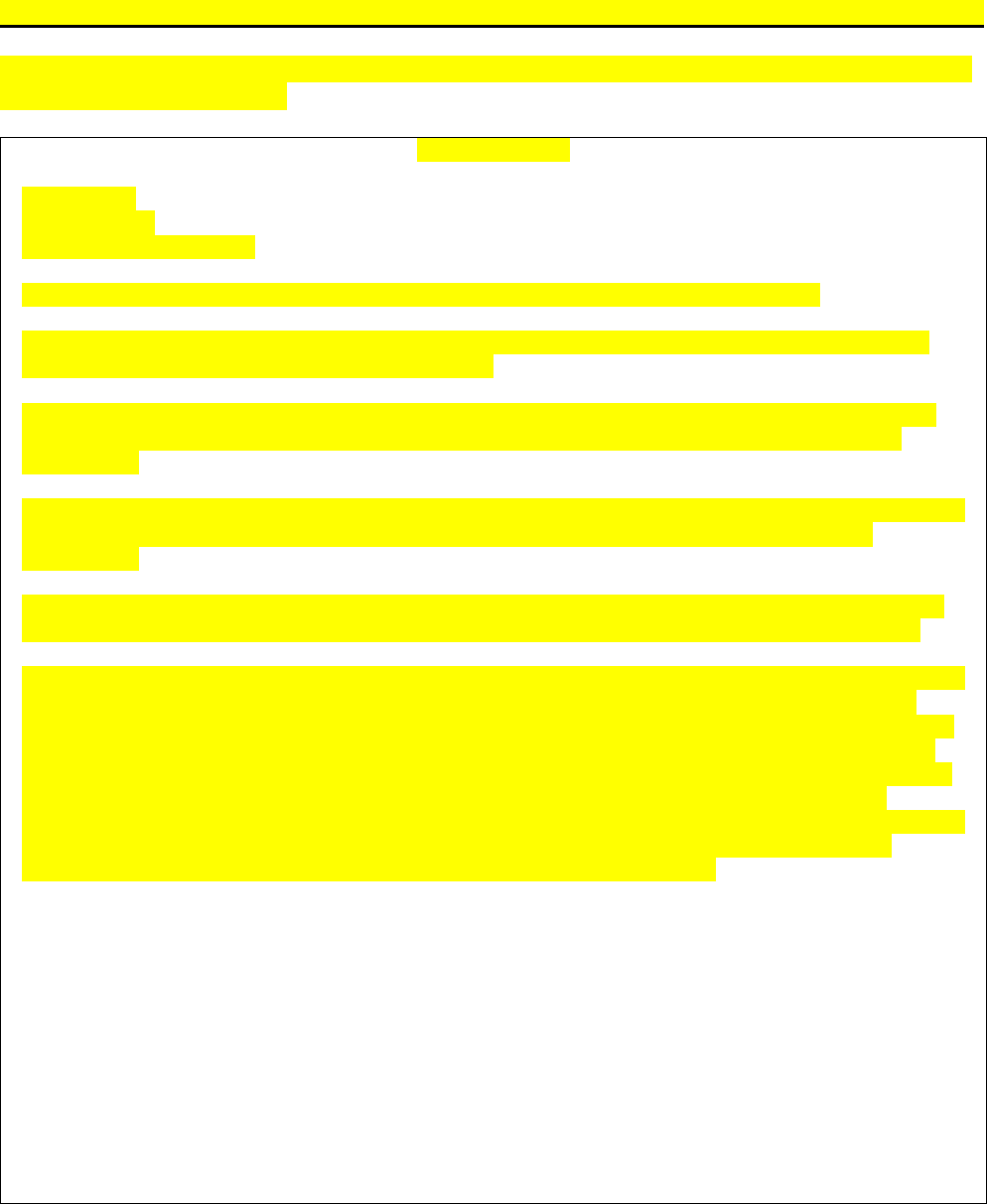
June 2020 FCIC 24050 66
Exhibit 4 - Written Request Waiver Letter Example for 7-day Transit
The following is an example AIPs may use as a guide when developing a written request waiver letter
for the 7-day transit authority.
(AIP Letterhead)
Insured Name
Insured Address
Insured City, State Zip Code
Re: Policy XXXXXXX Delinquent Payment & Reinstatement of Coverage for XXXX Crop Year
On XX/XX/XXXX we received a payment in the amount of $____________. The payment was postmarked
XX/XX/XXXX. The payment was due XX/XX/XXXX.
Under the terms of your Federal Crop Insurance Policy, if a payment is dated timely and postmarked no more
than 7 calendar days after the termination date or other applicable due date you have the option to request
reinstatement.
Since the payment was postmarked no more than 7 calendar days after the due date, in accordance with the terms
of your policy, (AIP Name) is considering the submission of your payment as your written request for
reinstatement.
If you do not want your policy to be reinstated and want the policy to be terminated due to the late postmarked
payment, then you will need to contact (AIP Name) at XXX-XXX-XXXX to request to terminate coverage.
If you request to terminate coverage you will become ineligible. The Risk Management Agency (RMA) compiles
a list of persons who have been found ineligible for program benefits under the Federal Crop Insurance Act
(ACT). The ineligible list is used by RMA and all Approved Insurance Providers reinsured by the Federal Crop
Insurance Corporation for the purposes of denying crop insurance coverage. Your name will be placed on the
ineligible list, future benefits under the ACT will be denied, and any new Application for crop insurance will be
rejected if the entire debt amount is not paid or a written payment agreement is not executed by the crop
termination date. If you have a substantial beneficial interest in an insured person, the premium and coverage for
the person will be reduced by the amount of your share in the person. Your ineligibility for Federal crop
insurance may cause you to be ineligible for certain other USDA program benefits.

June 2020 FCIC 24050 67
Exhibit 5 - Notice of Debt and Pre-Termination for Debts, Except Debts of Other Amounts Due
The following is an example AIPs may use as a guide to provide persons a notice of debt and pre-
termination for debts, excluding debts of other amounts due. See exhibit 6 for an example letter for
debts of other amounts due.
(AIP Letterhead)
(AIP Name and Address)
Date: MM/DD/YY
Policy Number: XXXXXXX
The enclosed billing states the amount of premium, interest, administrative fees and/or other related charges
which are unpaid according to our records. Also included on the billing is the termination date as stated in your
policy. IF YOUR PAYMENT WAS RECENTLY MADE, PLEASE DISREGARD THE REMAINDER OF
THIS LETTER.
You have the right to a complete explanation of this debt, to inspect and copy our records related to the debt, to
contest any information in our records pertaining to the debt, and to an administrative review if you believe the
debt is not correct. You may enter into a written payment agreement on terms acceptable to you and us if a
review of your financial position supports that you are unable to pay the entire debt amount. Send requests for a
written payment agreement to the above address. Written payment agreements must be executed on or before the
termination date.
Failure to pay the entire debt amount or execute a written payment agreement by the termination date will result
in the debt being determined delinquent and termination of your policy. Interest, fees, and other penalties, as
applicable, will be assessed according to the terms of your policy. In addition, all your other policies may be
terminated in accordance with the terms and conditions of your policy. Further, you will be determined
ineligible for benefits under the Federal Crop Insurance Act (ACT). To avoid the debt being determined
delinquent the entire debt amount must be received by us or postmarked, or a written payment agreement
executed, by the termination date.
T
he Risk Management Agency (RMA) compiles a list of persons who have been found ineligible for program
benefits under the ACT. The ineligible list is used by RMA and all Approved Insurance Providers reinsured by
the Federal Crop Insurance Corporation for the purposes of denying crop insurance coverage. Your name will be
placed on the ineligible list, future benefits under the ACT will be denied, and any new Application for crop
insurance will be rejected if the entire debt amount is not paid or a written payment agreement is not executed by
the crop termination date. If you have a substantial beneficial interest in an insured person, the premium and
coverage for the person will be reduced by the amount of your share in the person. Your ineligibility for Federal
crop insurance may cause you to be ineligible for certain other USDA program benefits.
A request for an administrative review must be in writing, state the basis of your belief the debt is incorrect, and
be received within thirty (30) days of the date of this letter. Send the request to the above address.
Requesting an administrative review does not delay, defer, or otherwise change the requirement the entire debt
be paid or a written payment agreement be executed by the termination date, or your name being placed on the
ineligible list. An administrative review does not take the place of, or limit your right to, mediation, arbitration,
or judicial review, as applicable, according to the terms of your policy.
We
appreciate your business and immediate attention to this matter.
CC: Insured’s Agent

June 2020 FCIC 24050 68
Exhibit 6 - Notice of Debt and Pre-Termination for Debts of Other Amounts Due
The following is an example AIPs may use as a guide to provide persons a notice of debt and pre-
termination for other amounts due. Other amounts due include, but are not limited to, indemnities,
prevented planting payments, or replant payments found not to have been earned or that were overpaid,
premium billed with a due date after the termination date for the crop year in which premium is earned,
and any interest, administrative fees, and penalties on such amounts, if applicable.
(AIP Letterhead)
(AIP Name and Address)
Date: MM/DD/YY
We have determined you owe a debt in the amount of $____________under policy (XXXXXX). The debt
results from (provide an explanation of the cause of debt, including any interest or fees included in the total
amount due).
Please send your check, draft, or money order for the entire debt amount within thirty (30) days from the date of
this letter using the enclosed self-addressed envelope.
You have the right to a complete explanation of this debt, to inspect and copy our records related to the debt, to
contest any information in our records pertaining to the debt, and to an administrative review if you believe the
debt is not correct. You may enter into a written payment agreement on terms acceptable to you and us if a
review of your financial position supports that you are unable to pay the entire debt amount. Send requests for a
written payment agreement to the above address.
Failure to pay the entire debt amount or execute a written payment agreement within thirty (30) days from the
date of this letter will result in the debt being determined delinquent and termination of your policy. Interest,
fees, and other penalties, as applicable, will be assessed according to the terms of your policy. In addition, all
your other policies may be terminated in accordance with the terms and conditions of your policy. Further, you
will be determined ineligible for benefits under the Federal Crop Insurance Act (ACT). To avoid the debt being
determined delinquent the entire debt amount must be received by us or postmarked, or a written payment
agreement executed, within thirty (30) days of the date of this letter.
The Risk Management Agency (RMA) compiles a list of persons who have been found ineligible for program
benefits under the ACT. The ineligible list is used by RMA and all Approved Insurance Providers reinsured by
the Federal Crop Insurance Corporation for the purposes of denying crop insurance coverage. Your name will
be placed on the ineligible list, future benefits under the ACT will be denied, and any new Application for crop
insurance will be rejected if the entire debt is not paid or a written payment agreement is not executed within
thirty (30) days from the date of this letter. If you have a substantial beneficial interest in an insured person, the
premium and coverage for the person will be reduced by the amount of your share in the person. Your
ineligibility for Federal crop insurance may cause you to be ineligible for certain other USDA program benefits.
A request for an administrative review must be in writing, state the basis of your belief the debt is incorrect, and
be received within thirty (30) days of the date of this letter. Send the request to the above address.
Requesting an administrative review does not delay, defer, or otherwise change the requirement the entire debt
be paid or a written payment agreement be executed within thirty (30) days of the date of this letter, or your
name being placed on the ineligible list. An administrative review does not take the place of, or limit your right
to, mediation, arbitration, or judicial review, as applicable, according to the terms of your policy.
We appreciate your business and immediate attention to this matter
CC: Insured’s Agent
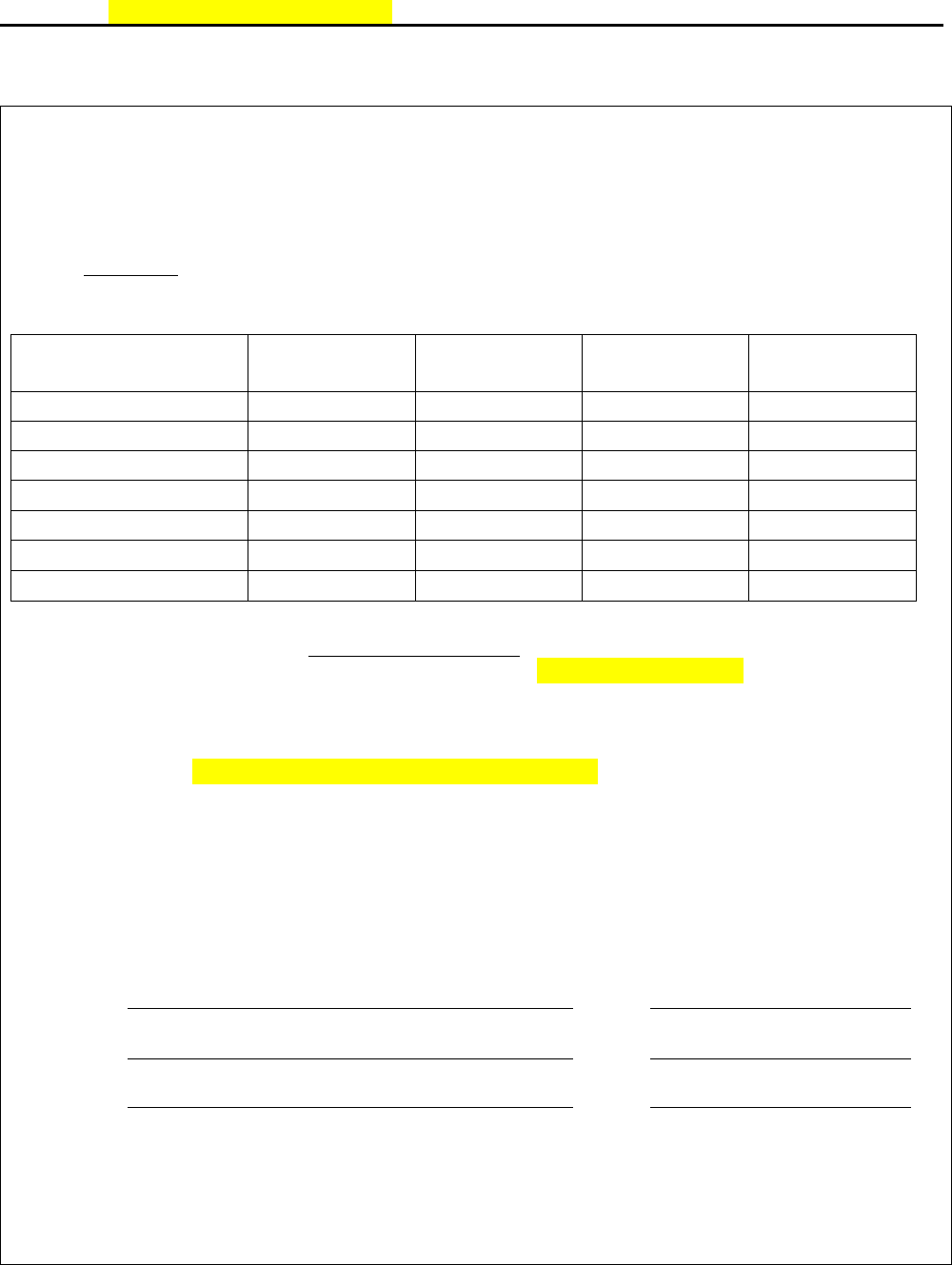
June 2020 FCIC 24050 69
Exhibit 7 - Written Payment Agreement
The following is an example AIPs may use as a guide when developing a written payment agreement.
WRITTEN PAYMENT AGREEMENT
(AIP Letterhead)
MM/DD/YY (AIP NAME)
I(we), do hereby acknowledge a debt to the (AIP name) under contract for the (YYYY) crop year. In
consideration of (AIP NAME) agreeing to forebear immediate collection action, I(we) agree to pay the total
sum of $_5,222.01, which includes interest to be accrued during this agreement. I(we) agree to pay each
scheduled payment as shown below, until such indebtedness is paid in full.
Scheduled Due Dates:
Beginning
Balance
Principal
Interest
Amount Due:
03/31/2020
$5,000.00
$807.67
$62.50
$870.17
04/30/2020
$4,192.33
$817.76
$52.40
$870.17
05/31/2020
$3,374.57
$827.99
$42.18
$870.17
06/30/2020
$2,546.58
$838.34
$31.83
$870.17
07/31/2020
$1,708.24
$848.82
$21.35
$870.17
08/31/2020
$859.43
$859.43
$10.74
$870.17
Ending Balance:
$0
These payments will be made to (AIP name and address). I(we) may request and will be given a
current status of my(our) debt by contacting (AIP NAME) at (XXX) XXX-XXXX.
If the AIP processes any indemnity claim while any debt referred to in this agreement is still
outstanding, I(we) understand the indemnity will not be paid to me(us) but will be applied as payment
against this debt as allowed per section 2 of your insurance policy.
If I(we) fail to make payment on or before, or payment is not postmarked on or before, the scheduled
due date, I(we) understand that this agreement will be null and void. If this agreement becomes null
and void, I(we) understand that I(we) will be placed on the Ineligible listing for failure to pay by a
scheduled due date. I(we) understand that I(we) may be ineligible for certain other USDA program
benefits.
Signature
Date
Signature
Date
Approved
Date
AIP
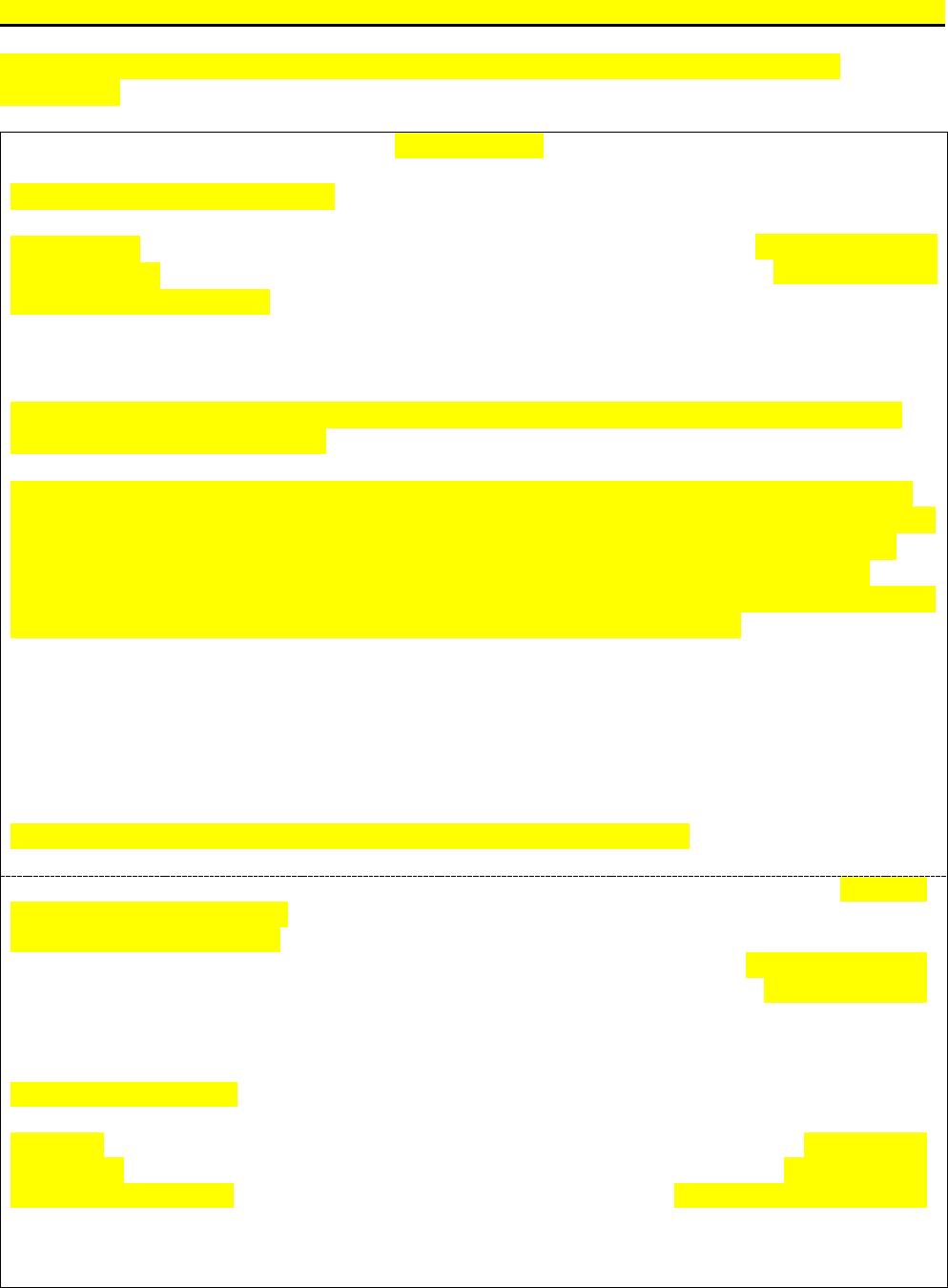
June 2020 FCIC 24050 70
Exhibit 8 - Written Payment Agreement Notification Examples
The following is an example AIPs may use as a guide when developing payment agreement
notifications.
(AIP Letterhead)
Notification Date: MM/DD/YYYY
Insured Name
Insured Address
Insured City, State Zip-code
Account #: XXXXX
Policy #: XXXXX
Below is your remittance coupon for due date 06/30/2020 for the written payment agreement that
was executed on MM/DD/YYYY.
Please remember, if the payment is not paid on or before, or postmarked on or before the due date,
your policy will terminate and ineligibility will be established effective on the date determined under
the applicable policy provisions in effect at the time the written payment agreement was entered.
You will be ineligible for Federal crop insurance the next crop year for any crop on which the
termination date has not passed and on all crops in subsequent crop years until eligibility is regained;
and you will be placed on a list of persons ineligible for Federal crop insurance.
Cut remittance coupon on the dotted lines and remit to the address shown.
Payment Due Date: 06/30/2020
Current Amount Due: $870.17
AIP Logo
Account #: XXXXX
Policy #: XXXXX
Please Remit Payment to:
AIP Name
AIP Address
AIP City, State Zip-Code
Insured Name
Insured Address
Insured City, State Zip-Code

June 2020 FCIC 24050 71
Exhibit 9 - AIP Debtors Notice of Ineligibility
The following is a sample letter used by RMA to notify persons determined ineligible for failure to pay
a debt.
(USDA/RMA/FCIC Letterhead)
I. Was Insured
123 Any Street
City, State XXXXX-XXXX
Date: MM/DD/YYYY
Tax Id Number: XXX-XX-XXXX
RMA Entity ID: XXXXXX
ABC Insurance Company, (555) 555-5555
The above stated Approved Insurance Provider (AIP) notified this office of their determination
that you are ineligible to participate in the Federal crop insurance program. The reason stated was
your failure to pay the debt associated with your (crop year) crop insurance policy by
(MM/DD/YYYY), the date stated in the policy.
REASON: (Premium/Overpaid Indemnity)
The AIP has certified that the debt was not paid by the termination date, or date it was due, that
you were notified of the debt and you were given the opportunity to dispute the amount and
existence of the debt. Based on the terms of your policy and 7 CFR §400, subpart U, after proper
notification and ability to contest the debt, failure to pay these amounts when due renders you
ineligible to participate in the Federal crop insurance program.
In accordance with the terms of the policy and 7 CFR §400, subpart U, this determination will
affect all insurable crops on all farming operations in which you have a substantial beneficial
interest. You will remain ineligible to participate from the date the debt was determined to be
delinquent until the date eligibility is regained. Once regained, to obtain crop insurance
according, you must make new Application for insurance.
Since the determination that you are ineligible was made by the AIP, any dispute regarding the
indebtedness must be made with the AIP according to the terms of your policy. If you have
documentation to show that action taken to include you on the Ineligible Tracking System by the
Federal Crop Insurance Corporation was in error, you may appeal in accordance with procedures
found at www.nad.usda.gov. A request for appeal must be in writing and made to the National
Appeals Division (NAD) Regional Office, within 30 days of your receipt of this notification.
Their address is (NAD Regional Office address).
Your ineligibility for Federal crop insurance may cause you to be ineligible for other USDA
program benefits.

June 2020 FCIC 24050 72
Exhibit 10 - AIP Debtors Notice of Ineligibility for Partners of Indebted Partnerships
The following is a sample letter used by RMA to notify partners of a partnership determined ineligible
for failure to pay a debt.
(USDA/RMA/FCIC Letterhead)
I. Was Insured
123 Any Street
City, State XXXXX-XXXX
Date: MM/DD/YYYY
Tax ID Number: XXXXXXXXX
RMA Entity ID: XXXXXX
ABC Insurance Company, (555) 555-5555
Partnership Name – XYZ Partnership
The above stated Approved Insurance Provider (AIP) notified this office that you are a partner in
the above partnership. The AIP determined the partnership is ineligible to participate in the
Federal crop insurance program based on failure to pay the following reason associated with the
(crop year) crop insurance policy by (MM/DD/YYYY), the due date stated in the policy.
REASON: (Premium/Overpaid Indemnity)
The AIP certified that the debt was not paid by the termination date, or date it was due, that the
partnership was notified of the debt and the partnership was given the opportunity to dispute the
amount and existence of the debt. Based on the terms of the policy and 7 CFR §400, subpart U,
after proper notification and ability to contest the debt, failure to pay these amounts when due
renders the partnership ineligible to participate in the program. Pursuant to 7 CFR §400, subpart
U if the ineligible person is a partnership, all partners will be individually ineligible.
In accordance with the terms of the policy and 7 CFR §400, subpart U, this determination will
affect all insurable crops on all farming operations in which you have a substantial beneficial
interest. You will remain ineligible to participate from the date the debt was determined to be
delinquent until the date eligibility is regained. Once regained, to obtain crop insurance, you must
make new Application for insurance.
Since the determination that you and the partnership are ineligible was made by the AIP, any
dispute regarding the indebtedness must be made with the AIP according to the terms of the
partnership’s policy. If you have documentation to show that action taken to include you on the
Ineligible Tracking System by the Federal Crop Insurance Corporation was in error, you may
appeal in accordance with procedures found at www.nad.usda.gov. A request for appeal must be
in writing and made to the National Appeals Division (NAD) Regional Office, within 30 days of
your receipt of this notification. Their address is (NAD Regional Office address).
Your ineligibility for Federal crop insurance may cause you to be ineligible for other USDA
program benefits.

June 2020 FCIC 24050 73
Exhibit 11 - AIP Debtors Notice of Ineligibility for Spouse of Indebted Individual
The following is a sample letter used by RMA to notify a spouse of an individual determined ineligible
for failure to pay a debt.
(USDA/RMA/FCIC Letterhead)
I. Was Insured
123 Any Street
City, State XXXXX-XXXX
Date: MM/DD/YYYY
Tax ID Number: XXX-XX-XXXX
RMA Entity ID: XXXXXX
ABC Insurance Company, (555) 555-5555
The above stated Approved Insurance Provider (AIP) notified our office that you are ineligible to
participate in the Federal crop insurance program. The reason stated was the failure of your
spouse to pay the following reason associated with a (crop Year) crop insurance policy, by the due
date stated in the policy.
REASON: (Premium/Overpaid Indemnity)
The AIP certified that the debt was not paid by the termination date, or due date, that notification
of the debt was provided to your spouse, that your spouse was provided the opportunity to dispute
the amount and existence of the debt, and you were provided an opportunity to contest that you
and your spouse should be considered the same individual pursuant to 7 CFR §400, subpart U.
Based on the terms of the policy and 7 CFR §400, subpart U, after proper notification and
opportunity to contest the debt, failure to pay these amounts when due renders you and your
spouse ineligible to participate in any program authorized by the Federal Crop Insurance Act, as
amended.
According to the terms of the policy and 7 CFR §400, subpart U, this determination will affect all
insurable crops on all farming operations in which you have a substantial beneficial interest and
you will remain ineligible to participate in the Federal crop insurance program from the date the
debt was determined to be delinquent until the date eligibility is regained. Once regained, to
obtain crop insurance, you must make new Application for insurance.
Since the determination that you and your spouse are ineligible was made by the AIP, any dispute
regarding the indebtedness must be made with the AIP according to the terms of your policy. If
you have documentation showing that action taken to include you on the Ineligible Tracking
System by the Federal Crop Insurance Corporation was in error, you may appeal in accordance
with procedures found at www.nad.usda.gov. A request for appeal must be in writing and made to
the National Appeals Division (NAD) Regional Office, within 30 days of your receipt of this
notification. Their address is (NAD Regional Office address).
Your ineligibility for Federal crop insurance may cause you to be ineligible for other USDA
program benefits.
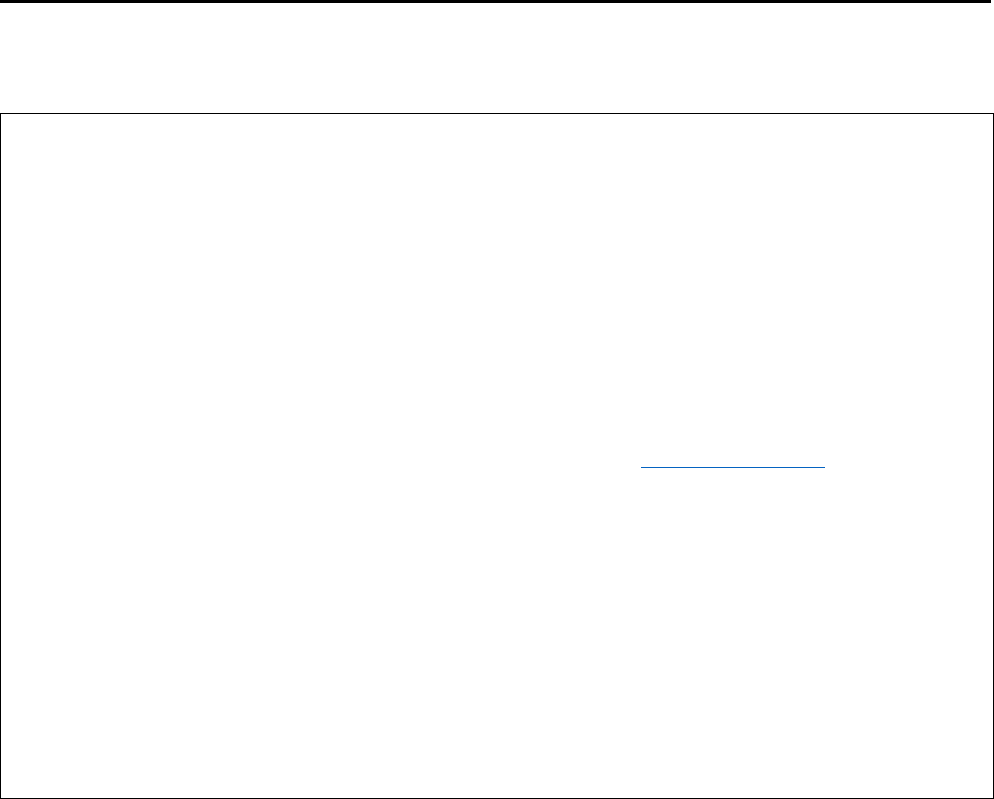
June 2020 FCIC 24050 74
Exhibit 12 - Notice of Ineligibility for Controlled Substance Violation
The following is a sample letter used by RMA to notify persons of ineligibility because of a conviction
of a controlled substance violation. RMA may modify the letter to address specific situations.
(USDA/RMA/FCIC Letterhead)
I. Was Insured
123 Any Street
City, State XXXXX-XXXX
Date: MM/DD/YYYY
Tax ID Number: XXXXXXXXX
This office has been notified that you have been convicted of a controlled substance violation that
renders you ineligible for any program benefits under the Federal Crop Insurance Act (Act). On
that basis, you will be ineligible for program benefits under the Act for ((crop year of conviction
and the succeeding four crop years) or (time period determined by the court)).
If you are not the person that has been convicted of a controlled substance violation, you may
appeal your ineligibility status according to procedures found at www.nad.usda.gov. A request for
appeal must be in writing and made to the National Appeals Division Regional Office, within 30
days of your receipt of this notification. Their address is (NAD Regional Office address).
If you have a substantial beneficial interest in an insured person, the premium and coverage for the
person will be reduced by the amount of your share in the person. Once eligibility is regained, you
must submit a new Application to obtain crop insurance according to 7 CFR §400.685.
Your ineligibility for Federal crop insurance may cause you to be ineligible for certain other
USDA program benefits.
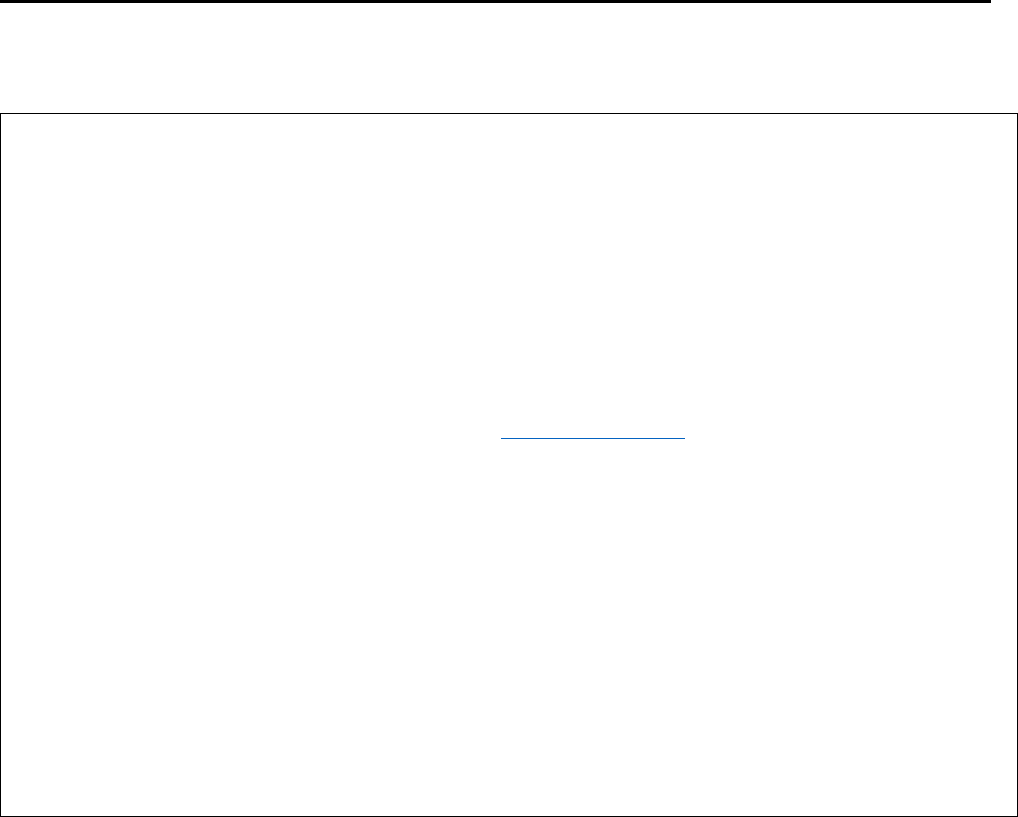
June 2020 FCIC 24050 75
Exhibit 13 - Notice of Ineligibility for Disqualification, Suspension, or Debarment
The following is a sample letter used by RMA to notify persons of ineligibility because of
disqualification, debarment and suspension. RMA may modify the letter to address specific situations.
(USDA/RMA/FCIC Letterhead)
I. Was Insured
123 Any Street
City, State XXXXX-XXXX
Date: MM/DD/YYYY
Tax ID Number: XXXXXXXXX
This office has been notified that you have been disqualified/debarred/suspended under (specify
section of the Act or regulation). On this basis, you will be ineligible for any program benefits under
the Act from (date) through (date).
If you are not the person that has been disqualified/debarred/suspended, you may appeal your
ineligible status according to procedures found at www.nad.usda.gov. A request for appeal must be
in writing and made to the National Appeals Division Regional Office, within 30 days of your
receipt of this notification. Their address is (NAD Regional Office address).
If you have a substantial beneficial interest in an insured person, the premium and coverage for the
person will be reduced by the amount of your share in the person. Once eligibility is regained, you
must submit a new Application to obtain crop insurance according to 7 CFR §400.685.
Your ineligibility for Federal crop insurance may cause you to be ineligible for certain other USDA
program benefits.

June 2020 FCIC 24050 76
Exhibit 14 - FCIC Debtors Notice of Ineligibility
The following is a sample FCIC debtors notice of ineligibility letter used by FCIC.
(USDA/RMA/FCIC Letterhead)
I. Was Insured
Date: MM/DD/YYYY
123 Any Street
Policy Number: XXXXXXX
City, State XXXXX-XXXX
Crop Year: 20XX
Tax ID: XXXXXXXXXX
RMA Entity ID: XXXXXX
ABC Insurance Company, (555) 555-5555
The above stated approved insurance provider (AIP) notified this office of their determination that you have
incurred a debt associated with unpaid catastrophic risk protection (CAT) administrative fees on a crop
insurance policy reinsured under the Federal Crop Insurance Act, as amended. The AIP certified that the
debt remains unpaid and you were given the opportunity to dispute the amount and existence of the debt.
Based on the terms of your policy and 7 CFR §400, subpart U, after proper notification and ability to contest
the debt, failure to pay these amounts by the termination date renders you ineligible to participate in the
Federal crop insurance program. If you have questions regarding the validity of these fees due or previous
payments made regarding these fees (before the crop termination date), please contact the AIP above.
Your ineligibility for Federal crop insurance may cause you to be ineligible for certain other USDA
program benefits. According to the terms of the policy and 7 CFR §400, subpart U, this determination will
affect all insurable crops on all farming operations in which you have a substantial beneficial interest and
you will remain ineligible to participate in the Federal crop insurance program from the date the debt was
determined to be delinquent until the date the debt is satisfied and eligibility is regained. Once regained, you
must make a new Application for insurance to obtain crop insurance.
The collection of your CAT administrative fees has transferred to the Federal Crop Insurance Corporation
(FCIC). Other amounts due (i.e., premium, overpaid indemnity) are payable to the AIP. To pay your CAT
administrative fee of $________, please make payment using the method most convenient to you:
1. Remit payment by check or money order made payable to “Federal Crop Insurance Corporation”
in the enclosed, self-addressed envelope,
2. Use your debit card (no credit) to pay online at https://pay.gov/public/form/start/441461227
, use your
RMA Entity ID: XXXXXX or,
3. Make a payment by calling the Risk Management Agency at 816-926-7299.
If the debt is not paid in full within 30 days of the date of this letter, please contact the Risk Management
Agency at 816-926-7299 for an updated balance due. Interest accrues the first of each month. Please
include your RMA Entity ID on the check or money order. DO NOT SEND CATASTROPHIC
ADMINISTRATIVE FEE PAYMENTS TO (AIP name) OR YOUR AGENT.
You may appeal your ineligibility within 30 days of your receipt of this notification according to procedures
found at www.nad.usda.gov
. A request for appeal must be in writing and made to: National Appeals
Division (NAD) Regional Office, P.O. Box 68806, Indianapolis, IN, 46268-0806.
Sincerely,
John Doe, Chief
Financial Oversight and Debt Management Branch
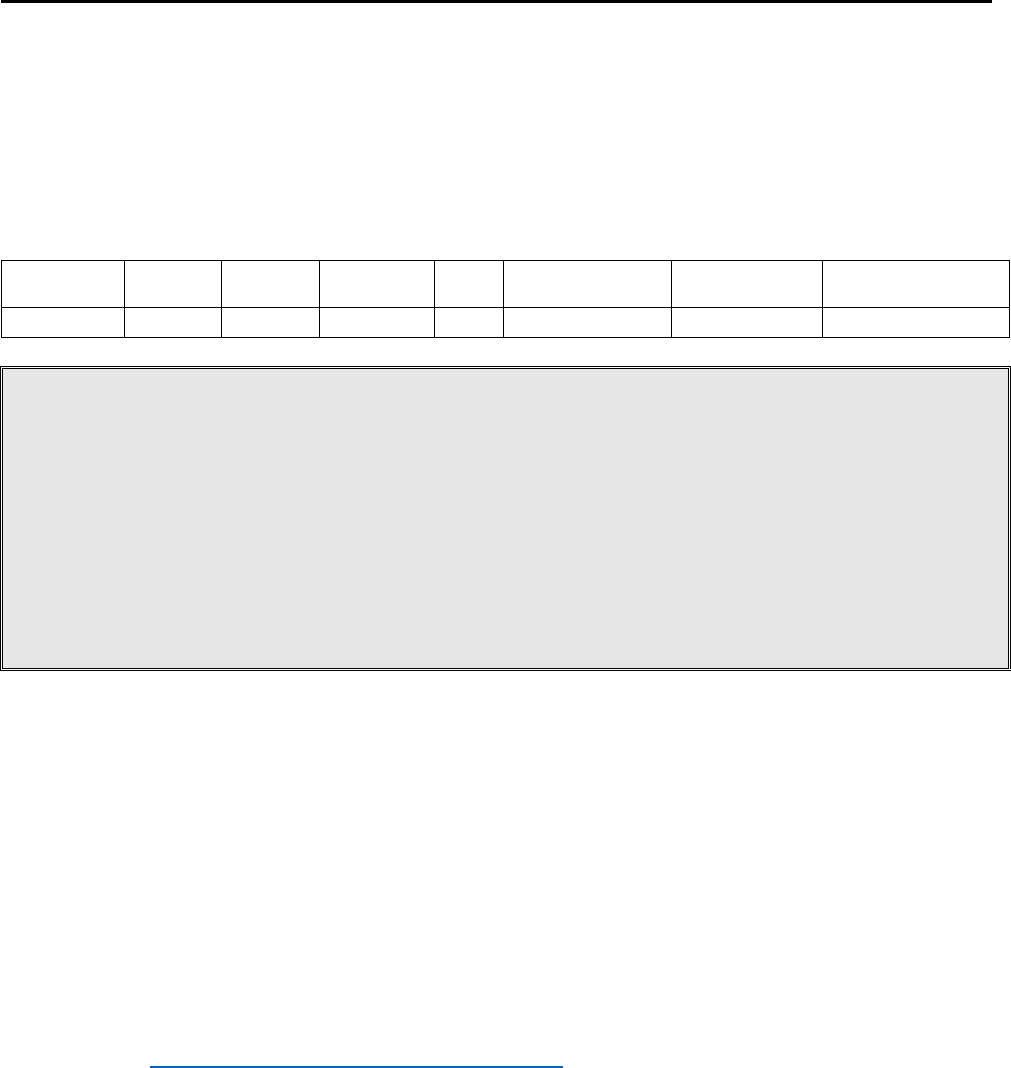
June 2020 FCIC 24050 77
Exhibit 14 - FCIC Debtors Notice of Ineligibility (Continued)
I. Was Insured
Date: MM/DD/YYYY
123 Any Street
RMA Entity ID: XXXXXX
City, State XXXXX-XXXX
Insurance Provider: XXXXXX
Principal: $XXX.XX
Insurance Provider Phone#: (XXX) XXX-XXXX
Accrued Interest: $X.XX
Total Debt Due: $XXX.XX
Details:
Policy
Number
Reins
Year
Crop
Year
Crop Code
Crop
Name
County Name
Unpaid
Principal
Interest Amount
XXXXXXX
20XX
20XX
XXXX
$XXX.XX
$X.XX
Notice to Customers Making Payment by Check
When you provide a check as payment, you authorize us either to use information from your check to
make a one-time electronic fund transfer from your account or to process the payment as a check
transaction.
Privacy Act – A Privacy Act Statement required by 5 U.S.C. §552a(e)(3) stating our authority for
soliciting and collecting the information from your check, and explaining the purposes and routine uses
which will be made of your check information, is available from our internet site at
(http://www.fms.treas.gov/otcnet/index.html), or call toll free at (1-866-945-7920) to obtain a copy by
mail.
Interest will continue to accrue at an annual rate of 15% until balance is paid in full.
PAYMENT OPTIONS
MAIL: Mail Payment (check, money order, or cashier’s check)
Make payable to “FEDERAL CROP INSURANCE CORPORATION” and mail with the
following page to:
Risk Management Agency/Federal Crop Insurance Corporation
PAAD/FAOB – STOP 0814
P.O. Box 419205
Kansas City, MO 64141-6205
ONLINE: Make an electronic payment at the following secure website:
https://pay.gov/public/form/start/441461227
Complete the required form using your RMA Entity ID: XXXXXX
PHONE: Make a payment by calling the Risk Management Agency at 816-926-7299.
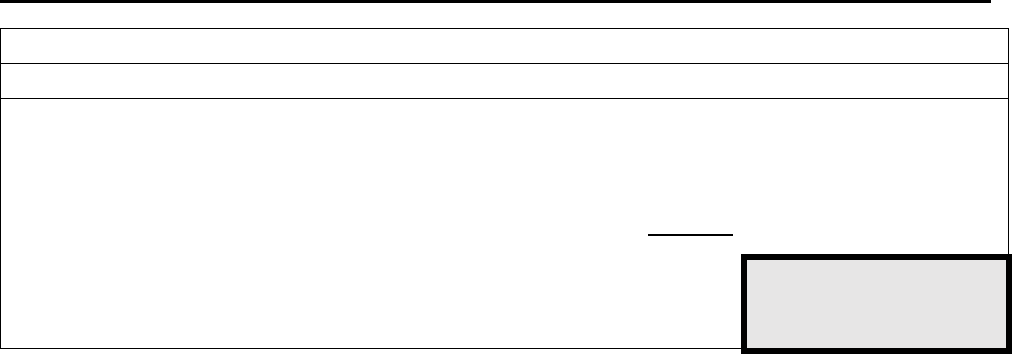
June 2020 FCIC 24050 78
Exhibit 14 - FCIC Debtors Notice of Ineligibility (Continued)
RETAIN OTHER PAGES FOR YOUR RECORDS
SUBMIT THIS PAGE WITH PAYMENT
I Was Insured
123 Any Street
City, State, XXXXX-XXXX
Date: MM/DD/YYYY
RMA Entity ID: XXXXXX
Total Debt Due: $XXX.XX
Amount Enclosed:
$

June 2020 FCIC 24050 79
Exhibit 15 - FCIC Debtors Notice of Ineligibility for Partners of Indebted Partnerships
The following is a sample letter used by RMA to notify partners of ineligible partnerships for failure to
pay CAT administration fees.
(USDA/RMA/FCIC Letterhead)
I. Was Insured
123 Any Street
City, State XXXXX-XXXX
Date: MM/DD/YYYY
Tax Id Number: XXX XX XXXX
ABC Insurance Company, (555) 555-5555
The above stated Approved Insurance Provider (AIP) notified this office that you are a partner in the
partnership of (name of partnership). The AIP determined the partnership is ineligible to participate in
the Federal crop insurance program based on failure to pay catastrophic risk protection (CAT)
administrative fees associated with the crop insurance policy by ,
the termination date as stated in the policy. A notification letter detailing the amount of administrative
fees due, accrual of interest, and applicable collection procedures has been mailed to the partnership.
The AIP certified that the debt was not paid by the termination date, that the partnership was notified of
the debt and the partnership was given the opportunity to dispute the amount and existence of the debt.
Based on the terms of the policy and 7 CFR §400, subpart U, after proper notification and ability to
contest the debt, failure to pay these amounts when due renders the partnership ineligible to participate
in the program. Pursuant to 7 CFR §400.684, if the ineligible person is a partnership, all partners will
be individually ineligible. If you have questions regarding the validity of these fees due us or previous
payments made regarding these fees before the stated crop termination date, please contact the above
AIP.
According to the terms of the policy and 7 CFR §400.681(b), this determination will affect all insurable
crops on all farming operations in which you have substantial beneficial interest and you will remain
ineligible to participate in the Federal crop insurance program from the date the debt was determined to
be delinquent until the date eligibility is regained according to 7 CFR §400.683. Once eligibility is
regained you must submit a new Application to obtain crop insurance according to 7 CFR §400.685.
Since the determination that you and the partnership are ineligible was made by the AIP, any dispute
regarding the indebtedness must be made with the AIP according to the terms of your policy. If you
have documentation to show that action taken to include you or the partnership on the Ineligible
Tracking System (ITS) by the Risk Management Agency (RMA) was in error, you may appeal the
placement on ITS by RMA according to procedures found at www.nad.usda.gov. A request for appeal
must be in writing and made to the National Appeals Division (NAD) Regional Office, within 30 days
upon receipt of this notification. Their address is (NAD Regional Office Address). Your ineligibility
for Federal crop insurance may cause you to be ineligible for certain other USDA program benefits.

June 2020 FCIC 24050 80
Exhibit 16 - FCIC Debtors Notice of Ineligibility for Spouse of Indebted Individual
The following is a sample letter used by RMA to notify partners of ineligible partnerships for failure to
pay CAT administration fees.
(USDA/RMA/FCIC Letterhead)
I. Was Insured
Date: MM/DD/YYYY
123 Any Street
Tax ID: XXX-XX-XXXX
City, State XXXXX-XXXX
RMA Entity ID: XXXXXX
ABC Insurance Company, (555) 555-5555
The above stated approved insurance provider (AIP) notified our office that you are ineligible to
participate in the Federal crop insurance program. The reason stated was the failure of your spouse
to pay catastrophic risk protection (CAT) administrative fees on a (crop year) crop insurance policy
reinsured under the Federal Crop Insurance Act, as amended, by the due date stated in the policy. A
notification letter detailing the amount of administrative fees due, accrual of interest, and applicable
collection procedures has been mailed to your spouse.
The AIP has certified that the debt was not paid by the termination date, or due date, that
notification of the debt was provided to your spouse, that your spouse was provided the opportunity
to dispute the amount and existence of the debt, and you were provided an opportunity to contest
that you and your spouse should be considered the same individual pursuant to 7 CFR §400,
subpart U. Based on the terms of the policy and 7 CFR §400, subpart U, after proper notification
and opportunity to contest the debt, failure to pay these amounts when due renders you and your
spouse ineligible to participate in any program authorized by the Federal Crop Insurance Act, as
amended. If you have questions regarding the validity of these fees due or previous payments made
regarding these fees (before the stated crop termination date), please contact the AIP.
Your ineligibility for Federal crop insurance may cause you to be ineligible for other USDA
program benefits. According to the terms of the policy and 7 CFR §400 subpart U, this
determination will affect all insurable crops on all farming operations in which you have a
substantial beneficial interest and you will remain ineligible to participate in the Federal crop
insurance program from the date the debt was determined to be delinquent until the date the debt is
satisfied and eligibility is regained. Once regained, you must make new Application for insurance
to obtain crop insurance.
Since the determination that you and your spouse are ineligible was made by the AIP, any dispute
regarding the indebtedness must be made with the AIP in accordance with the terms of your policy.
You may appeal your ineligibility within 30 days of your receipt of this notification according to
procedures found at https://www.nad.usda.gov/. A request for appeal must be in writing and made
to National Appeals Division (NAD) Regional Office (NAD Regional Office Address).
